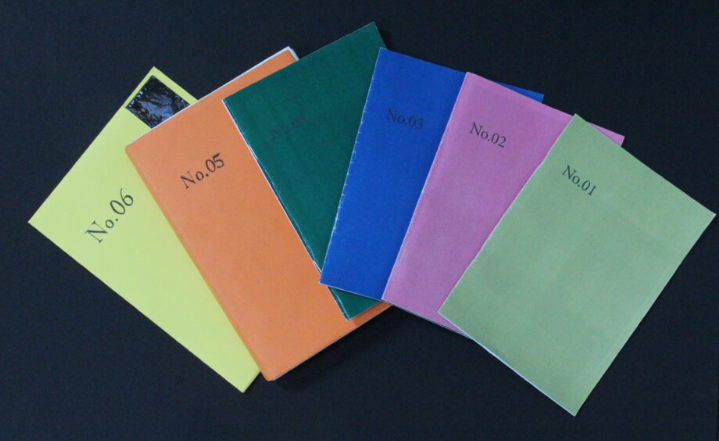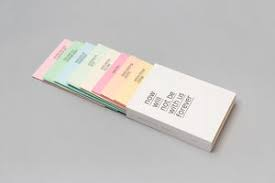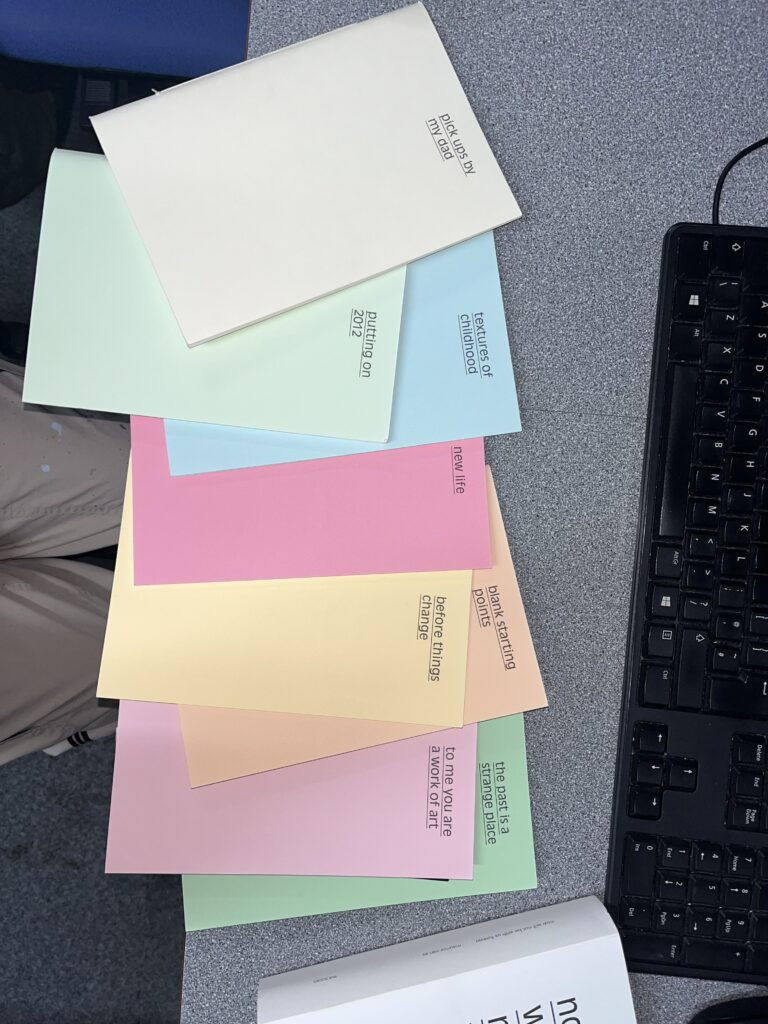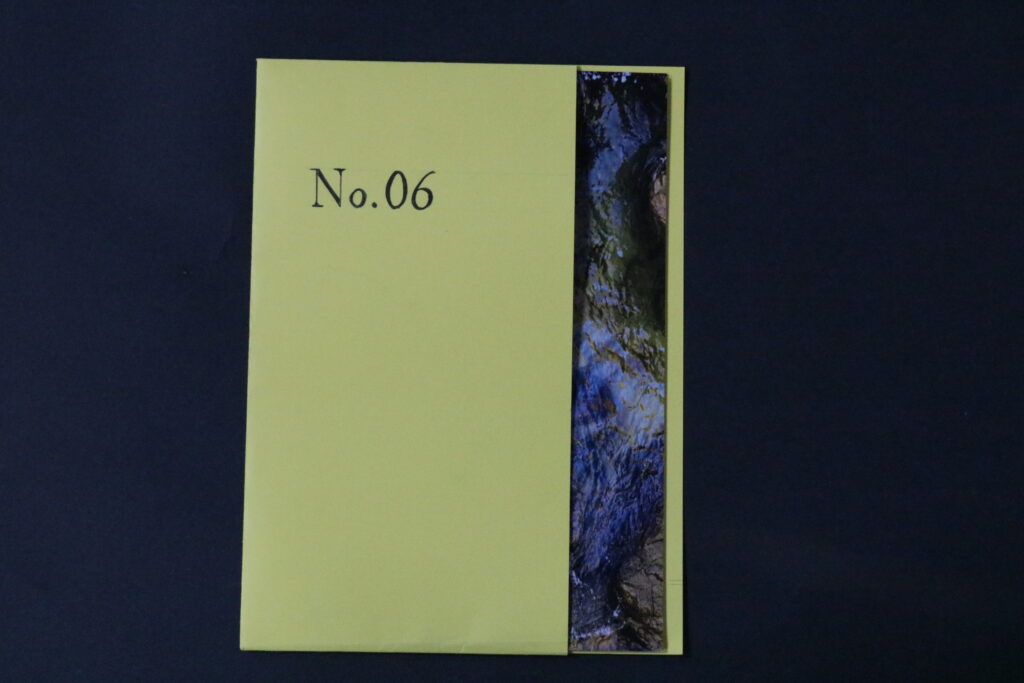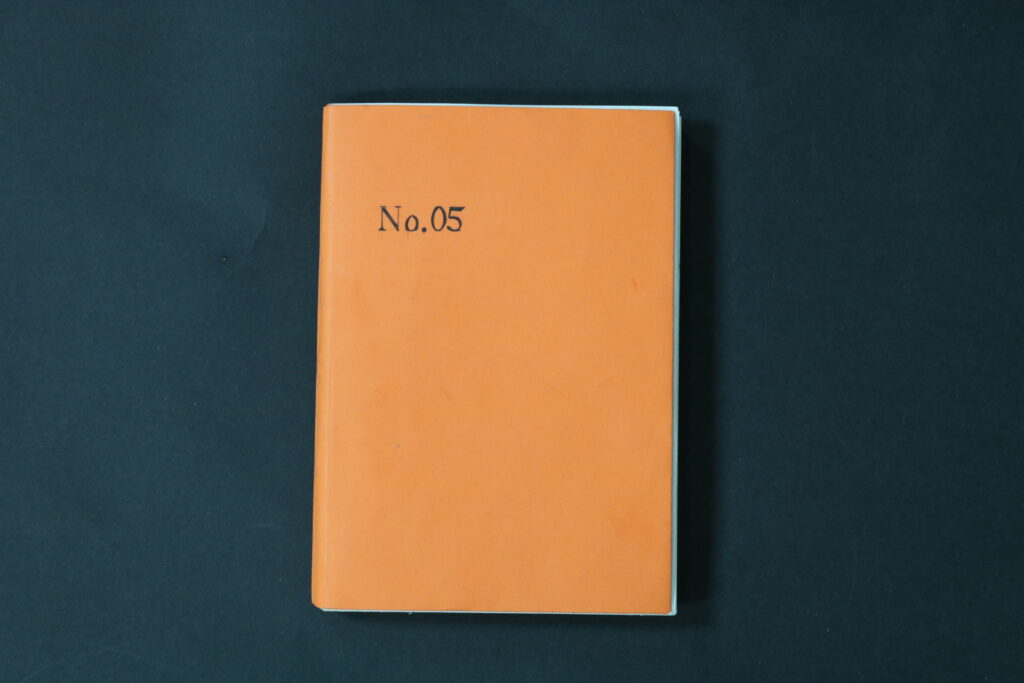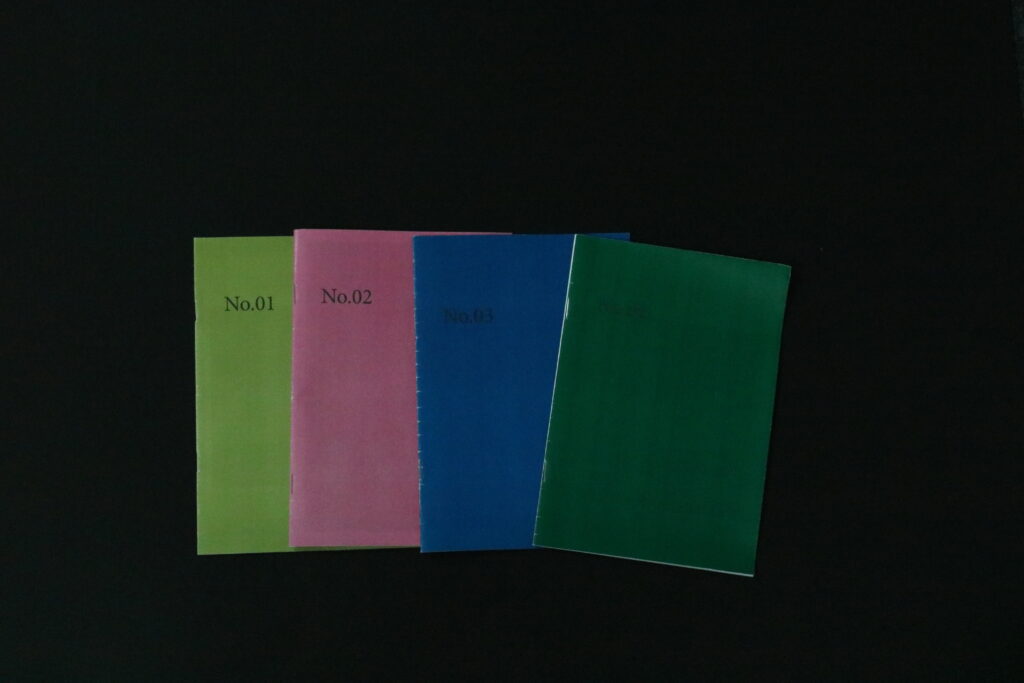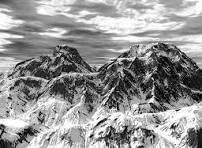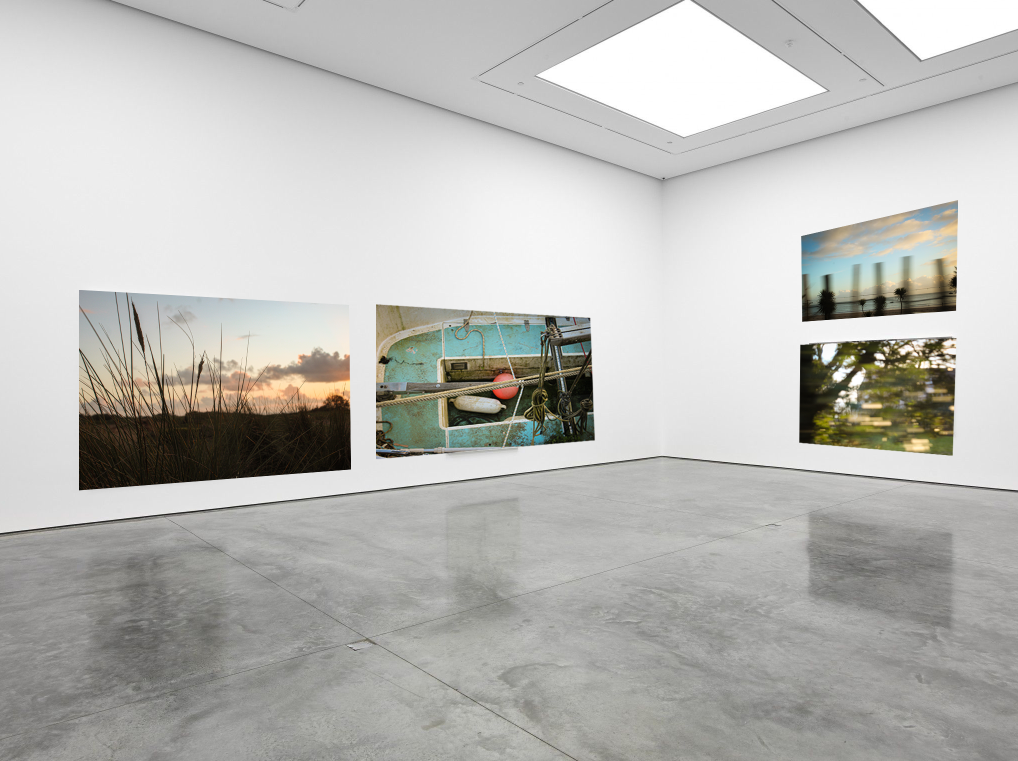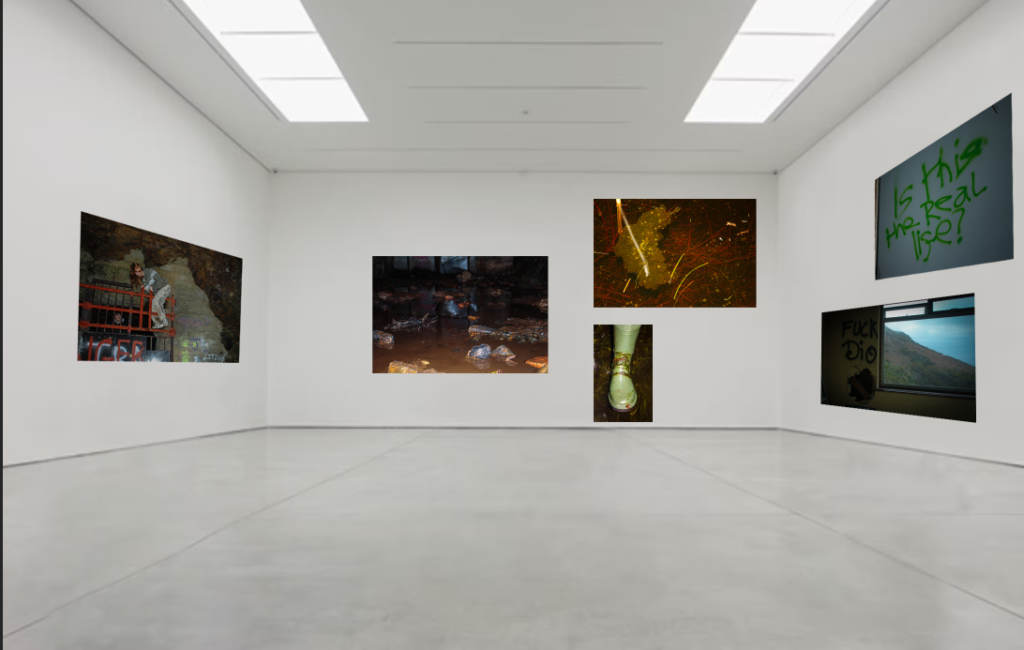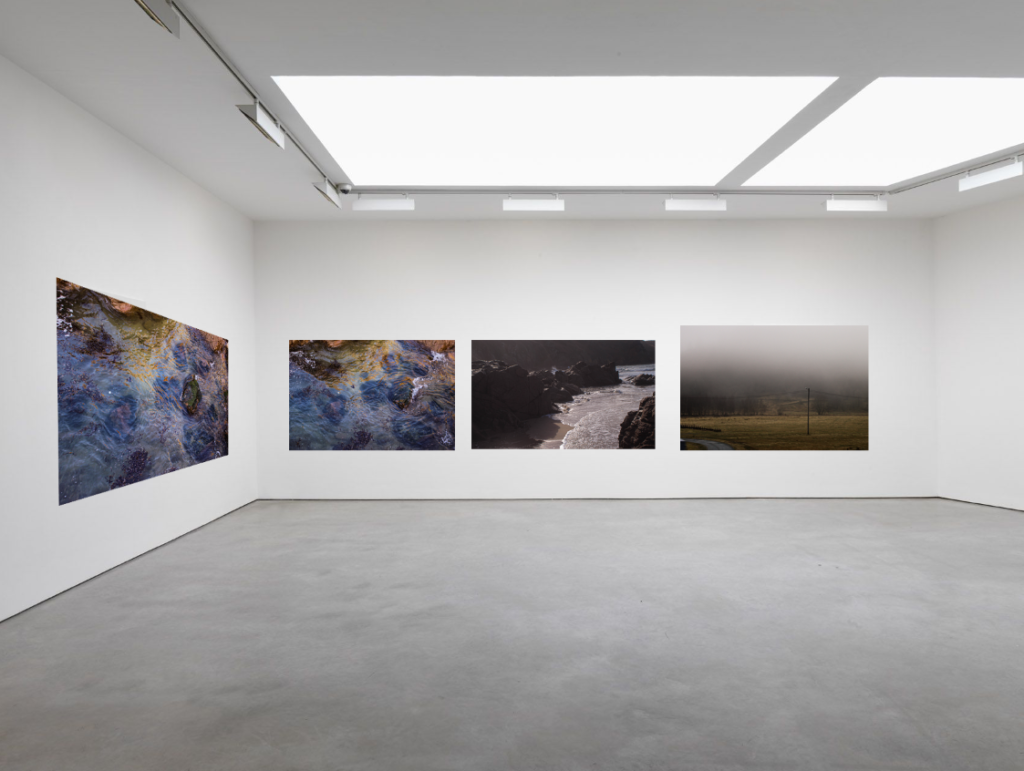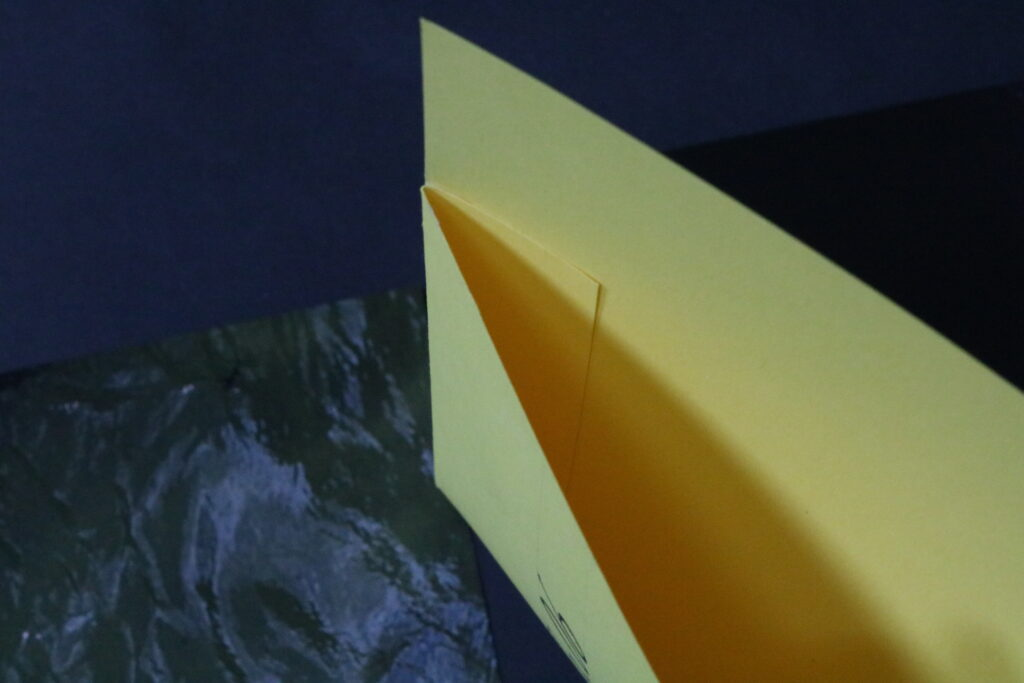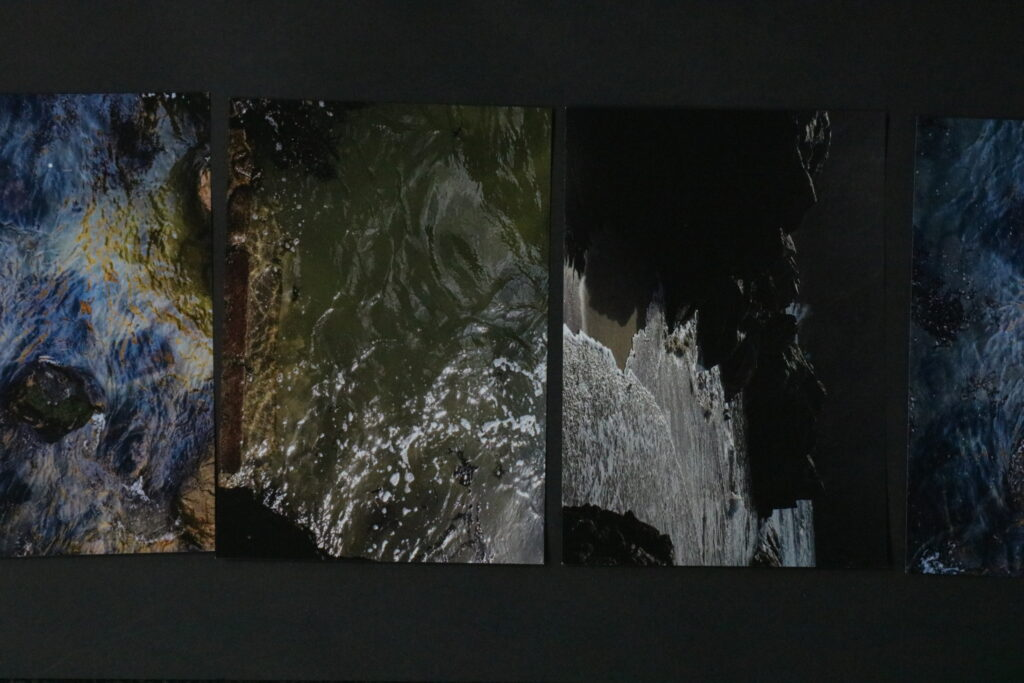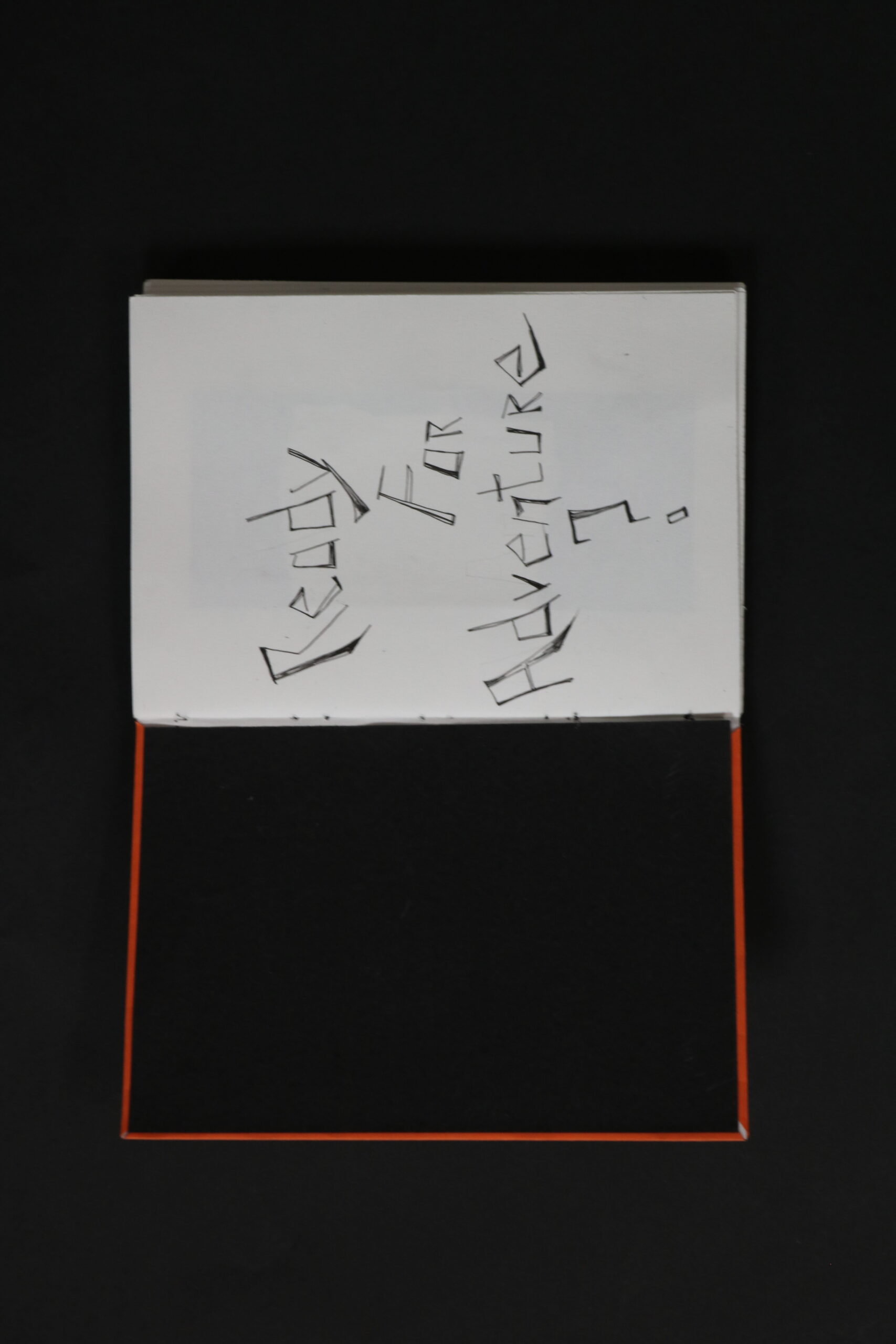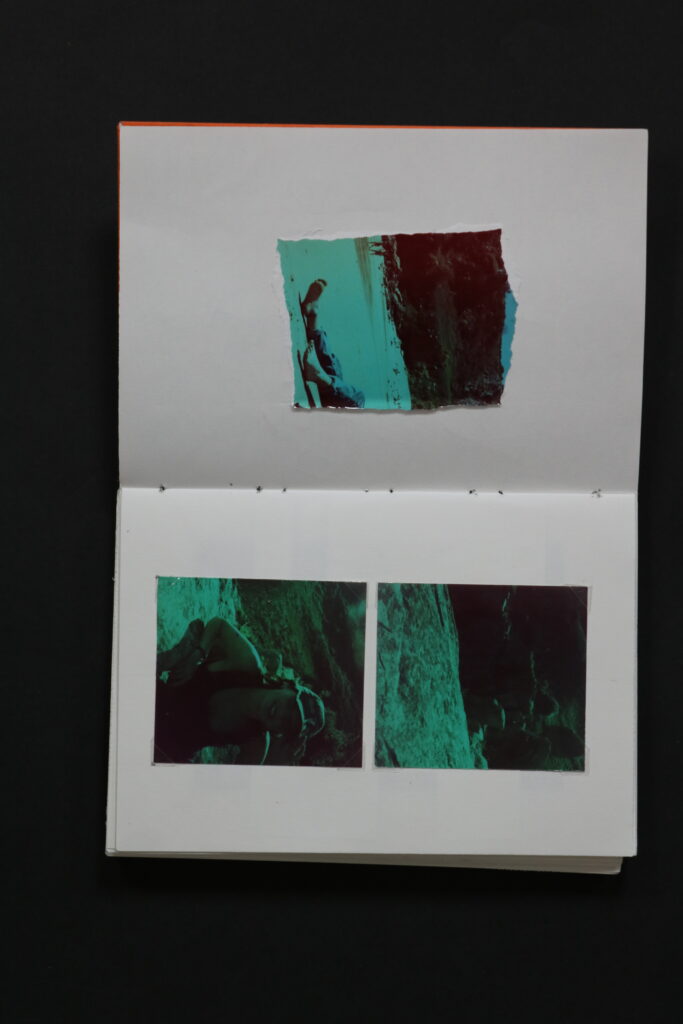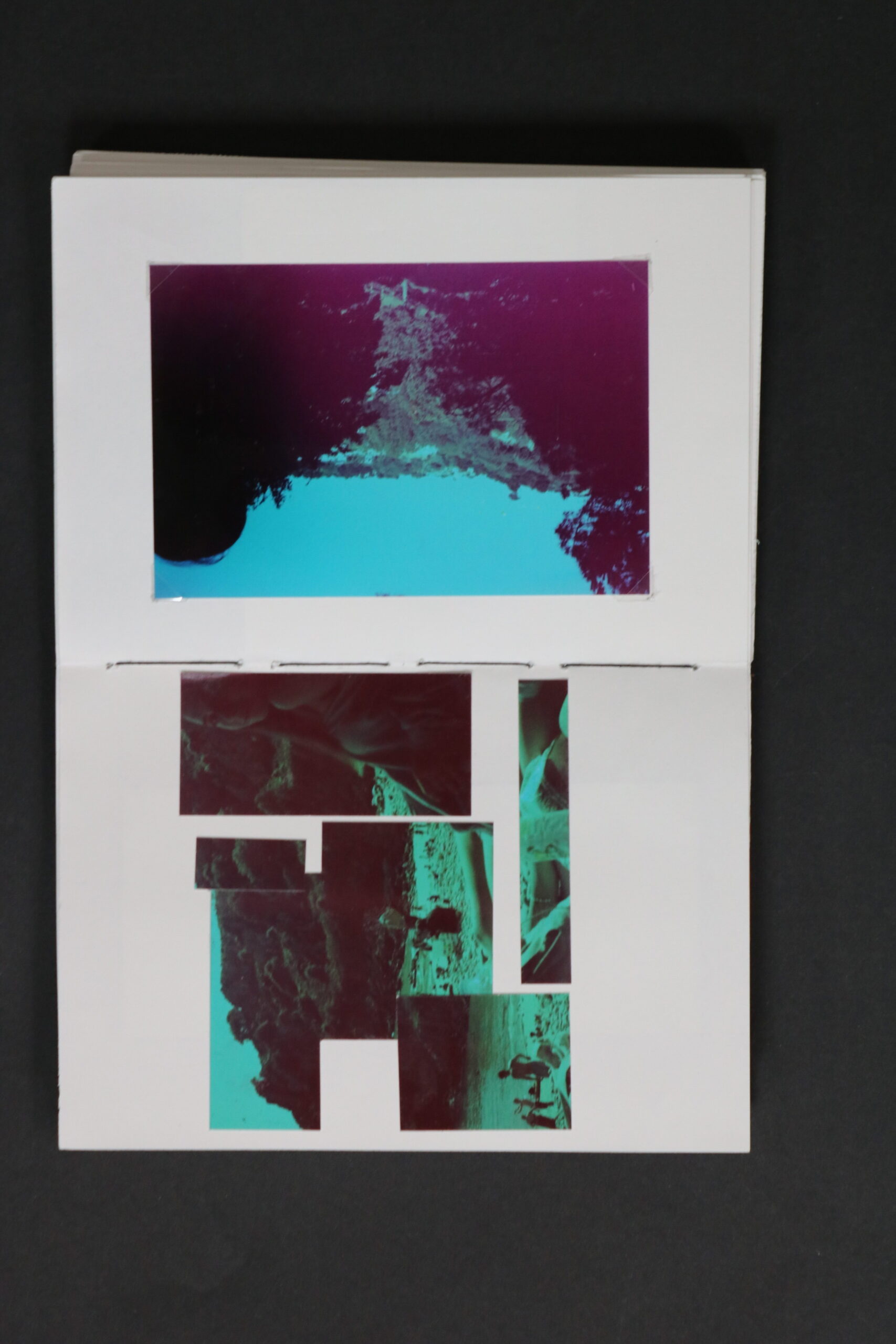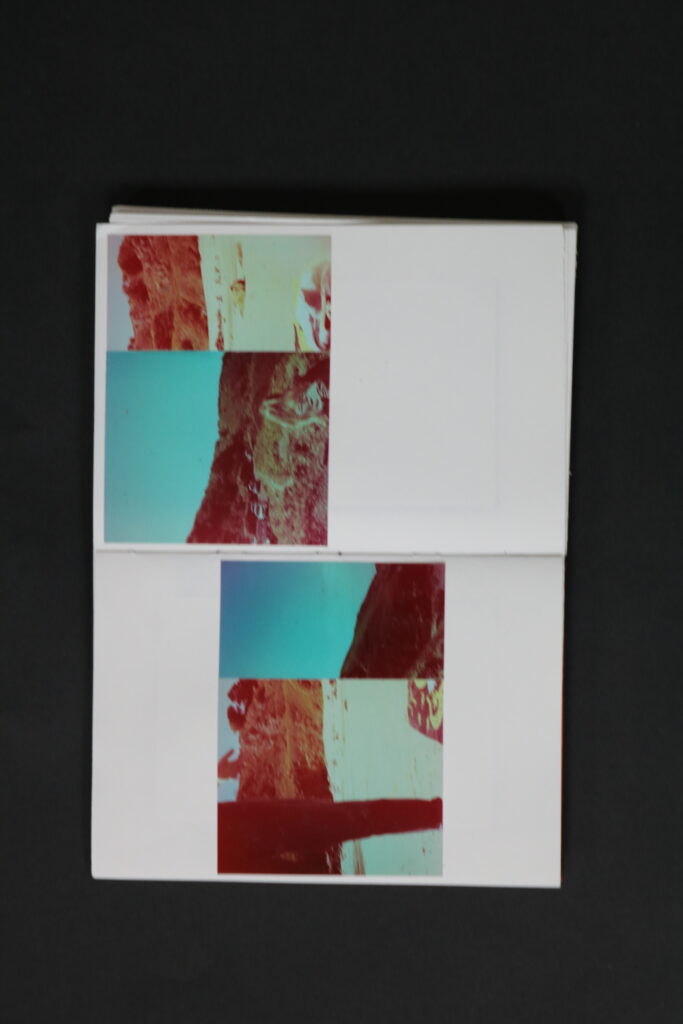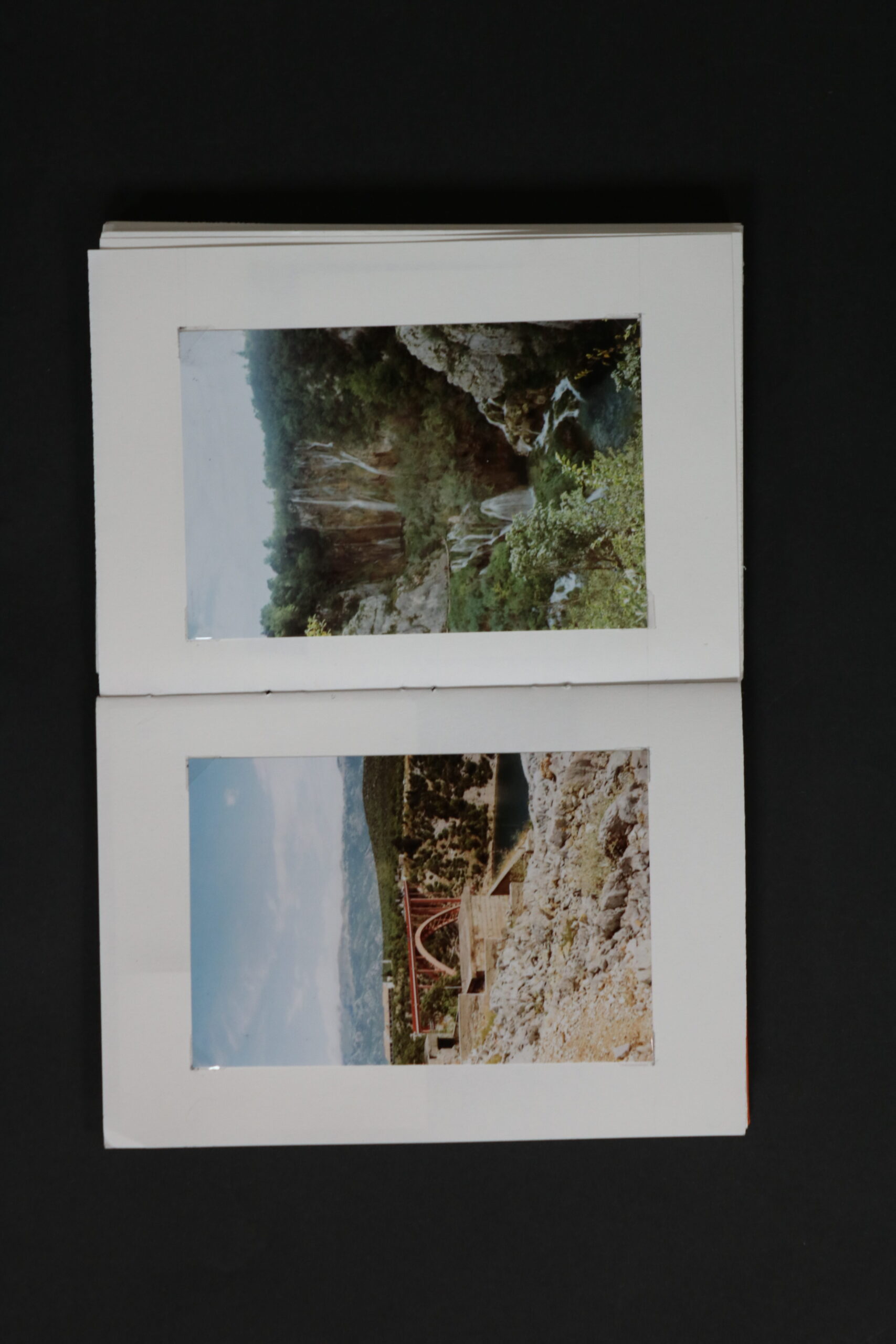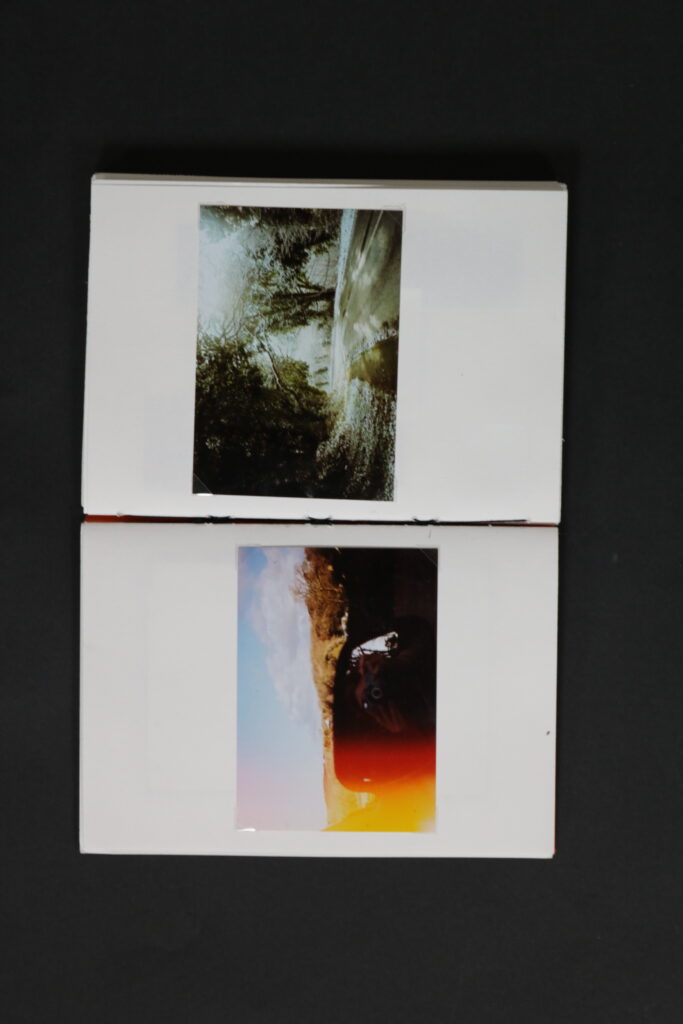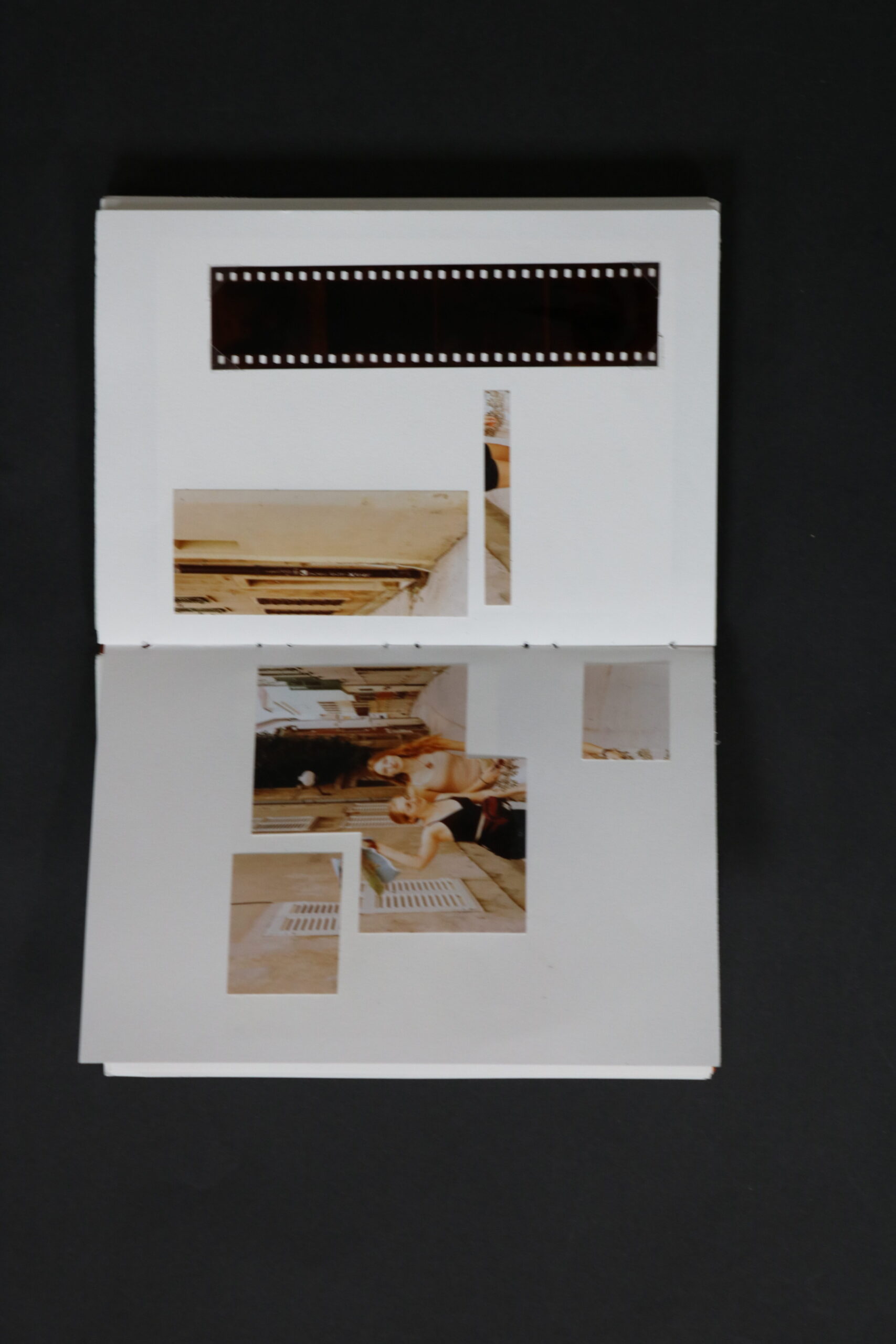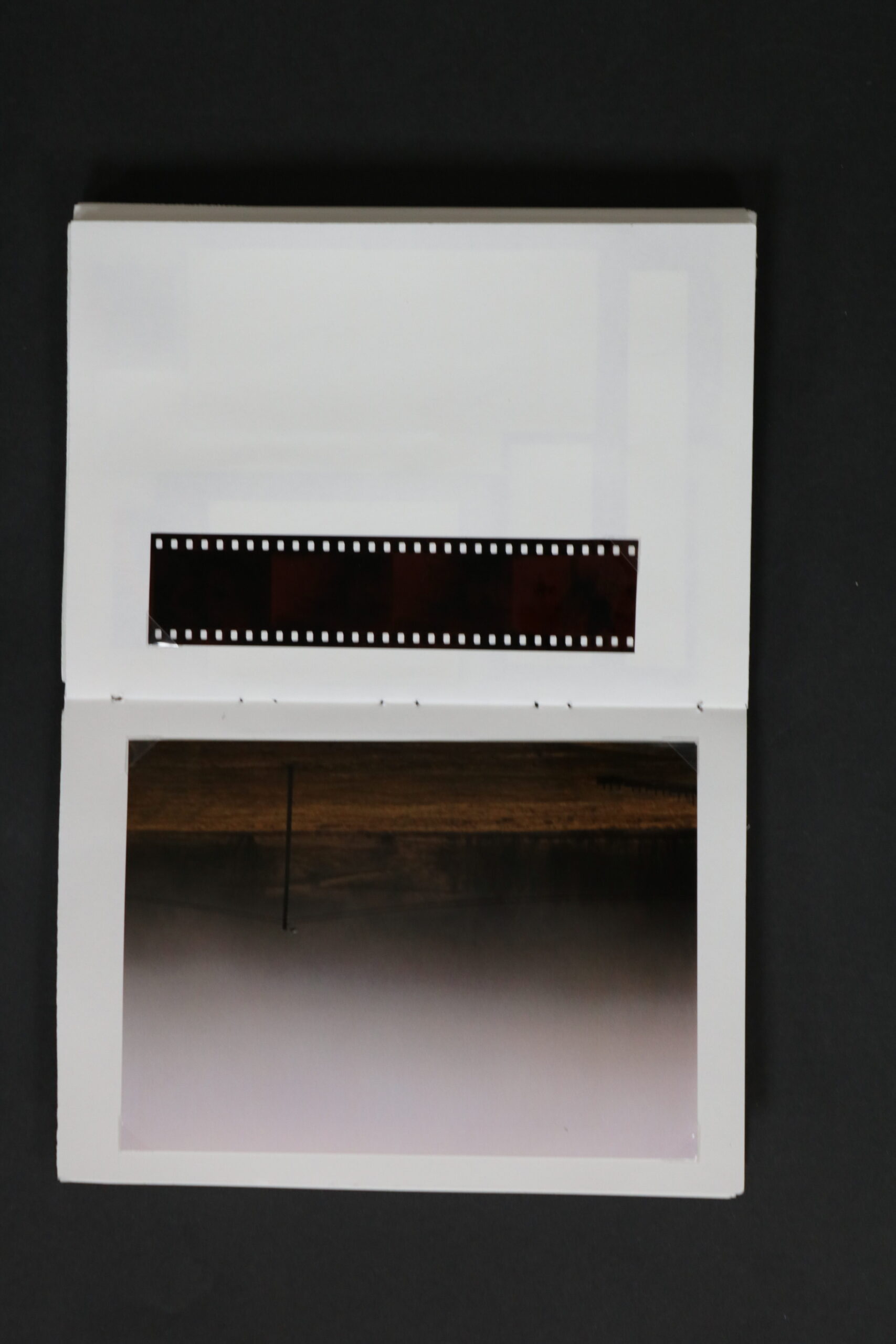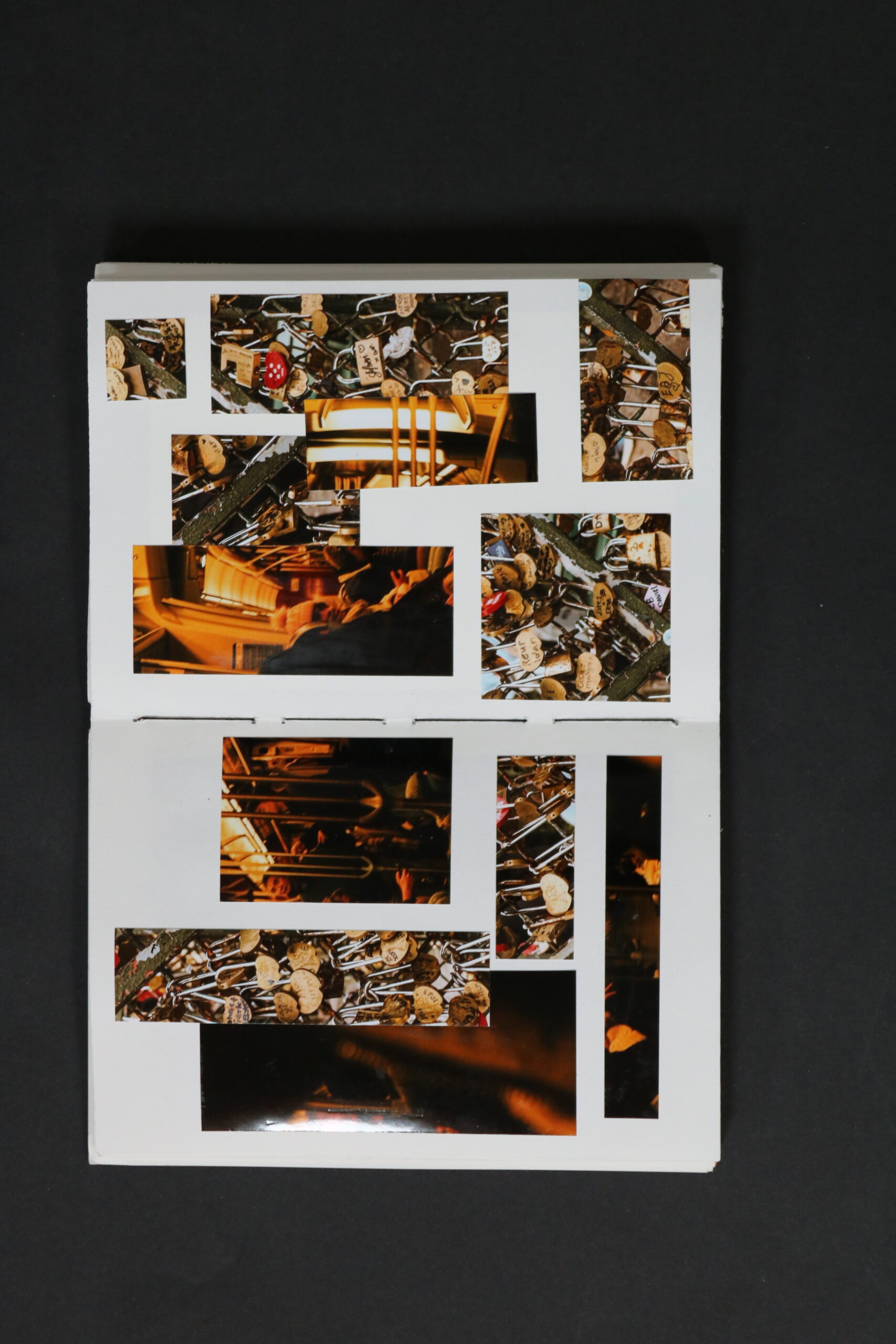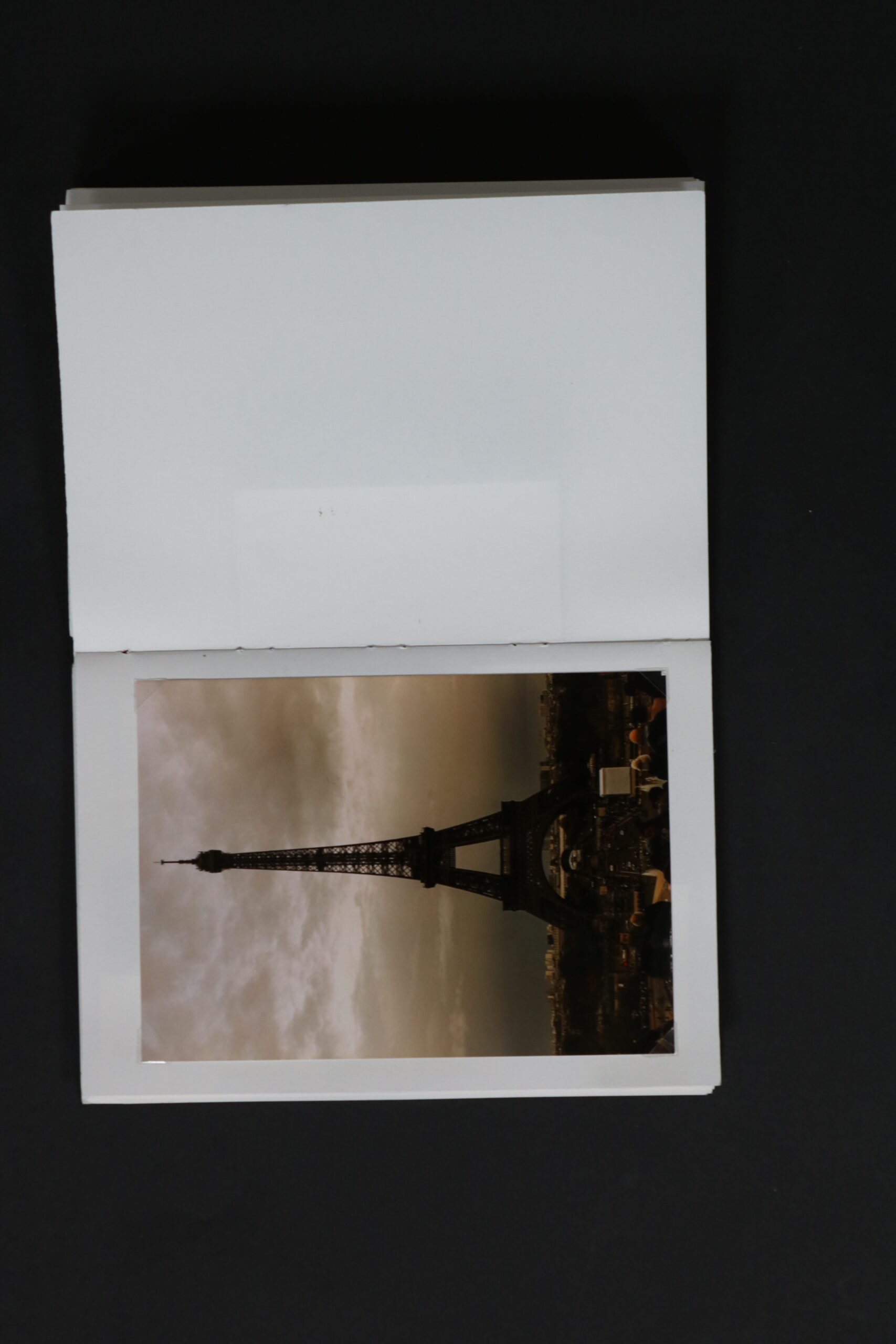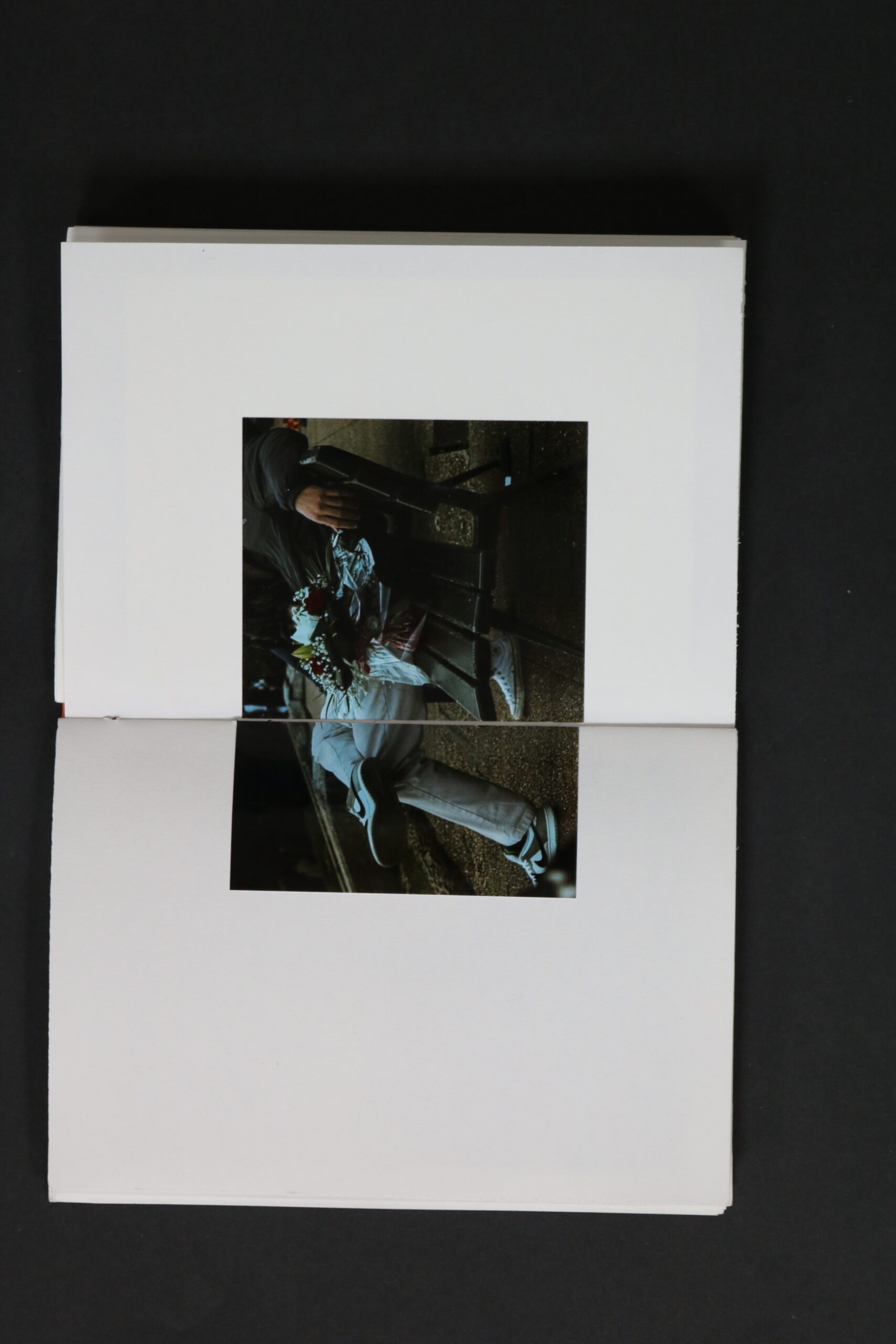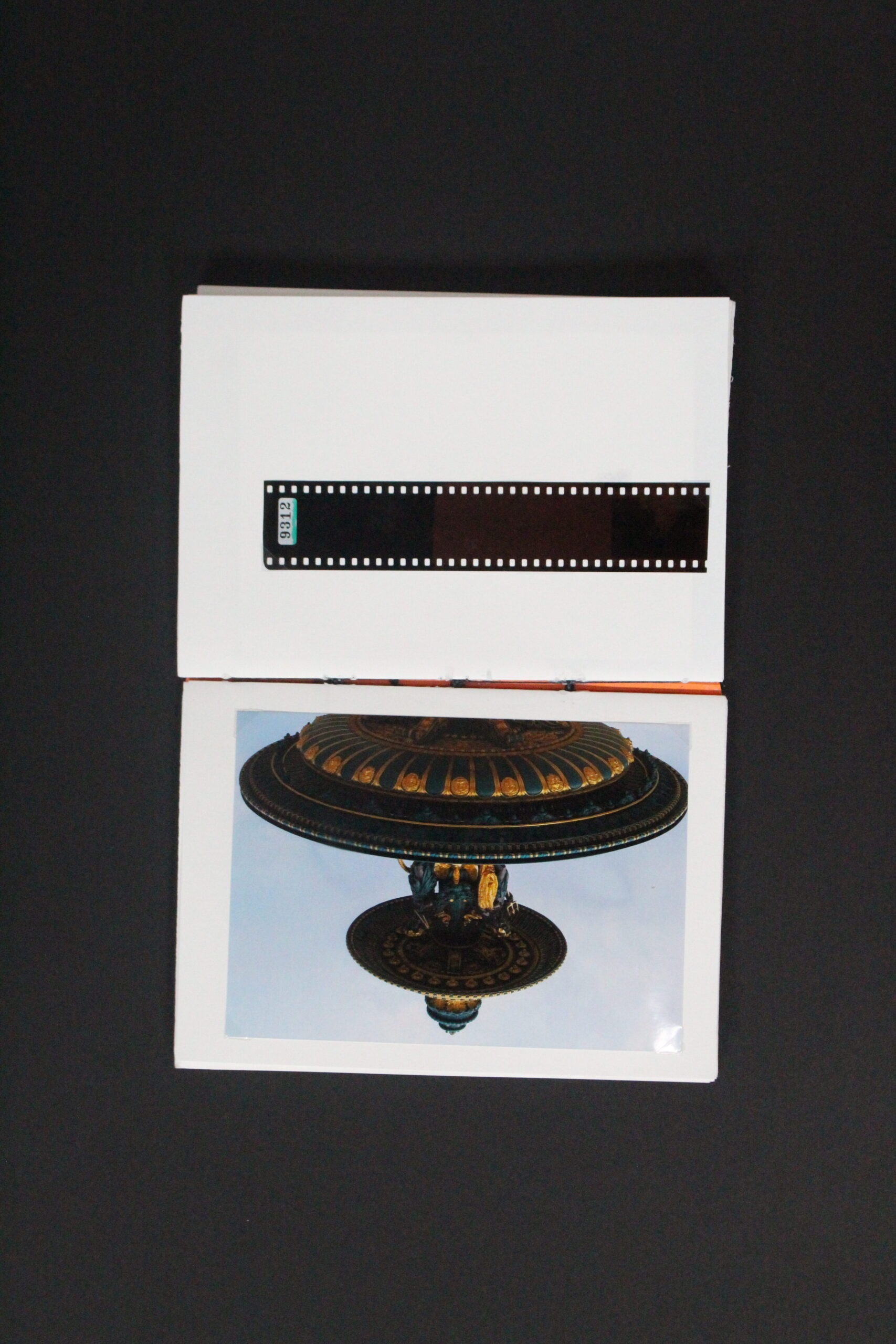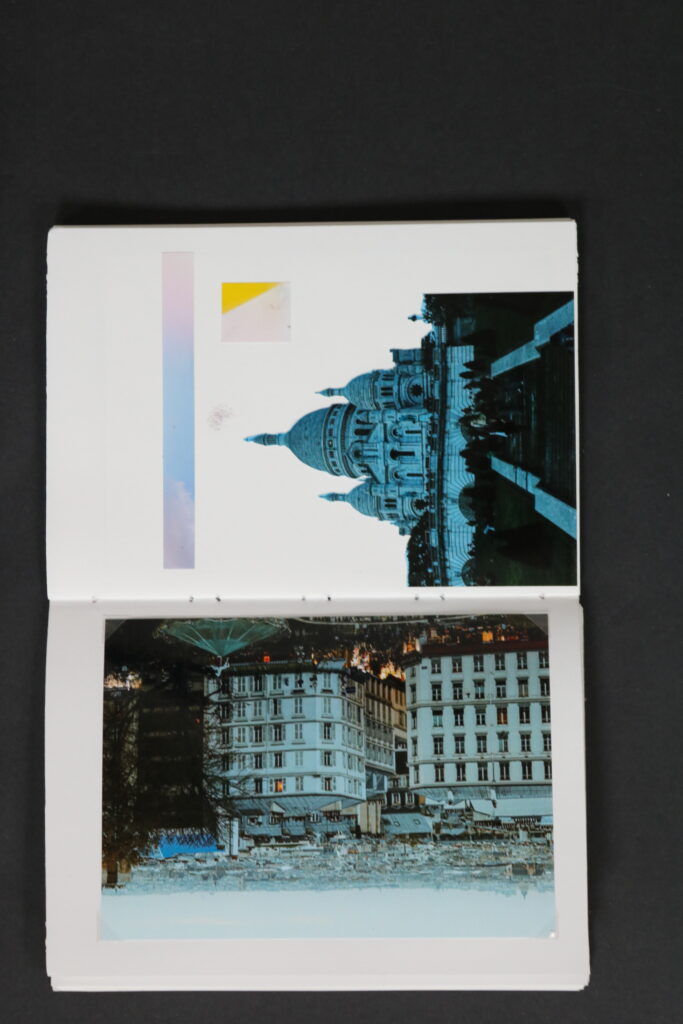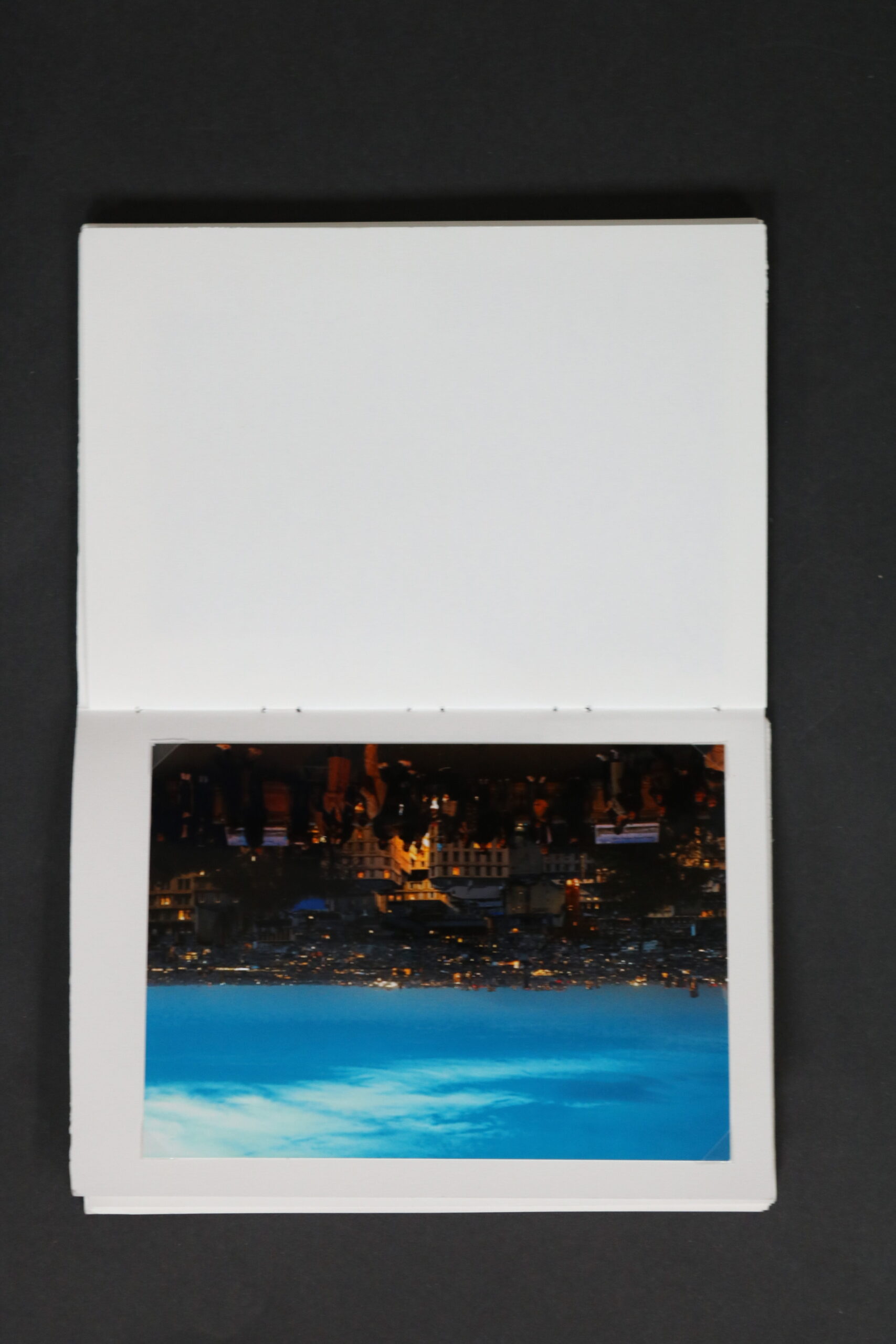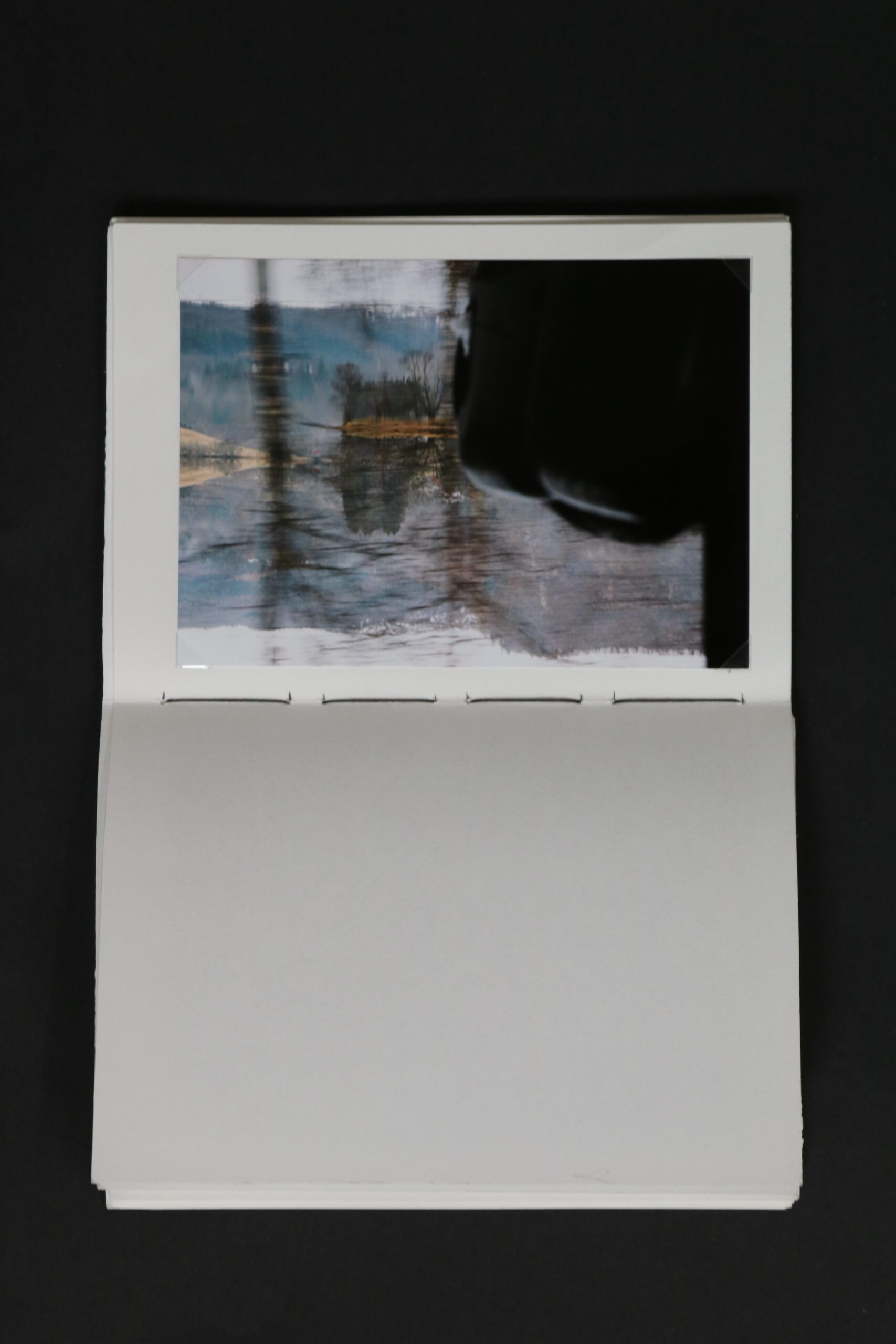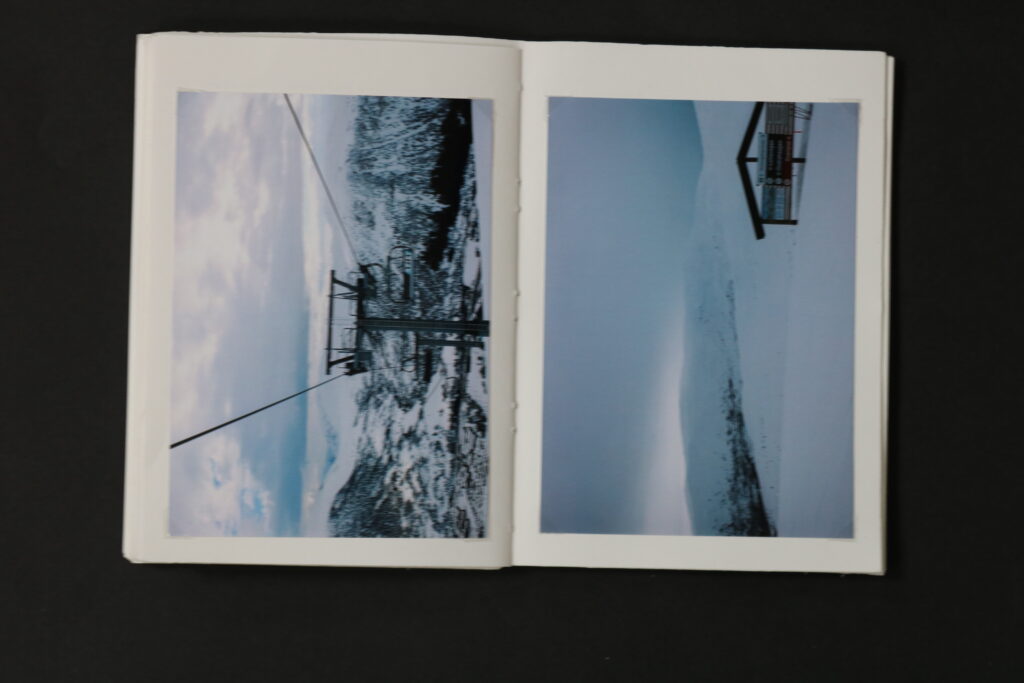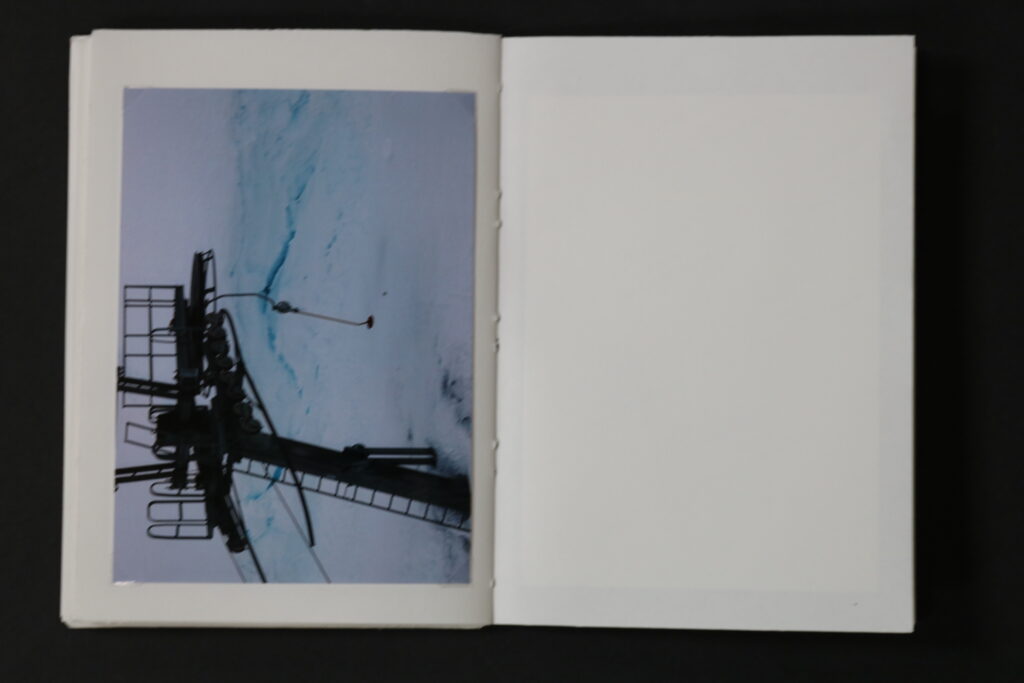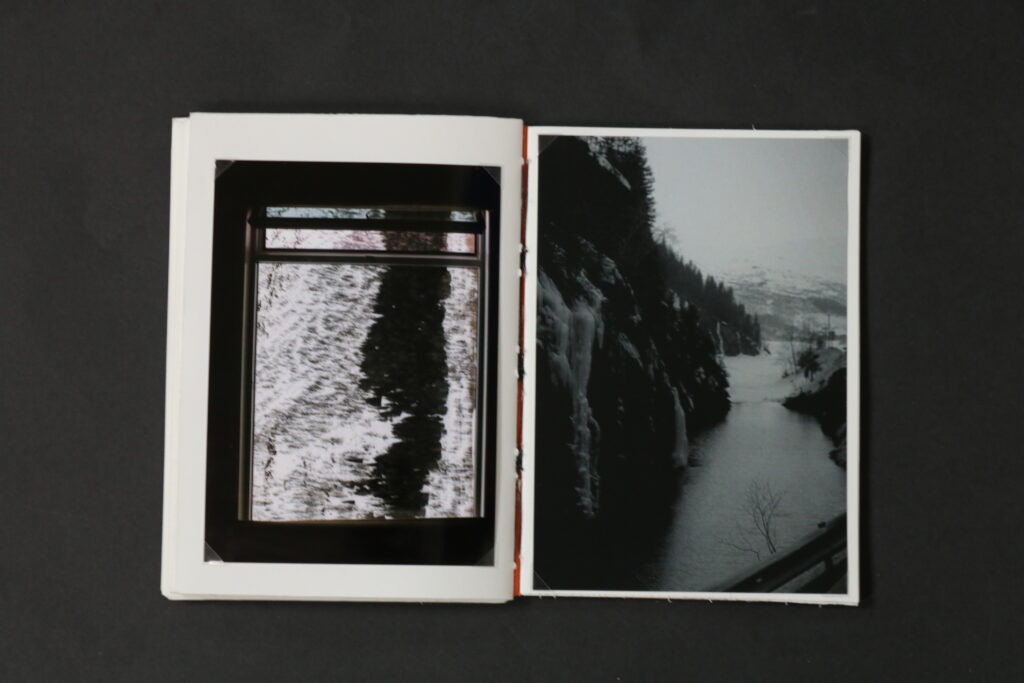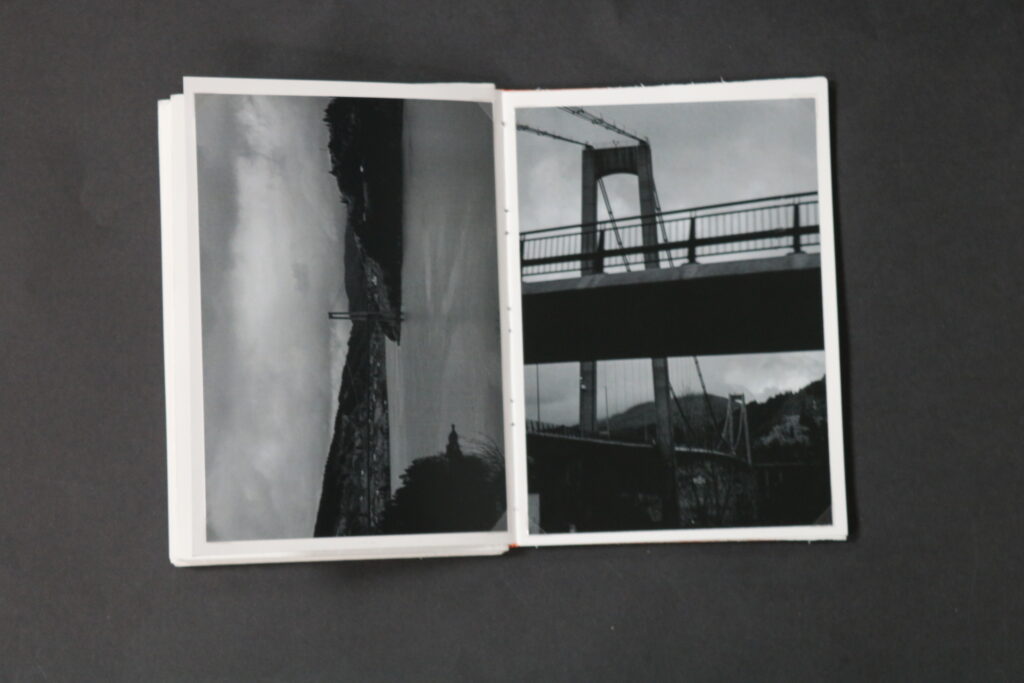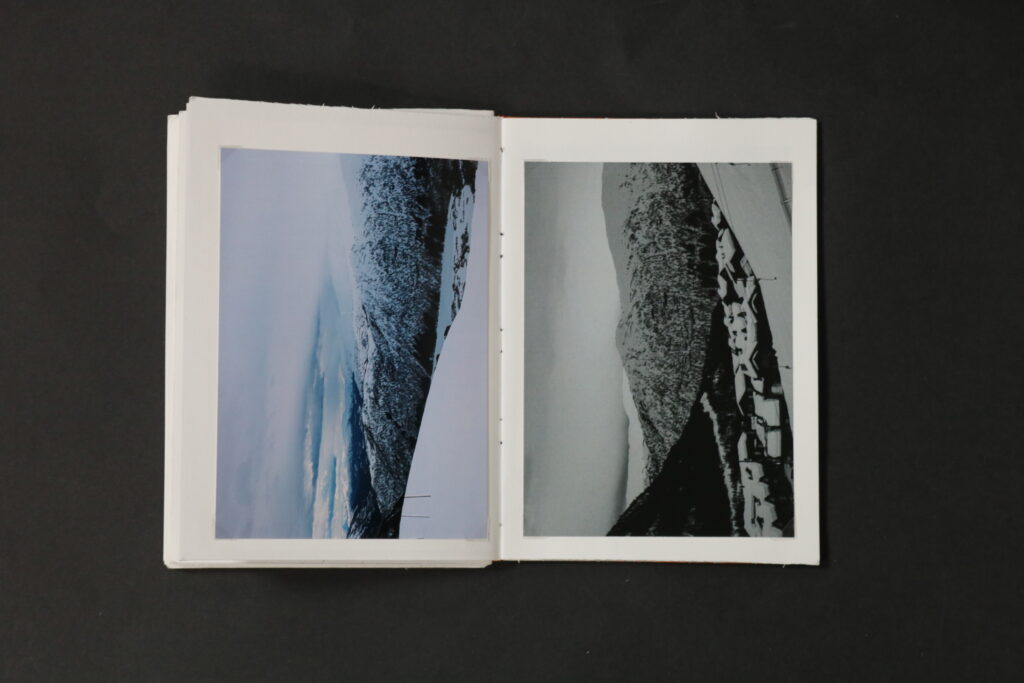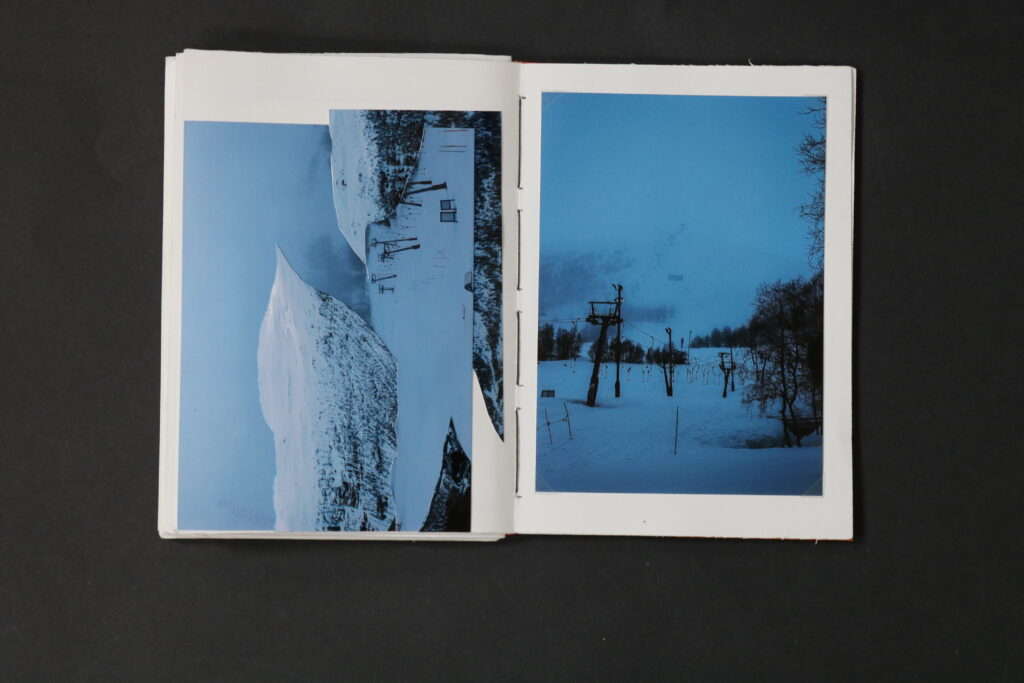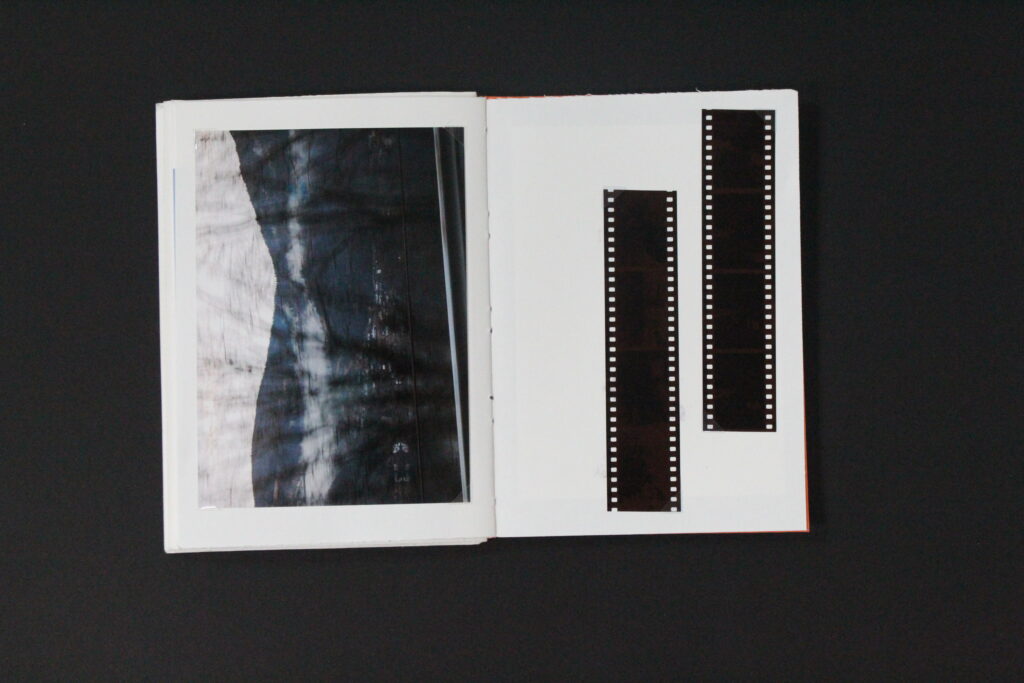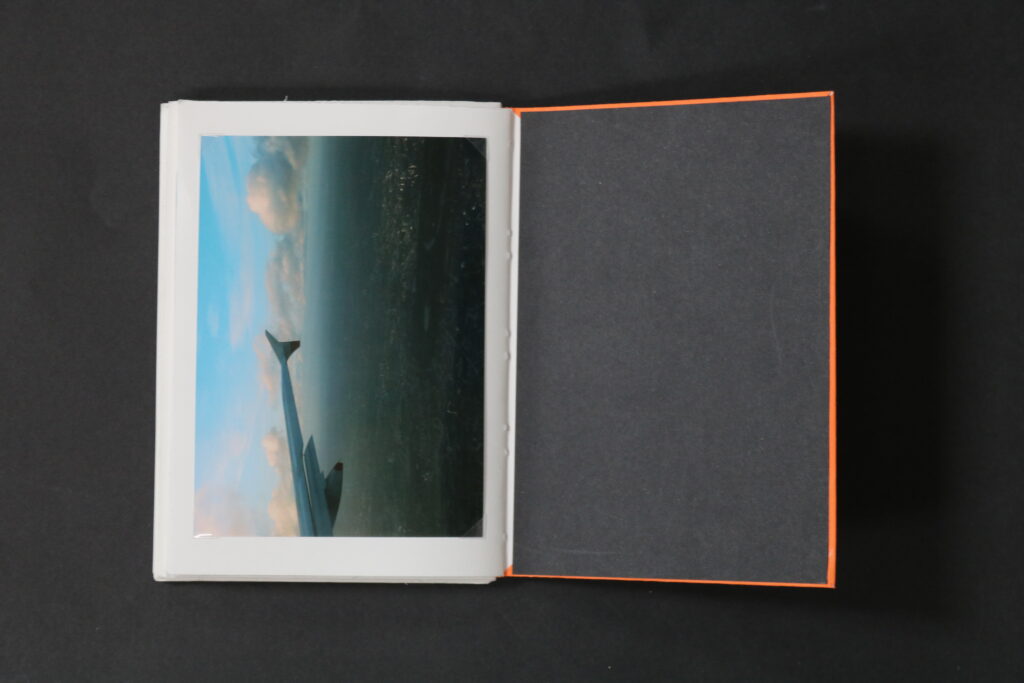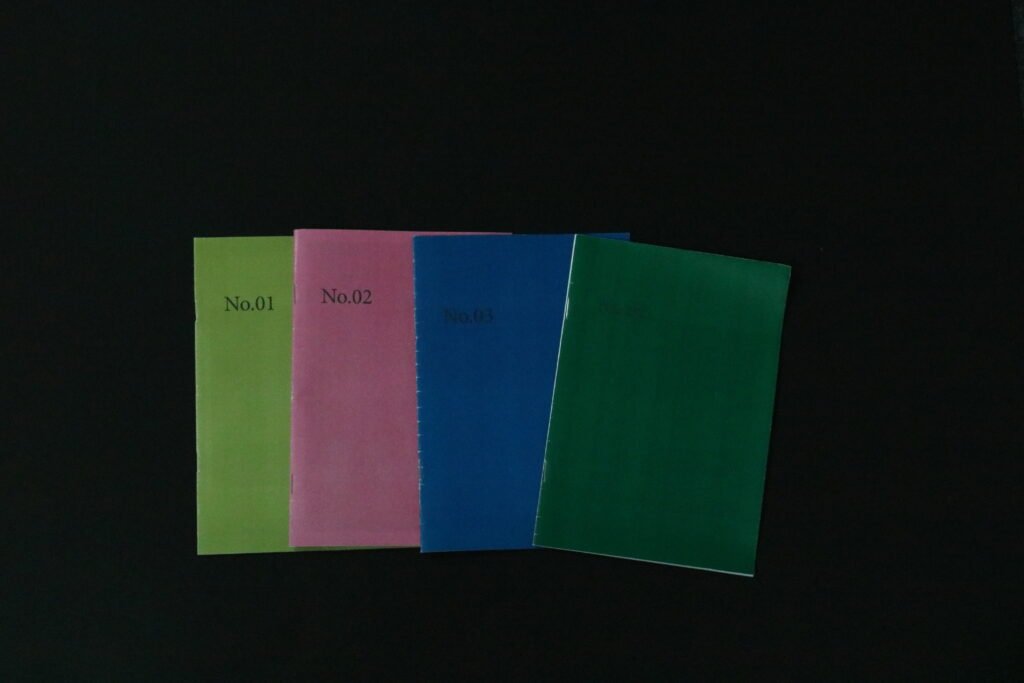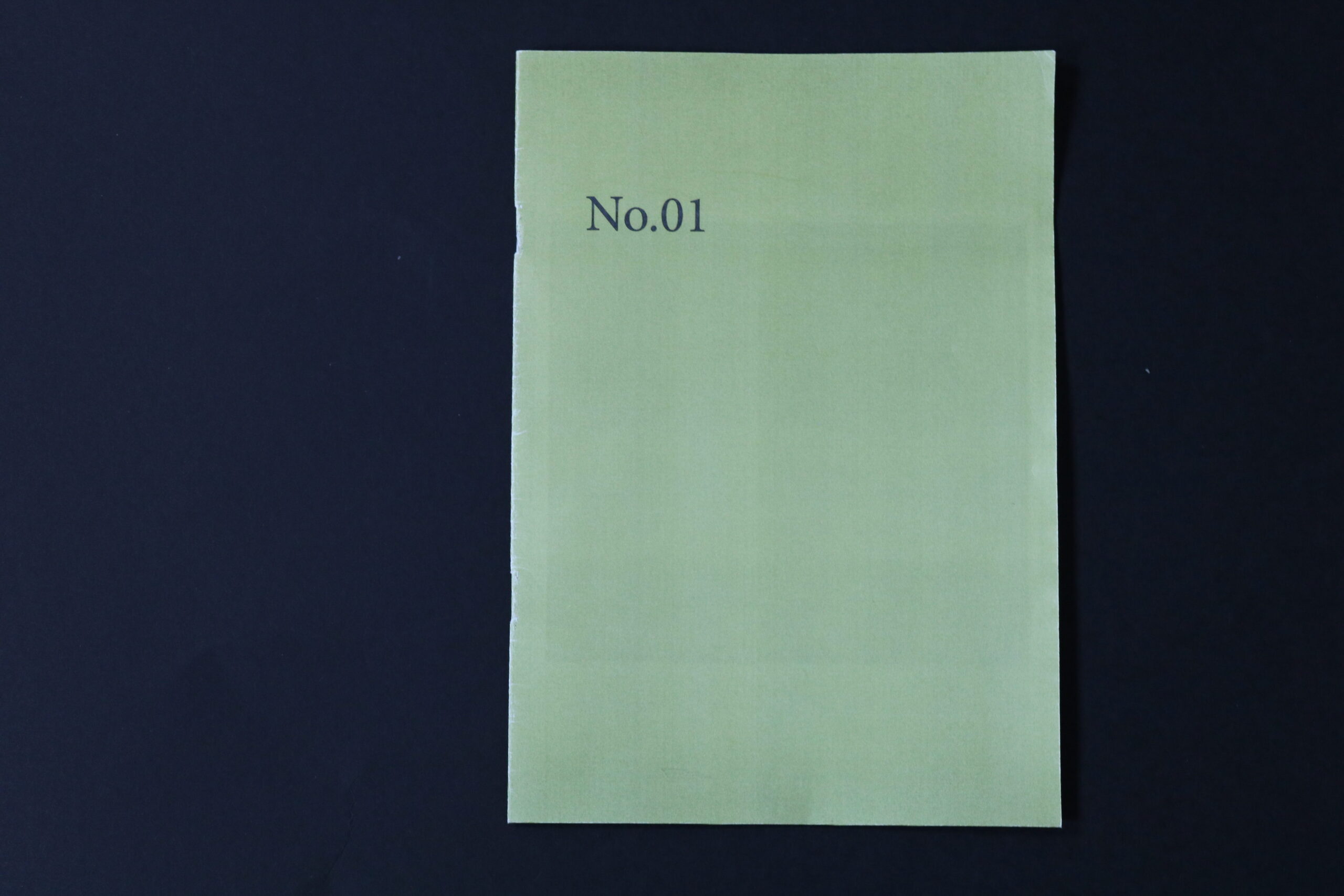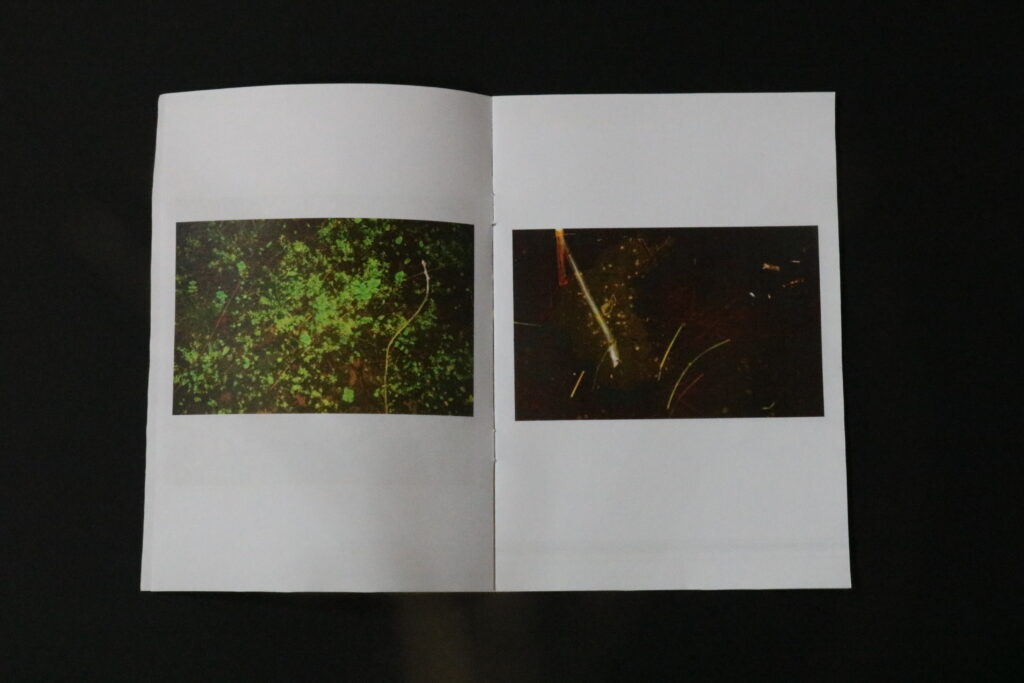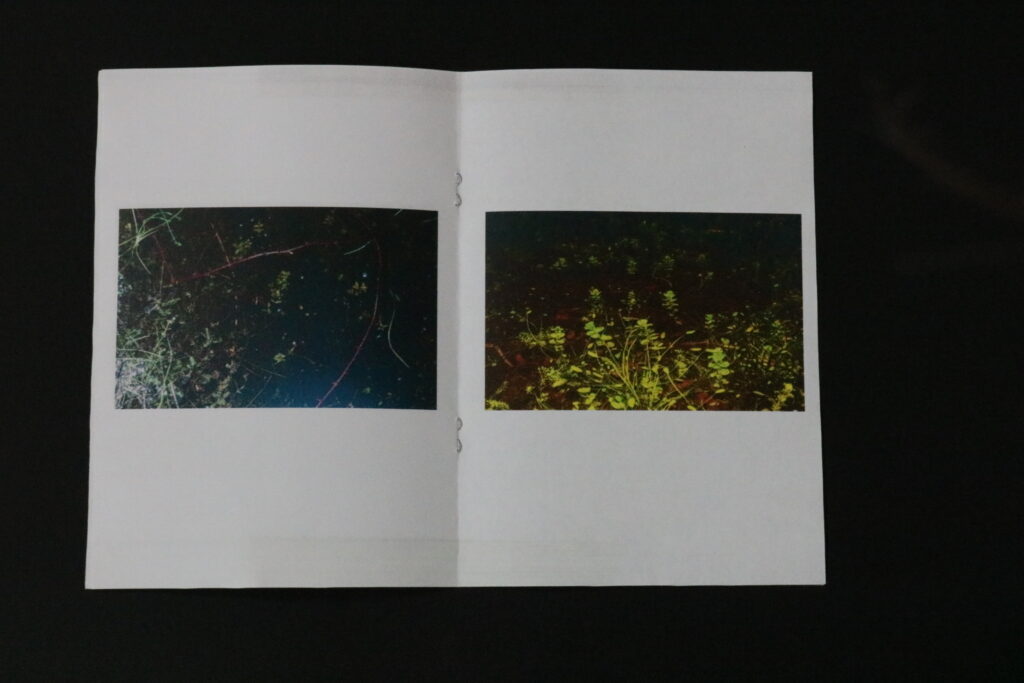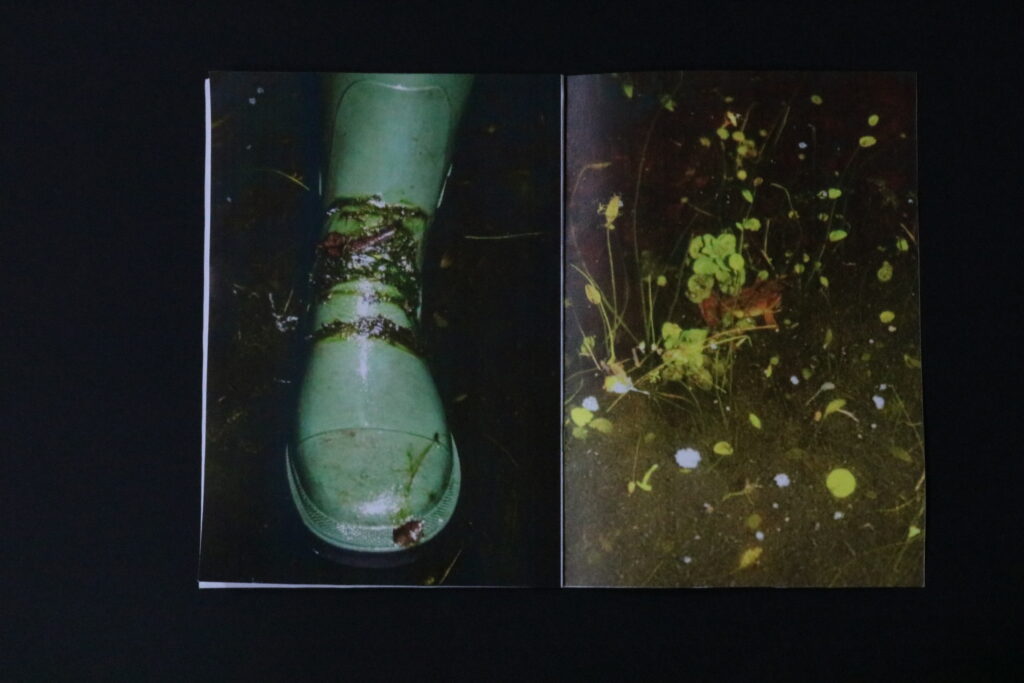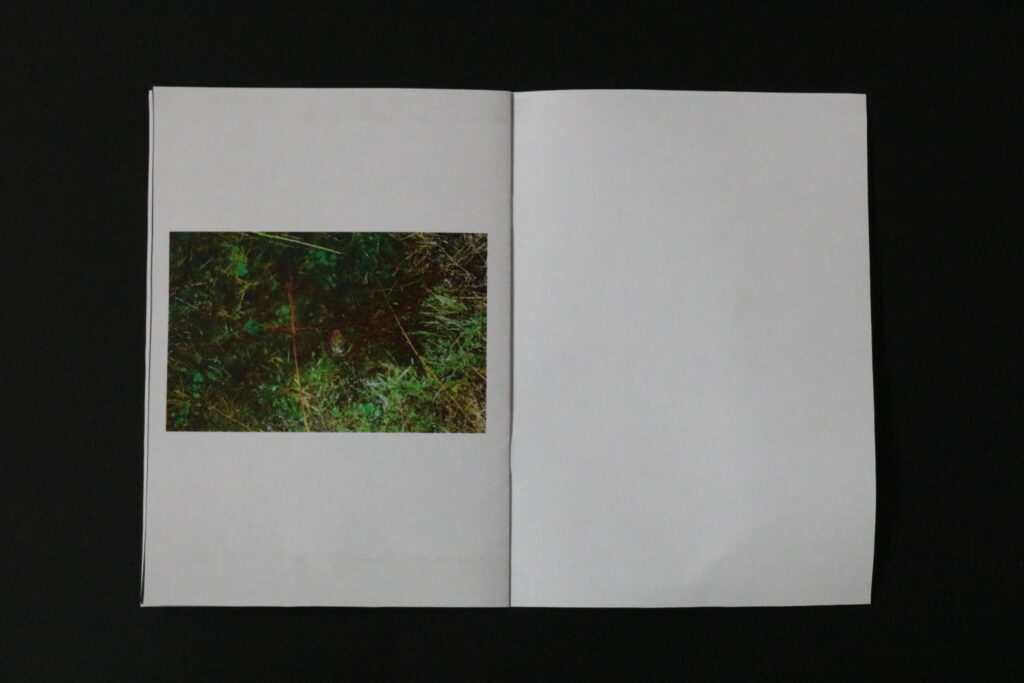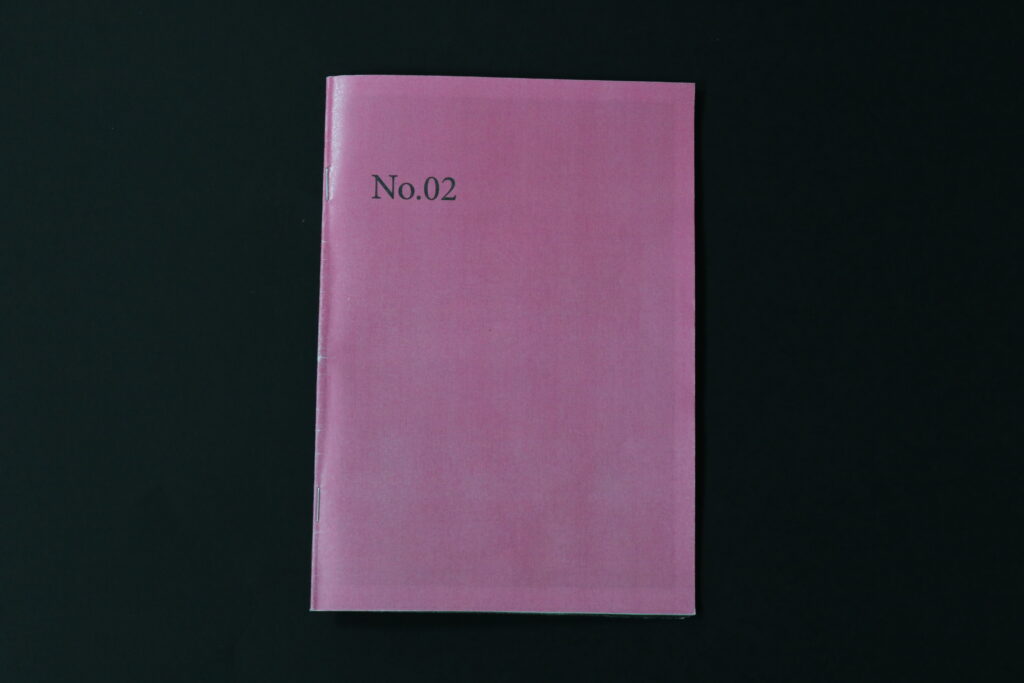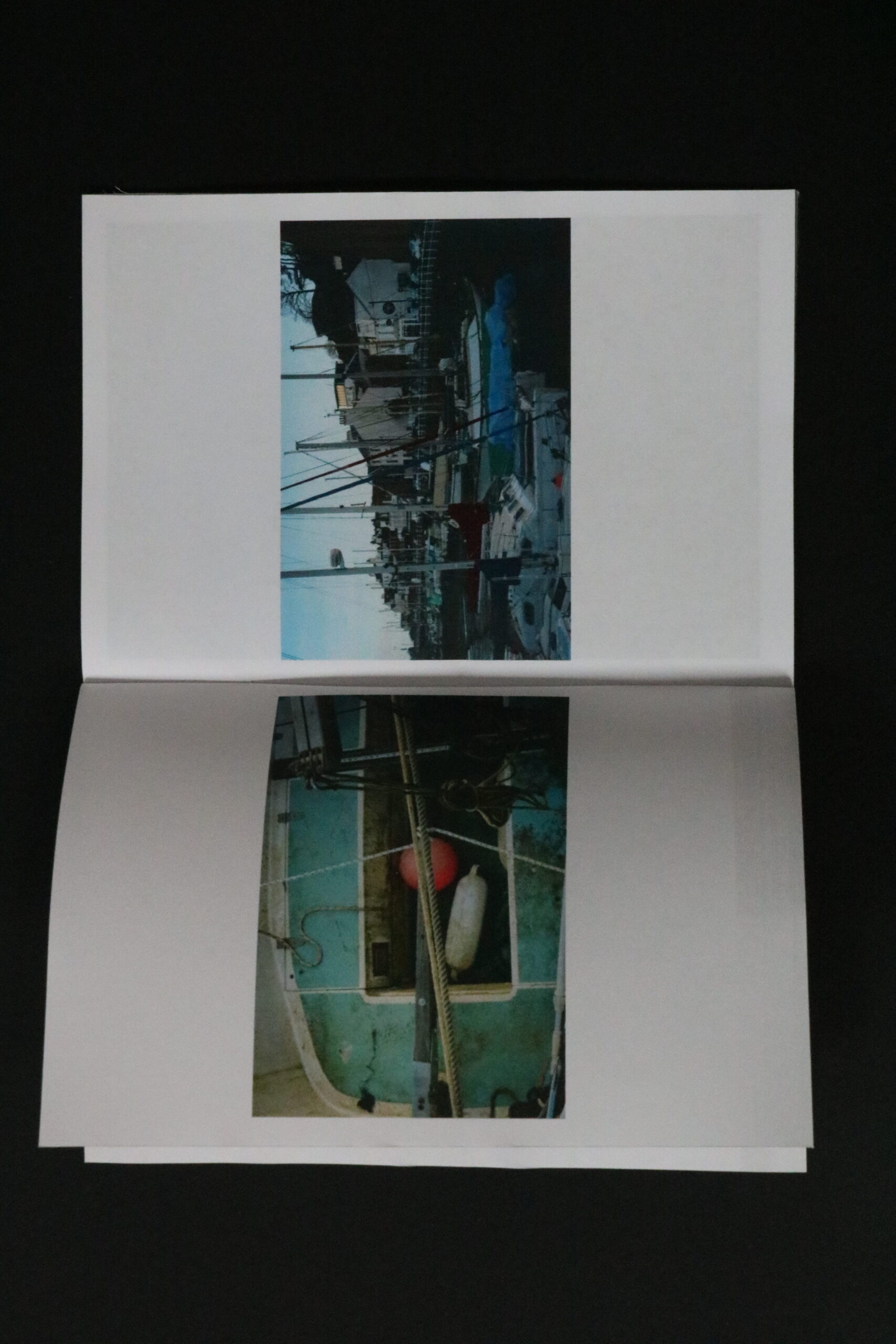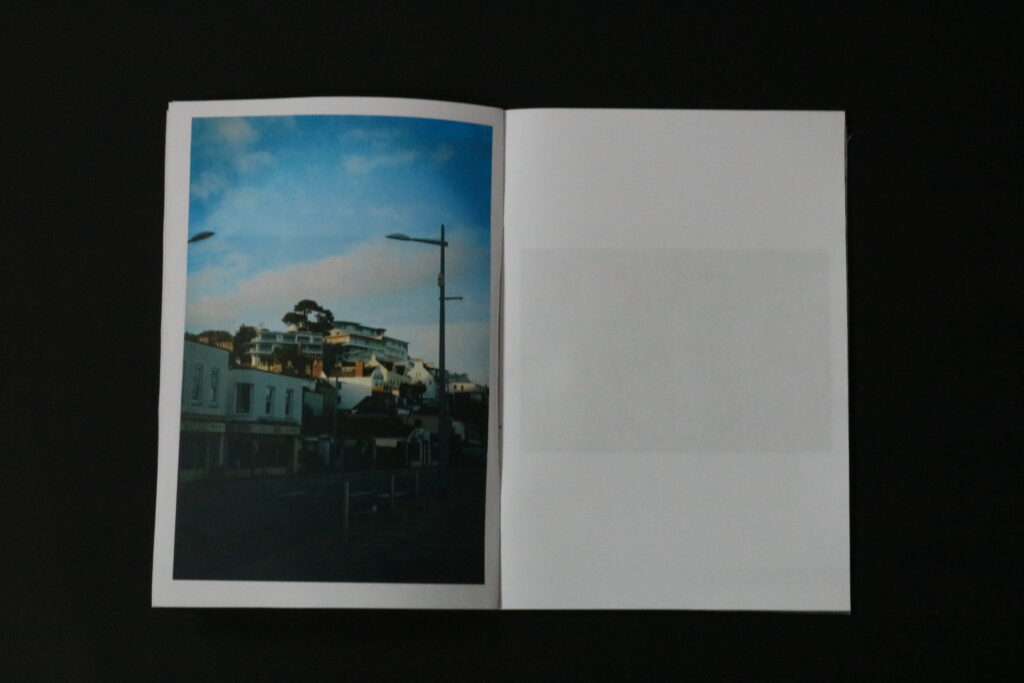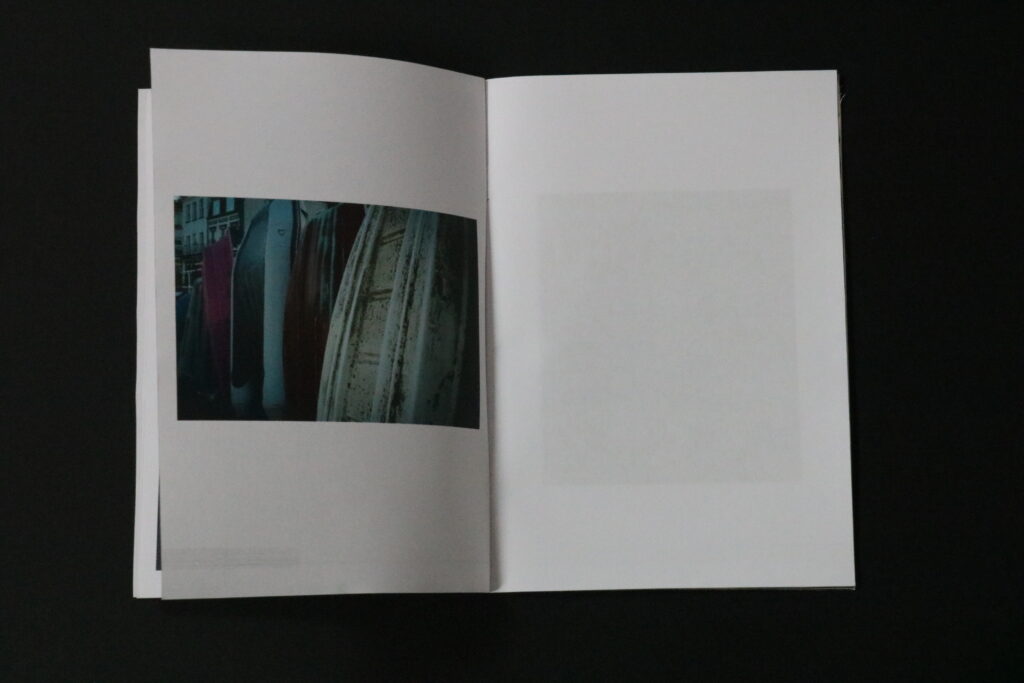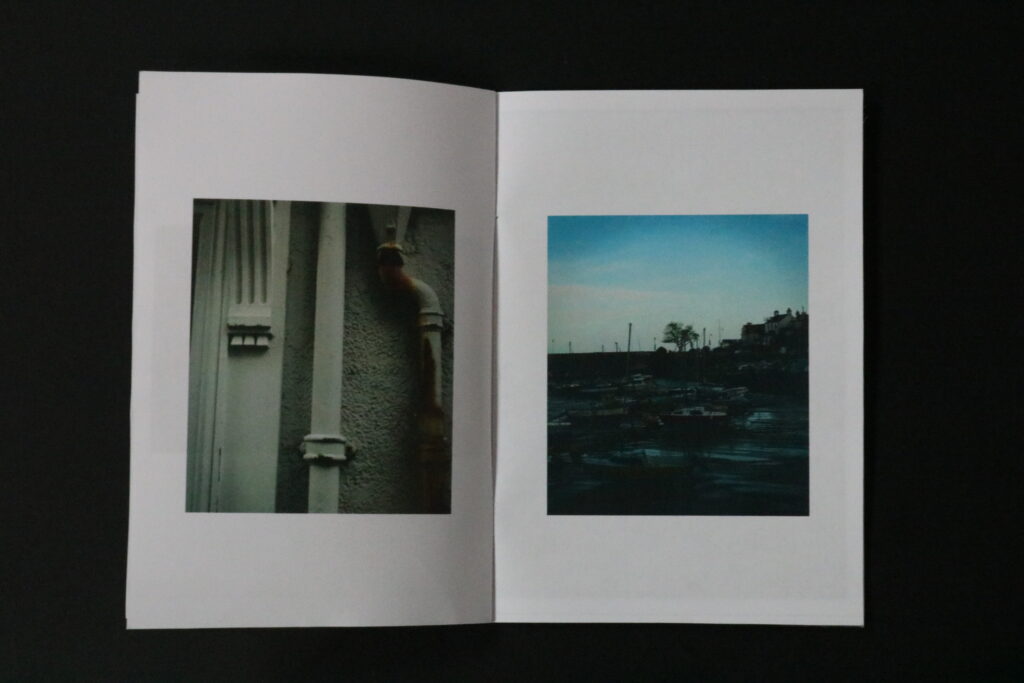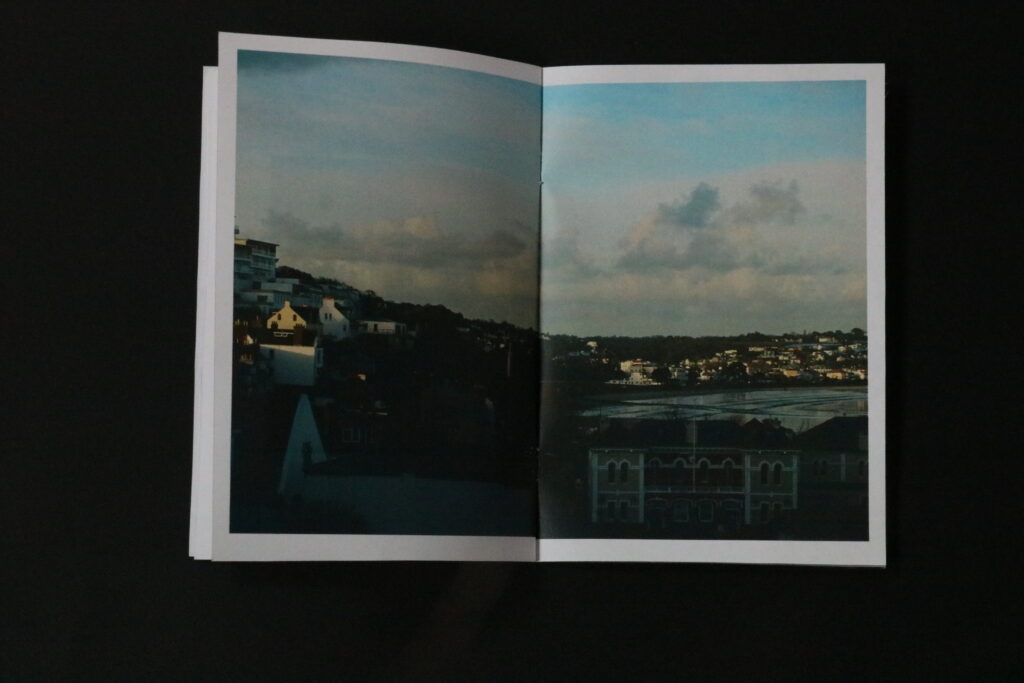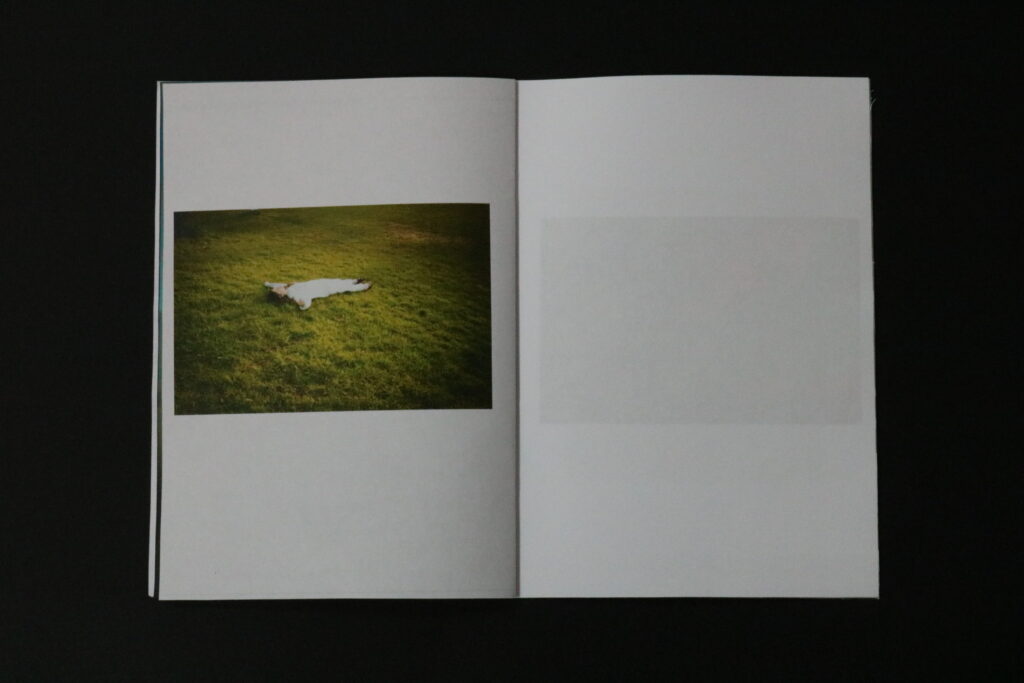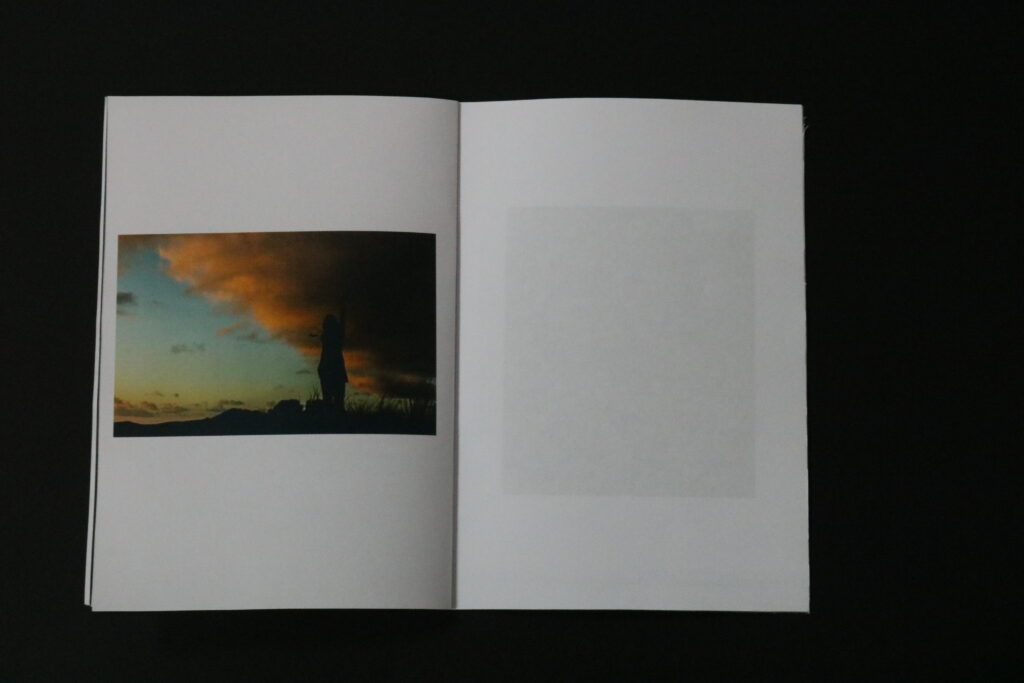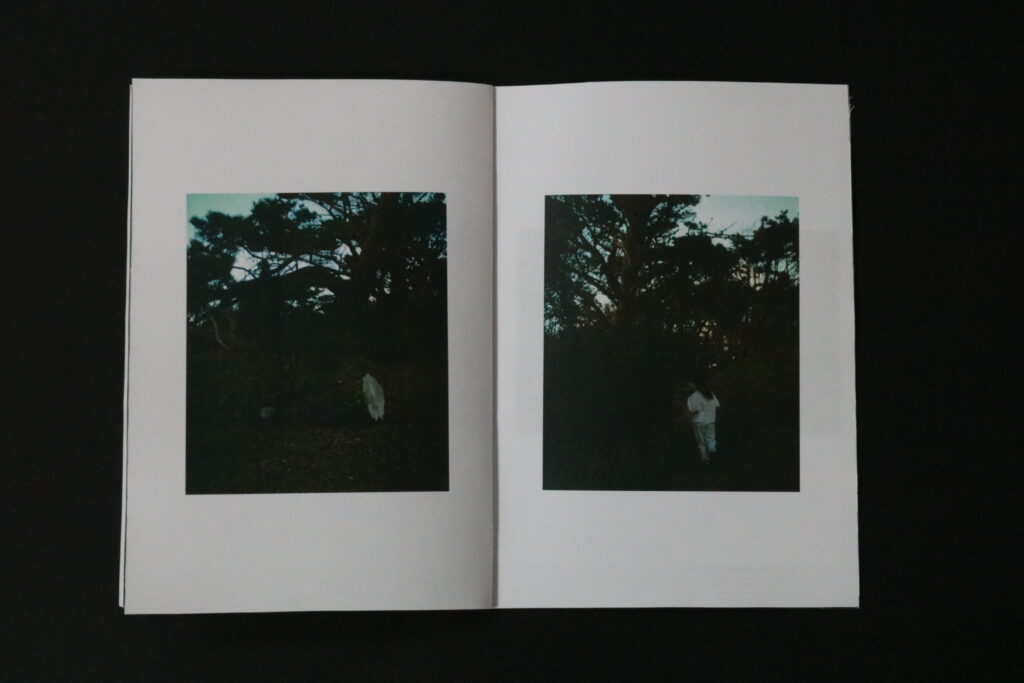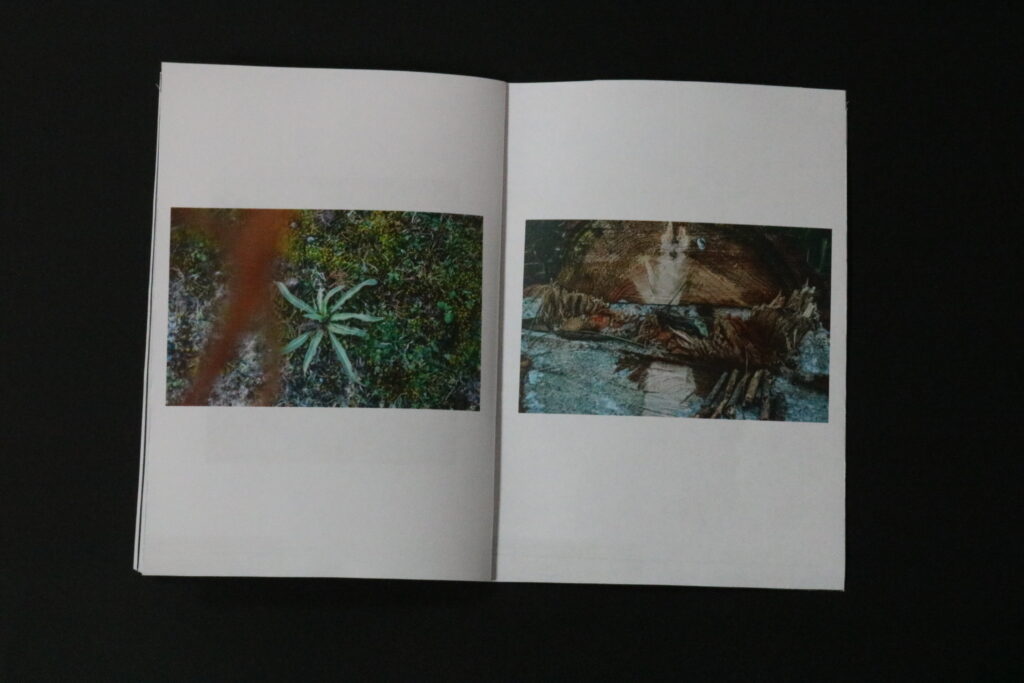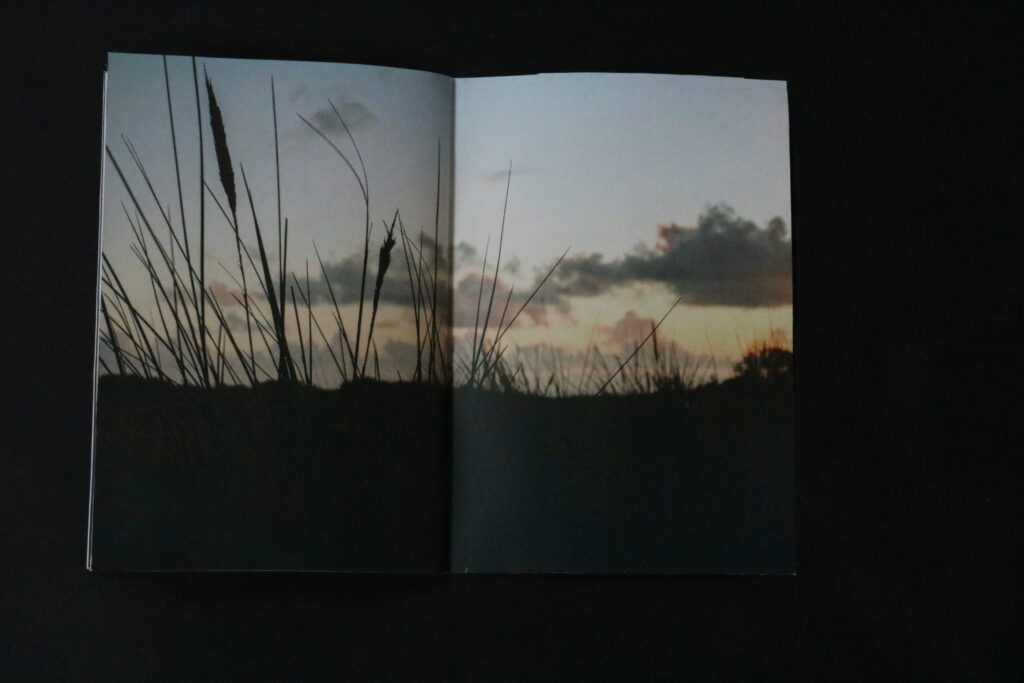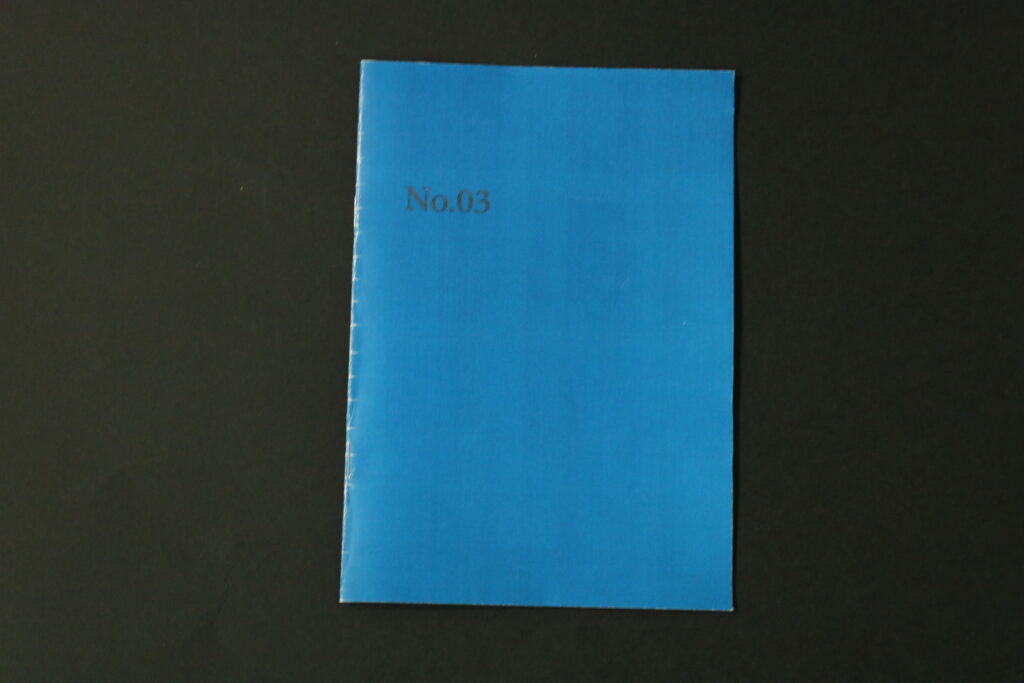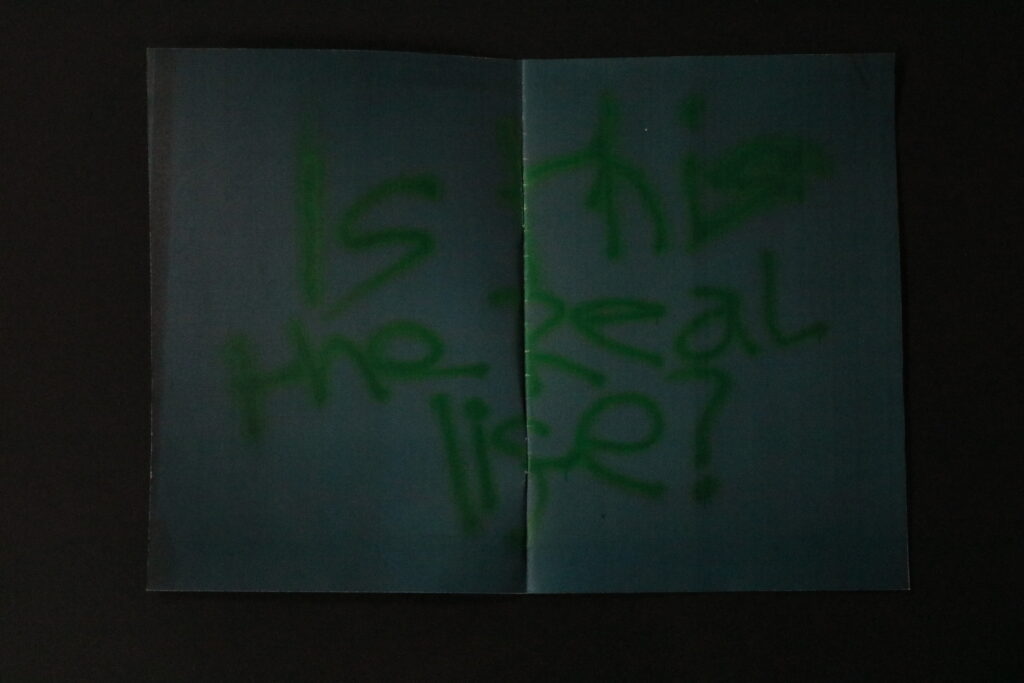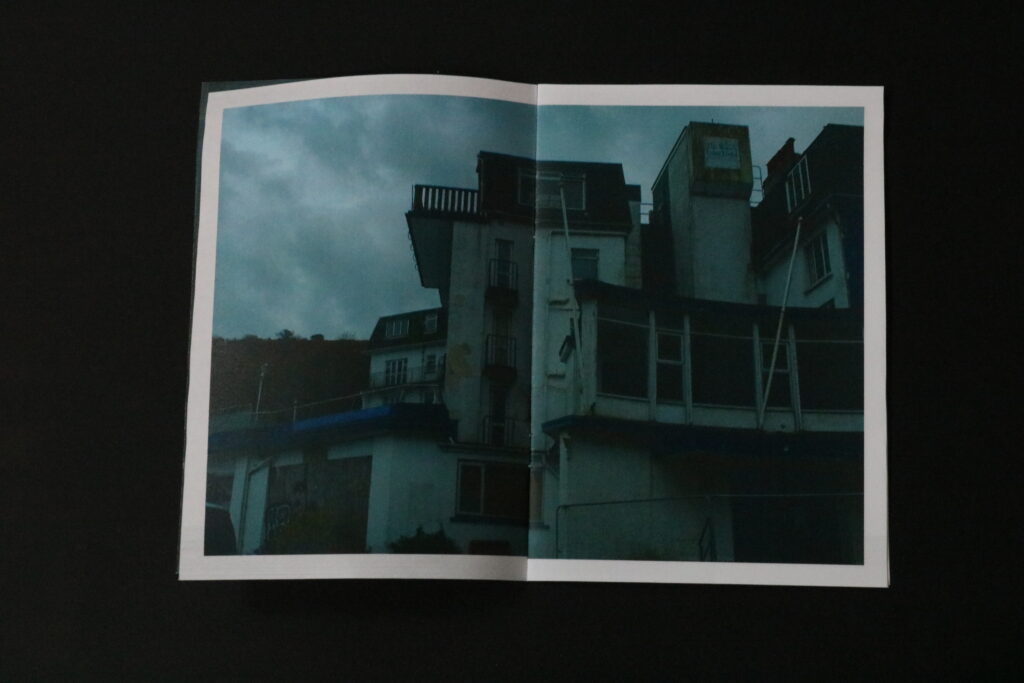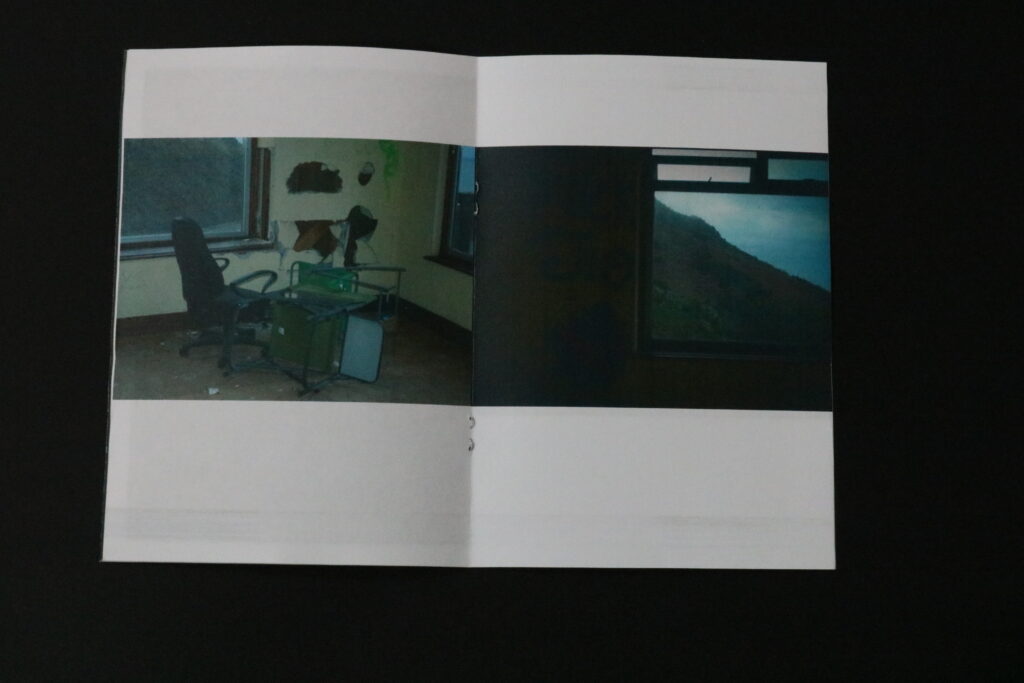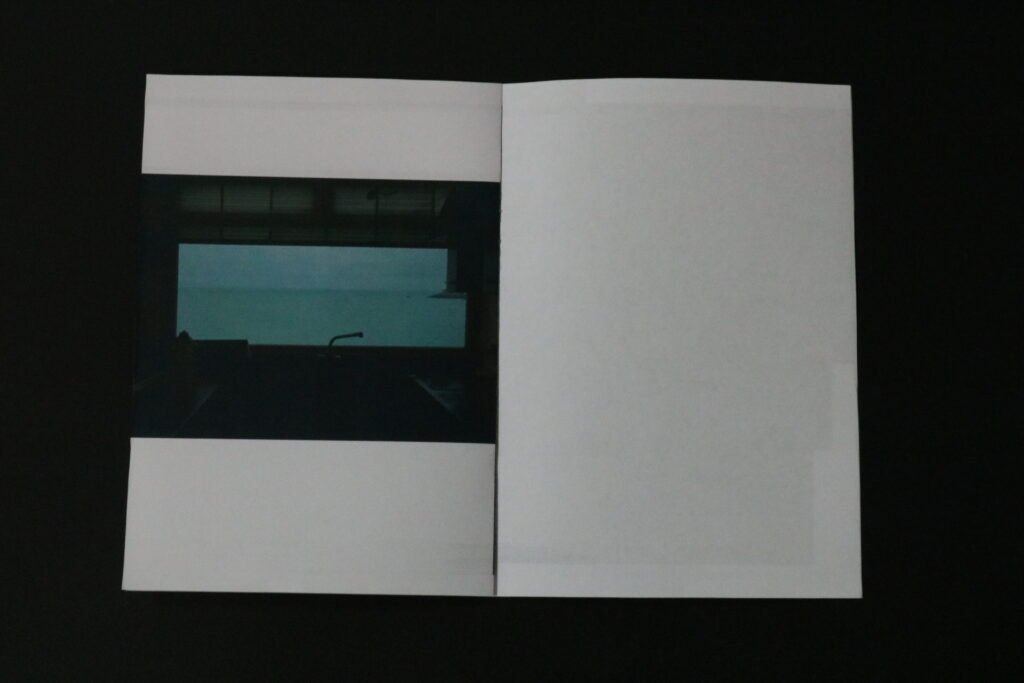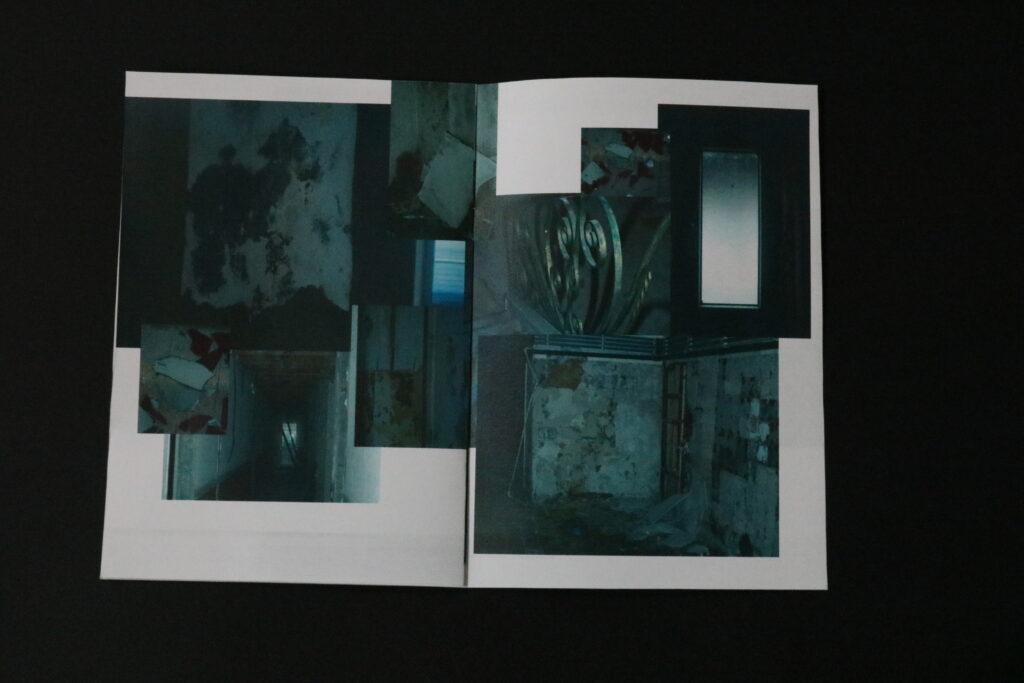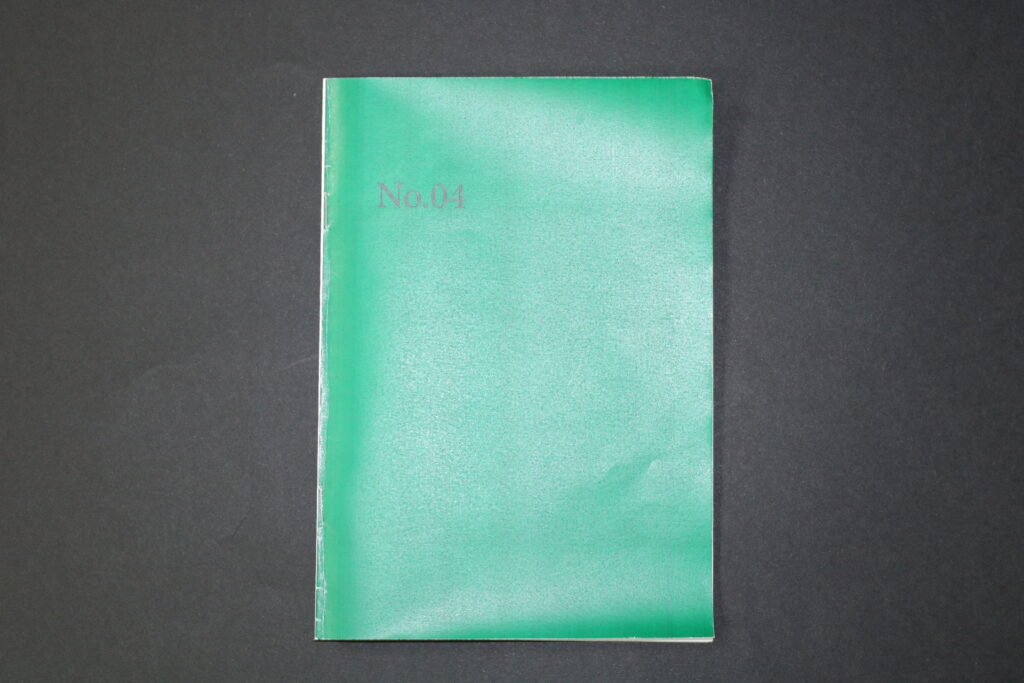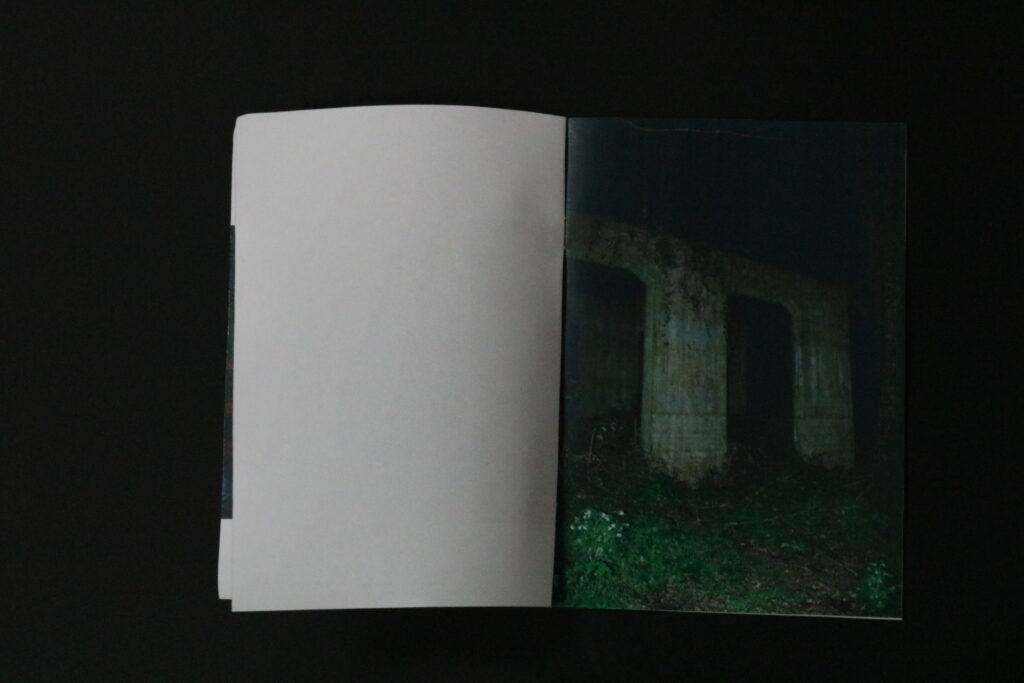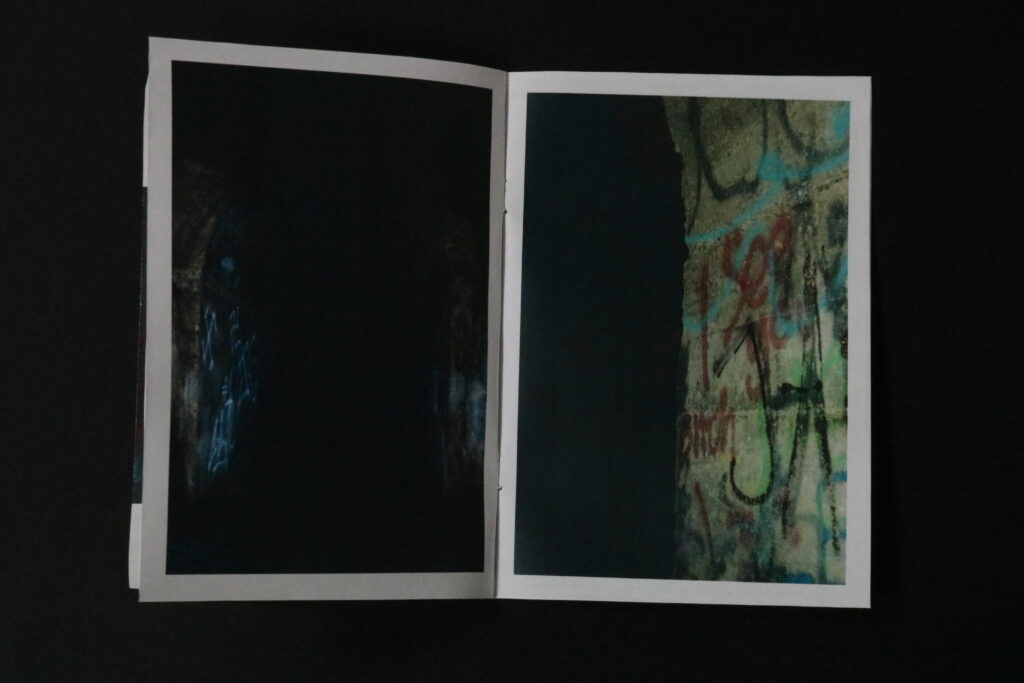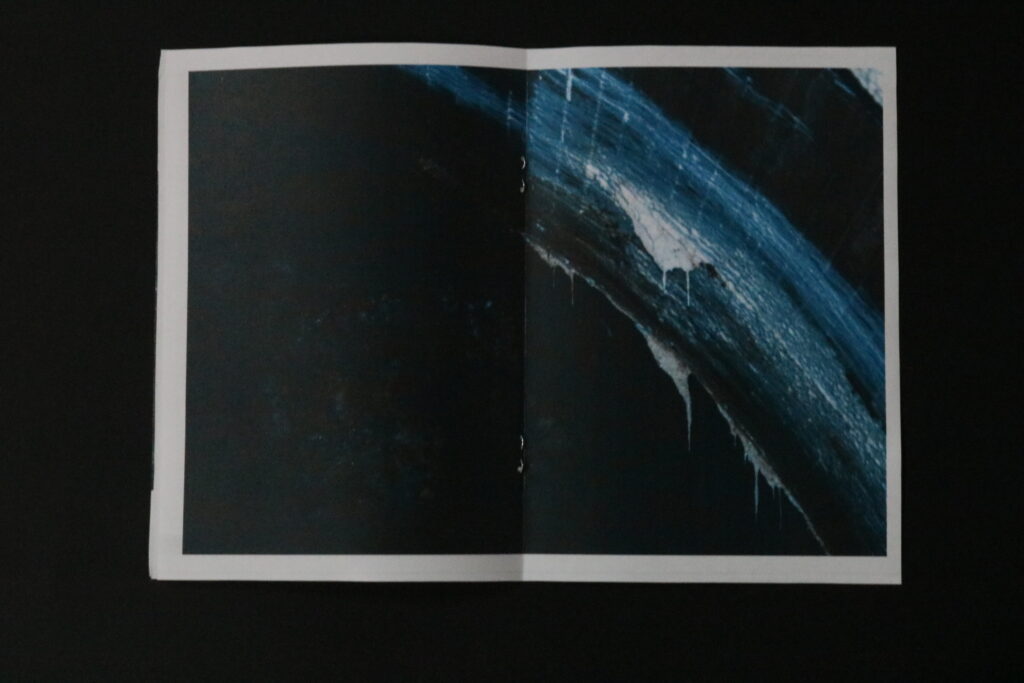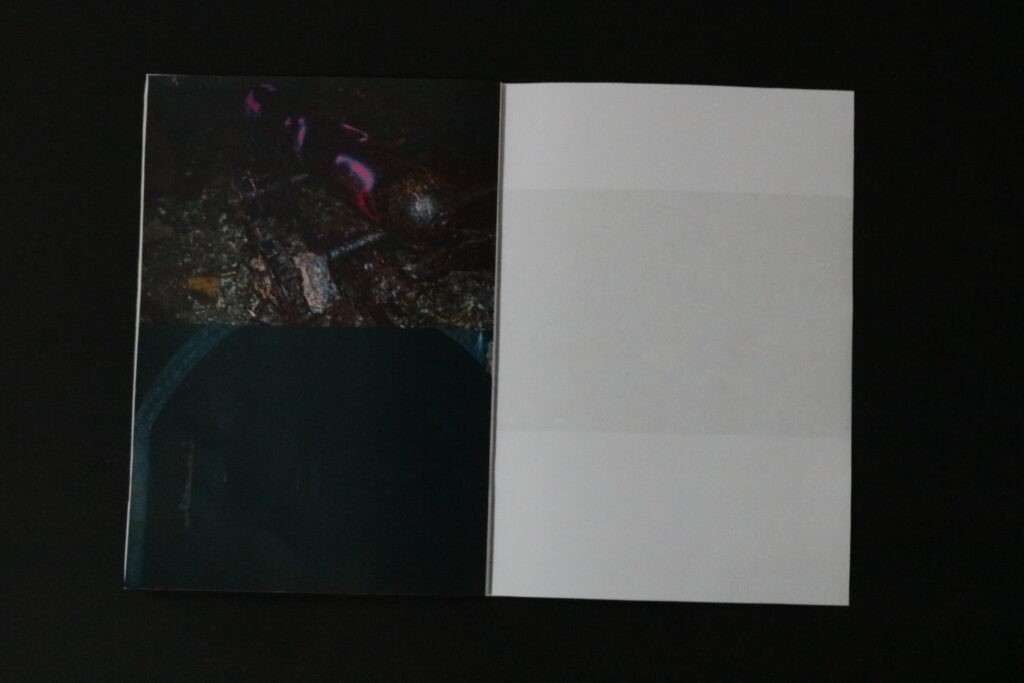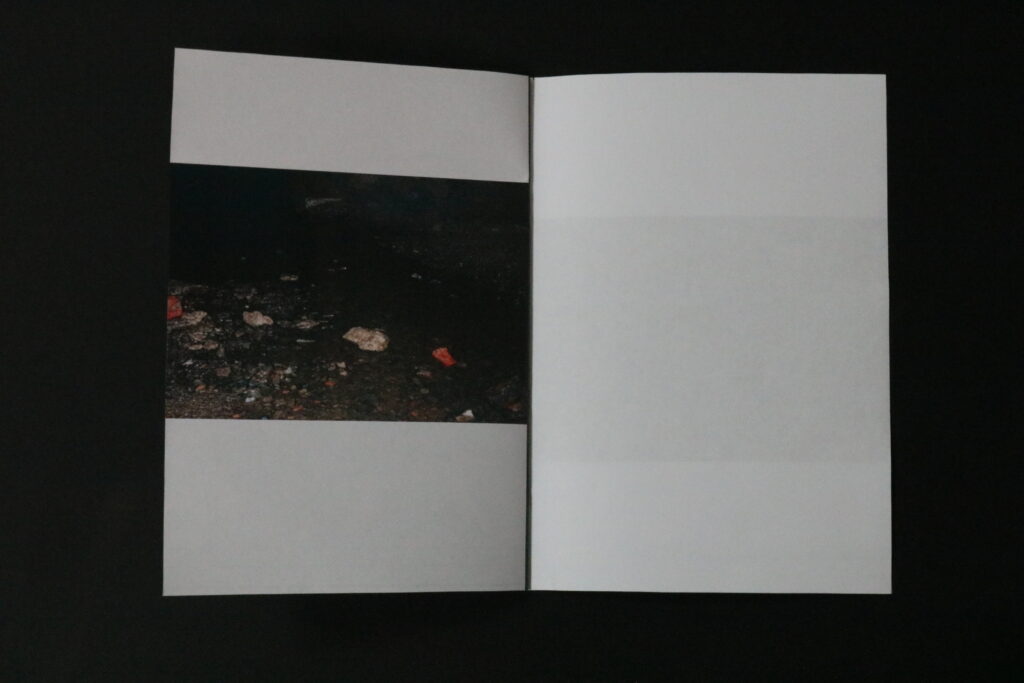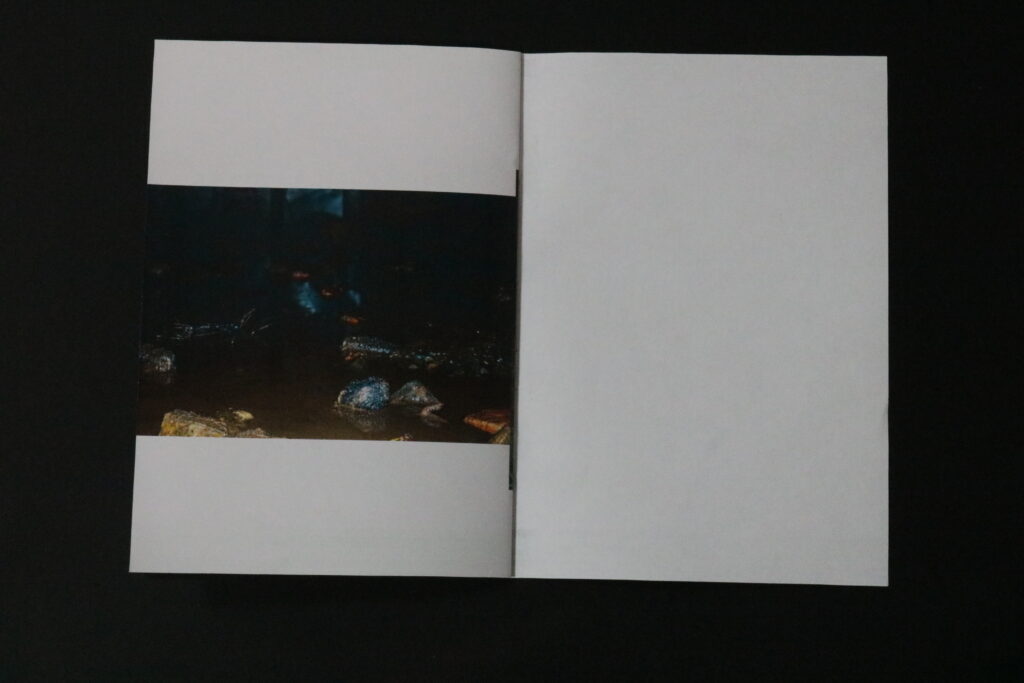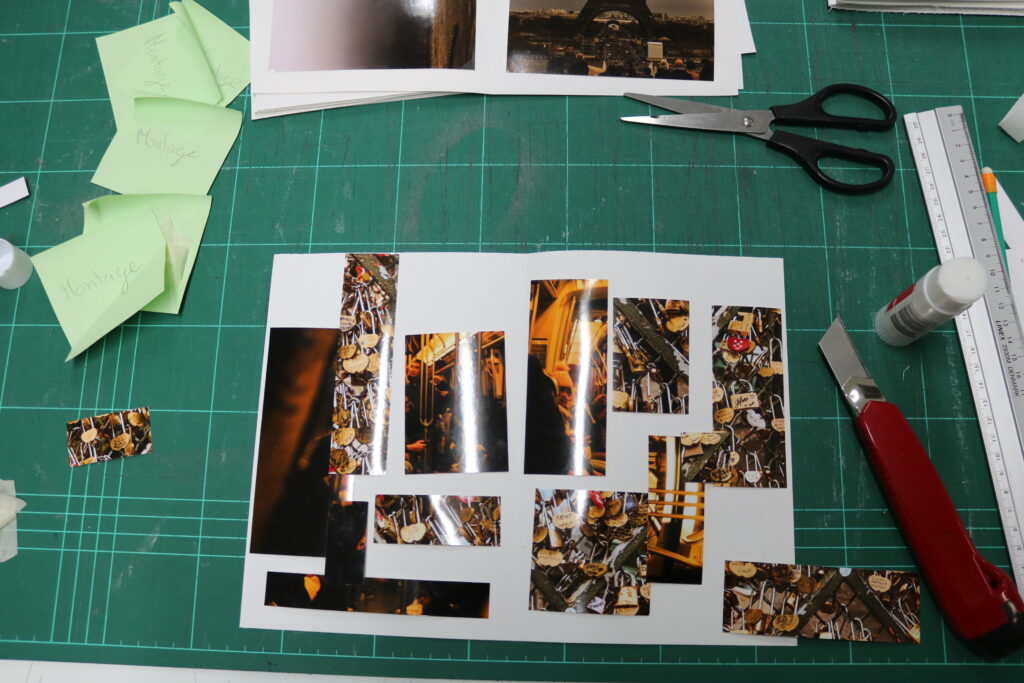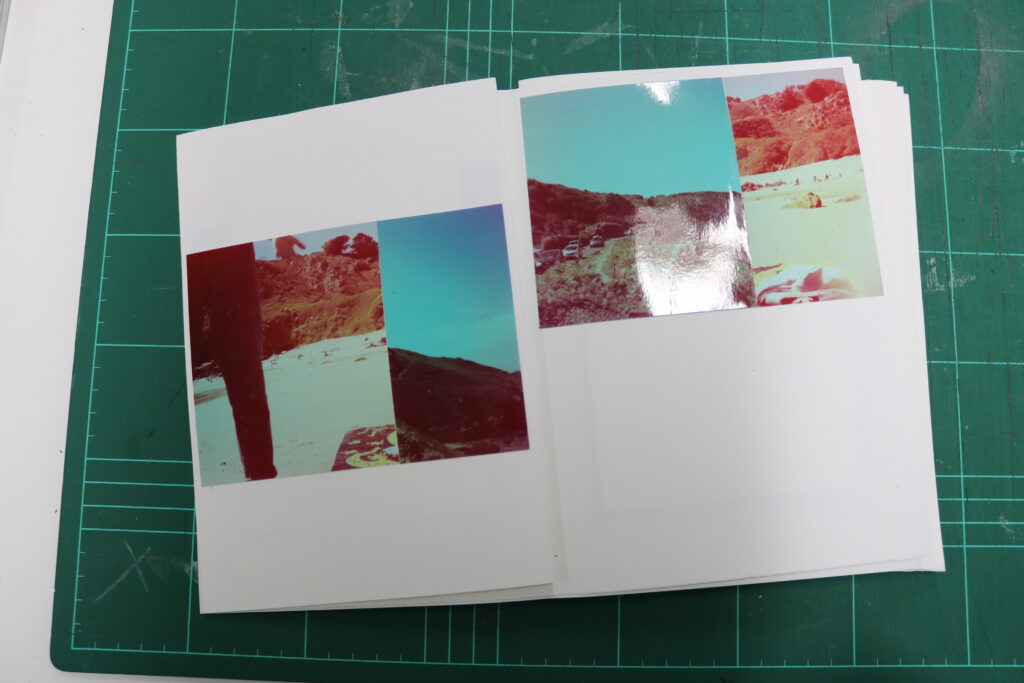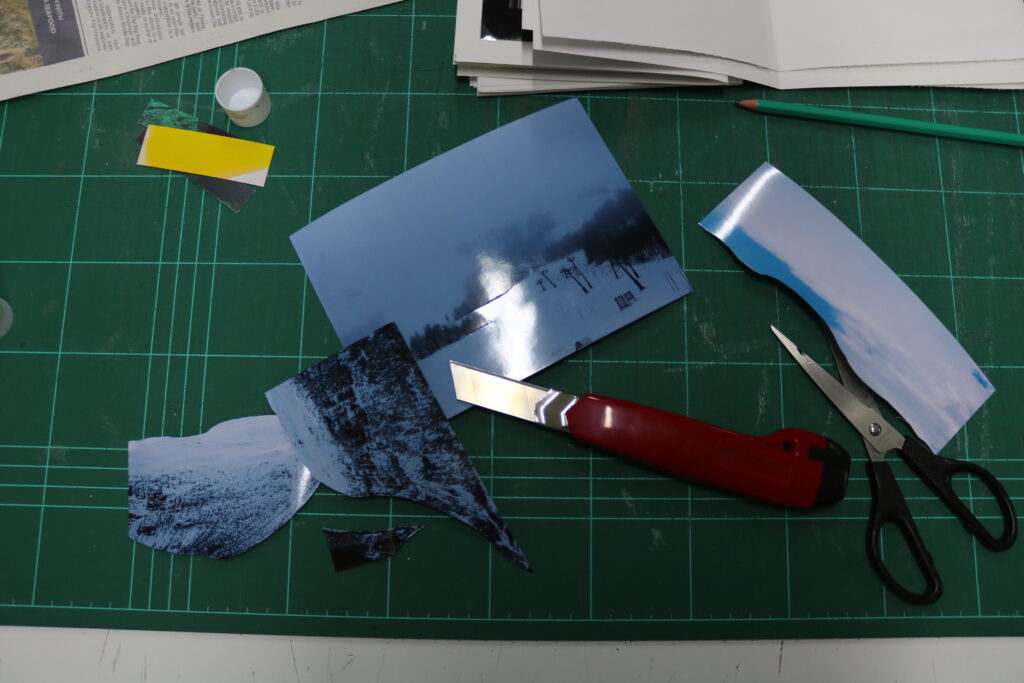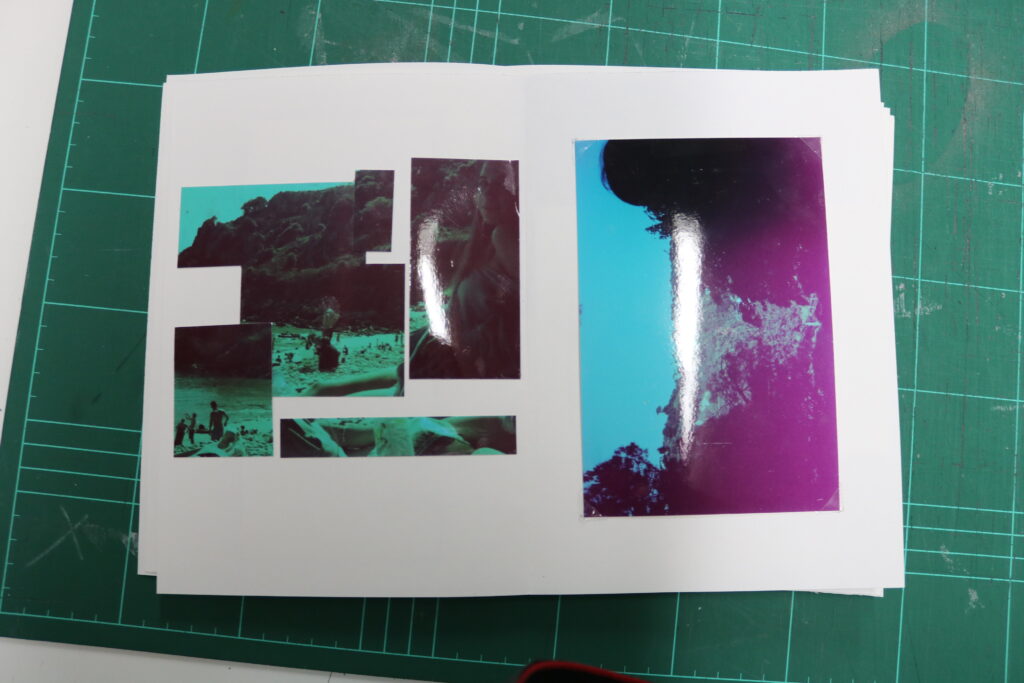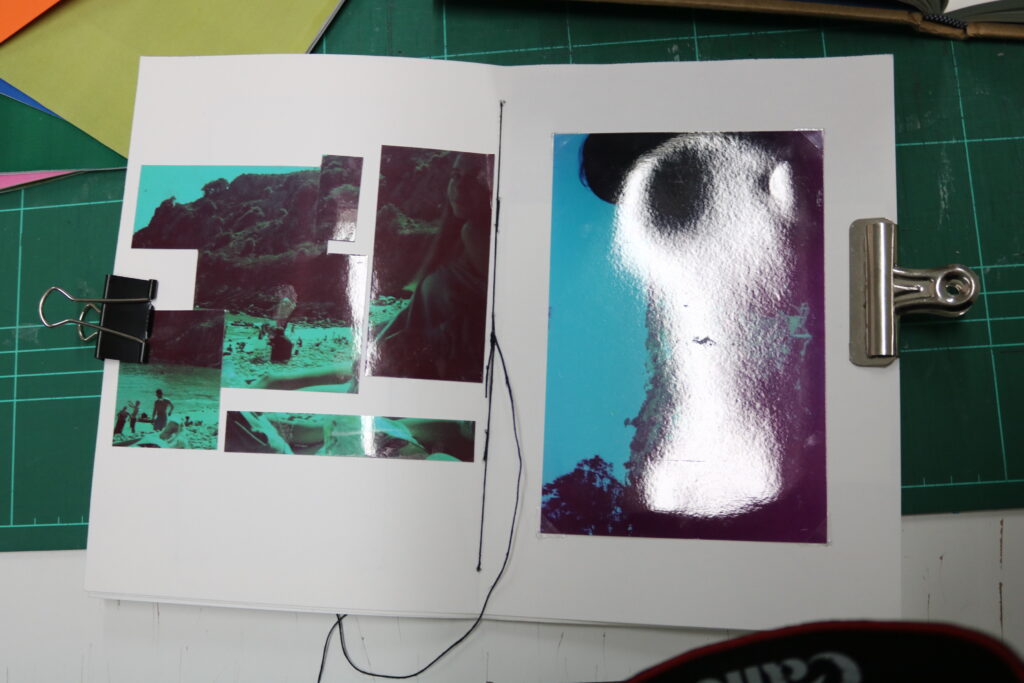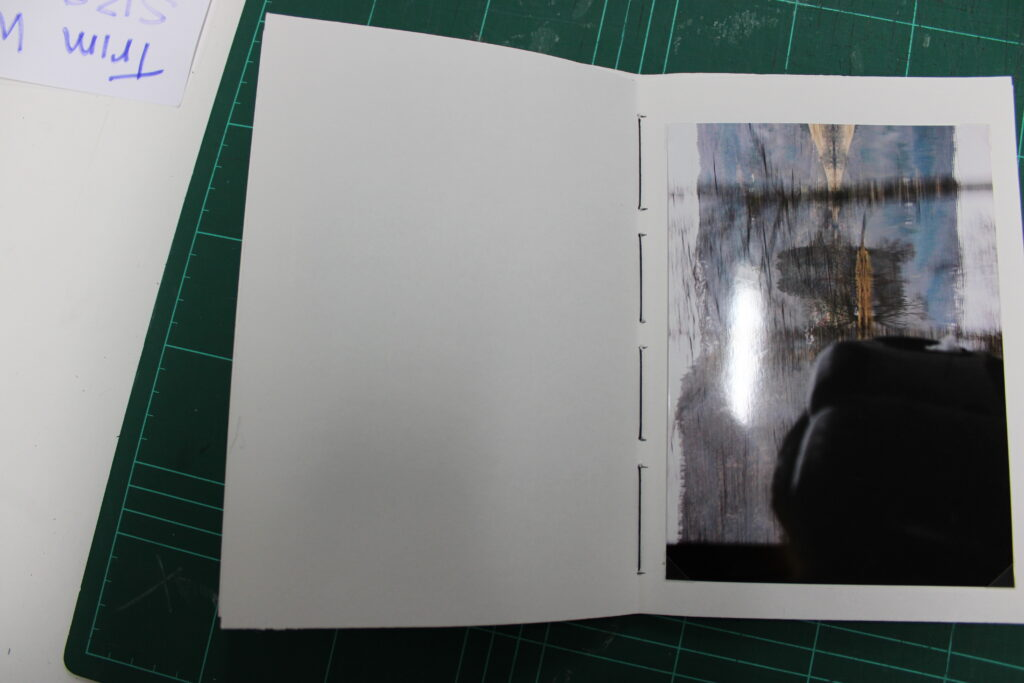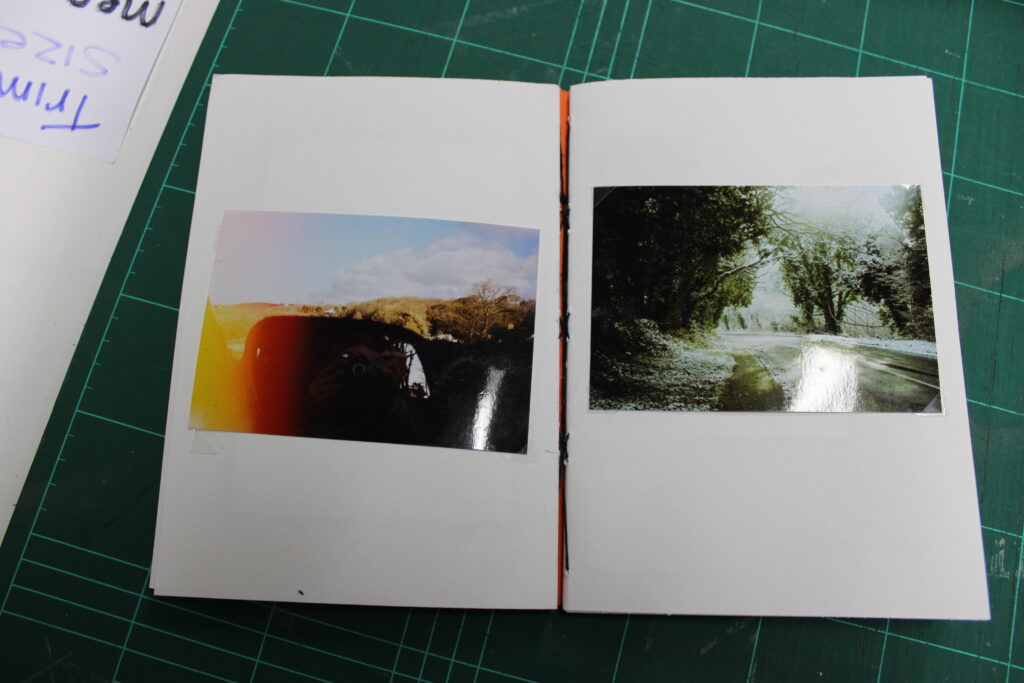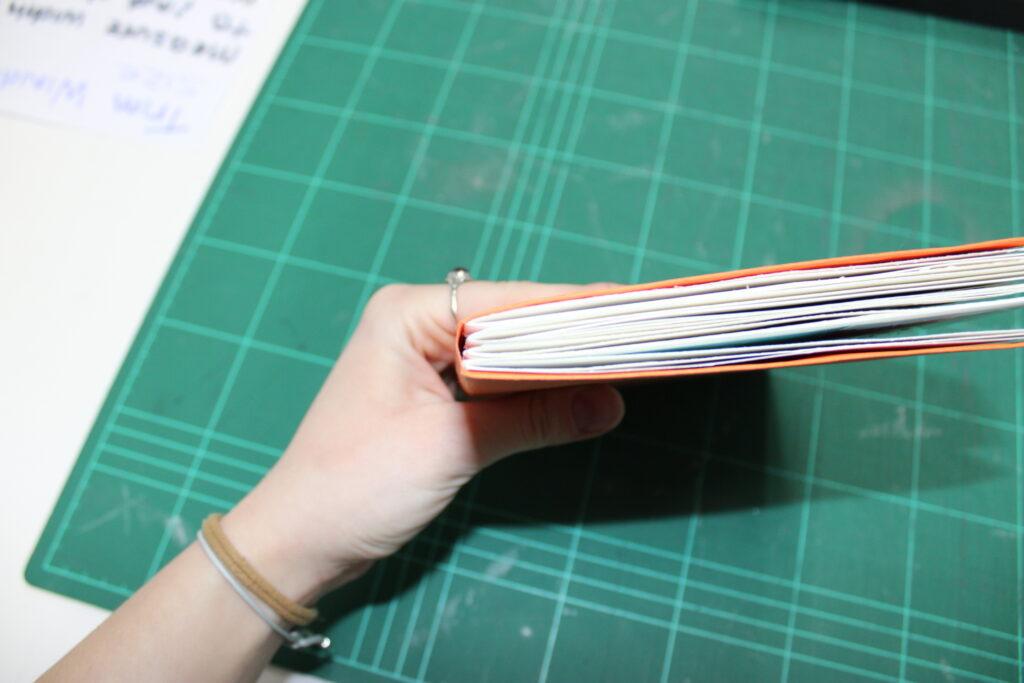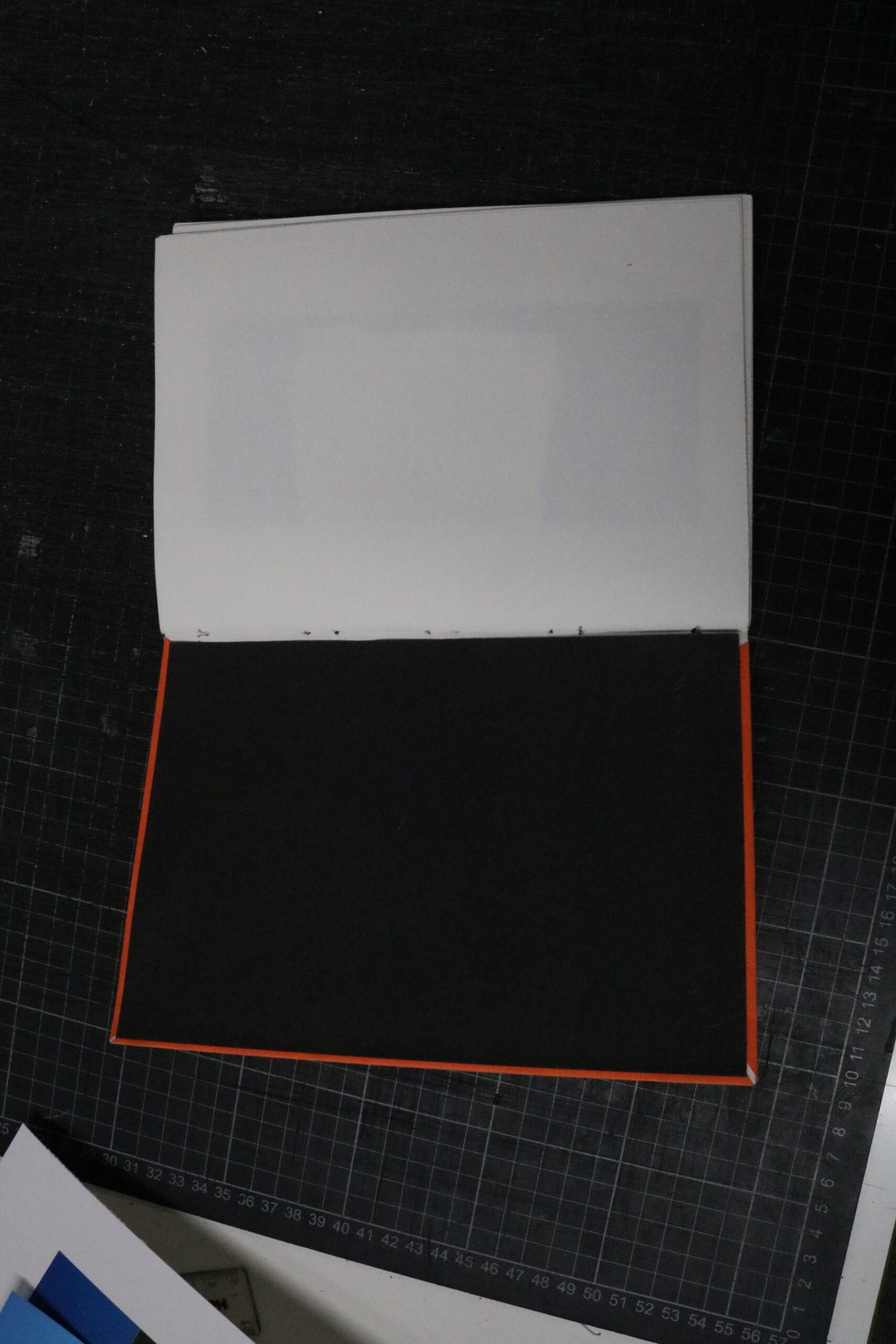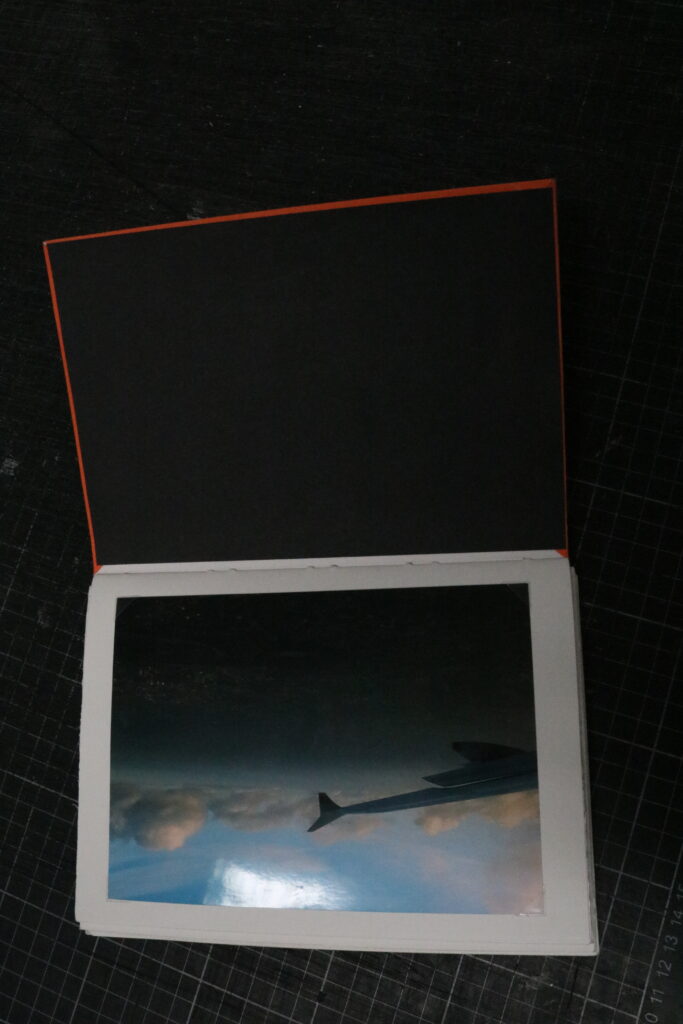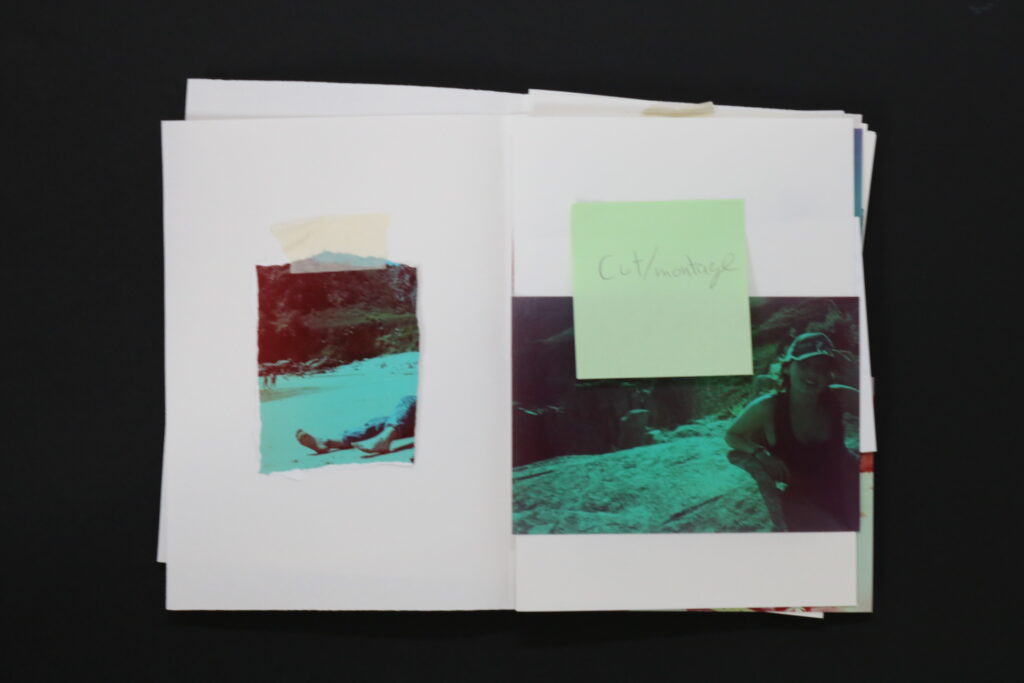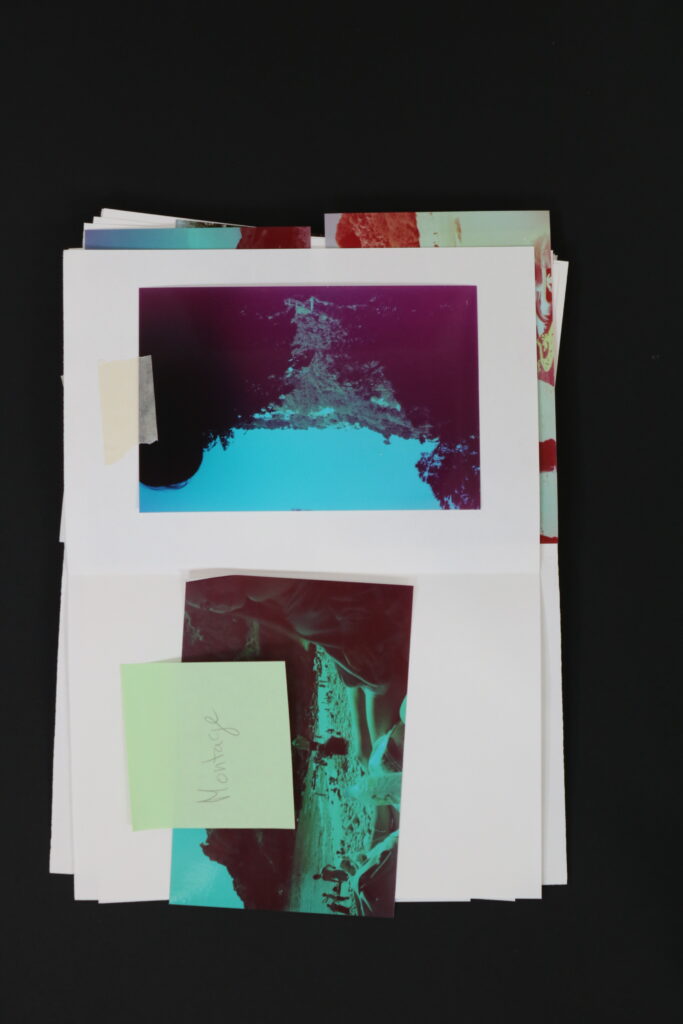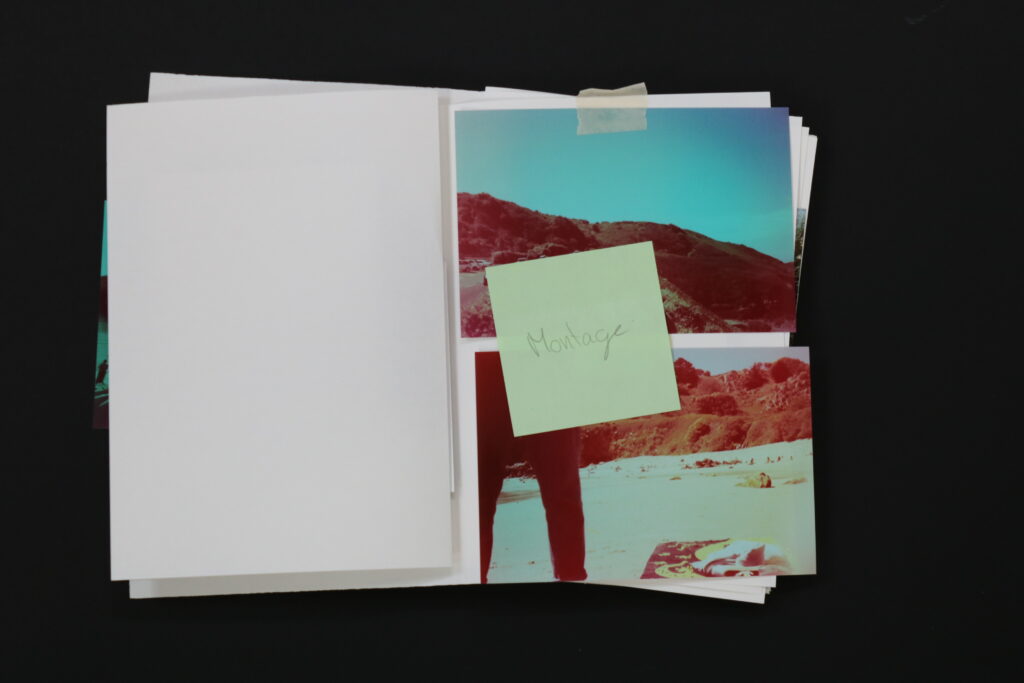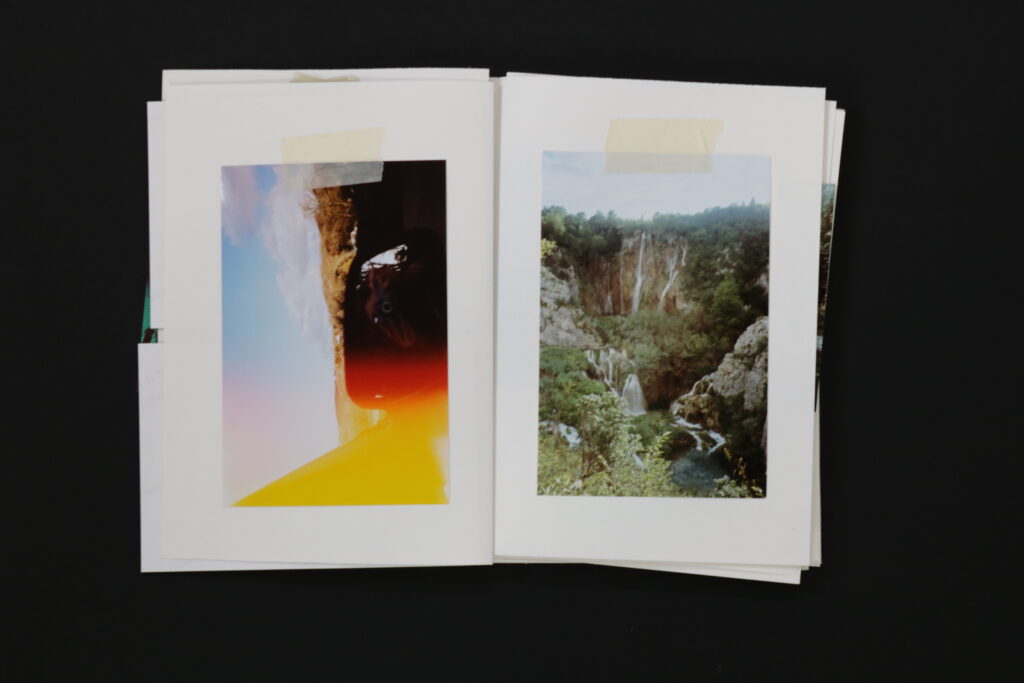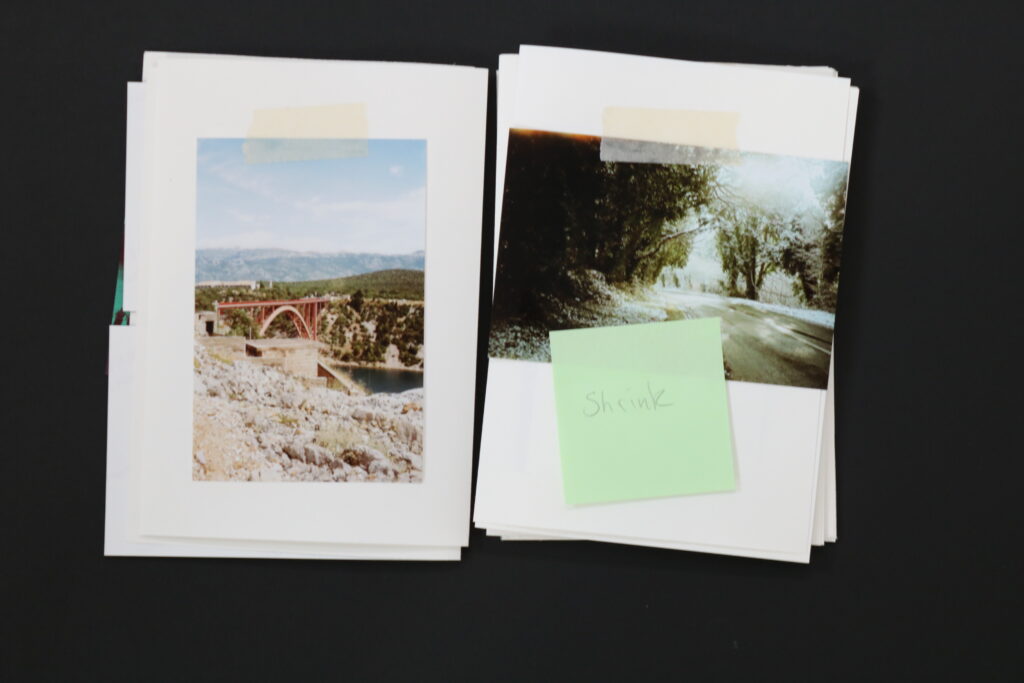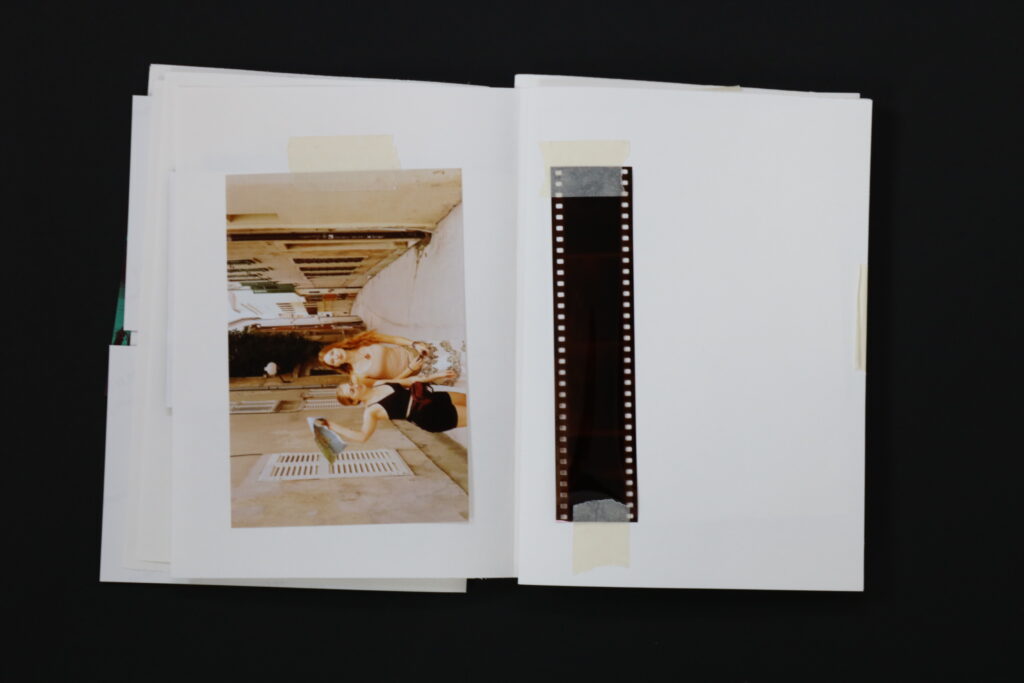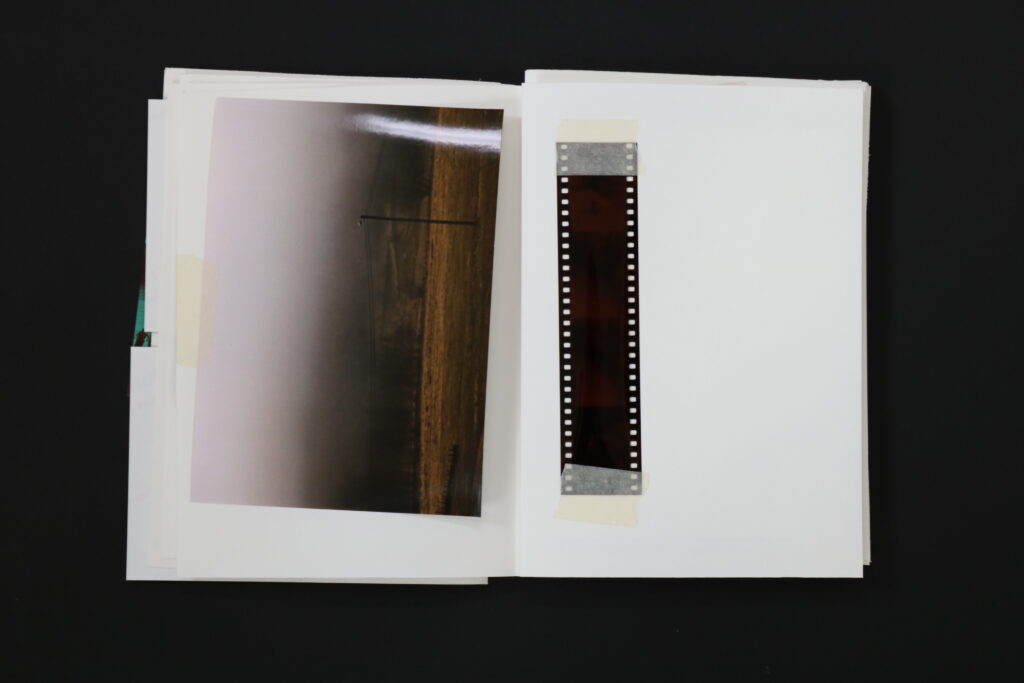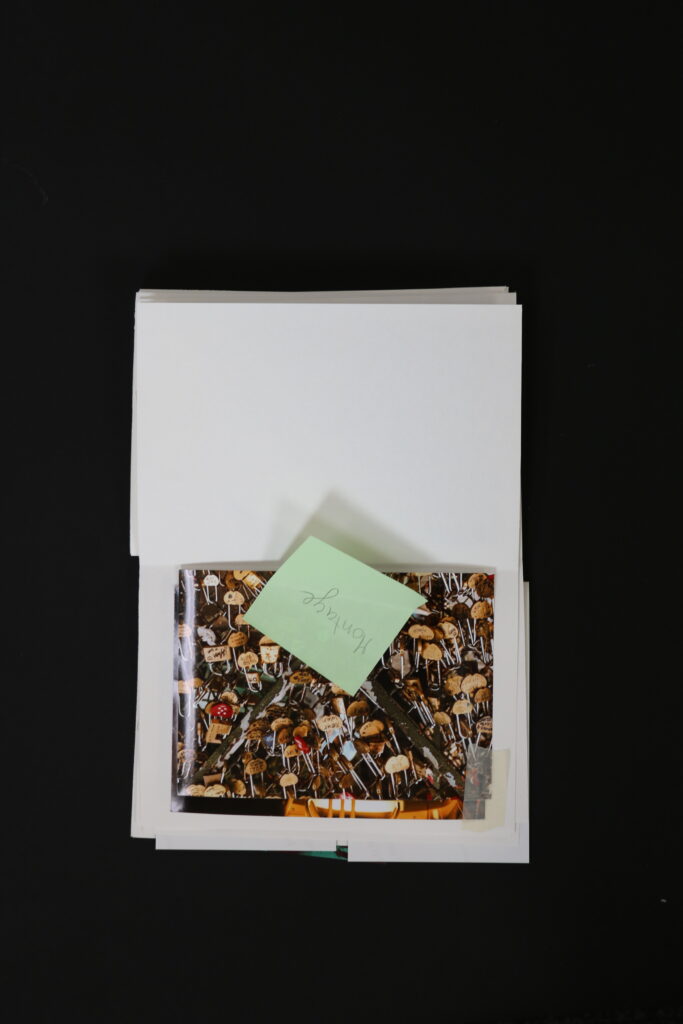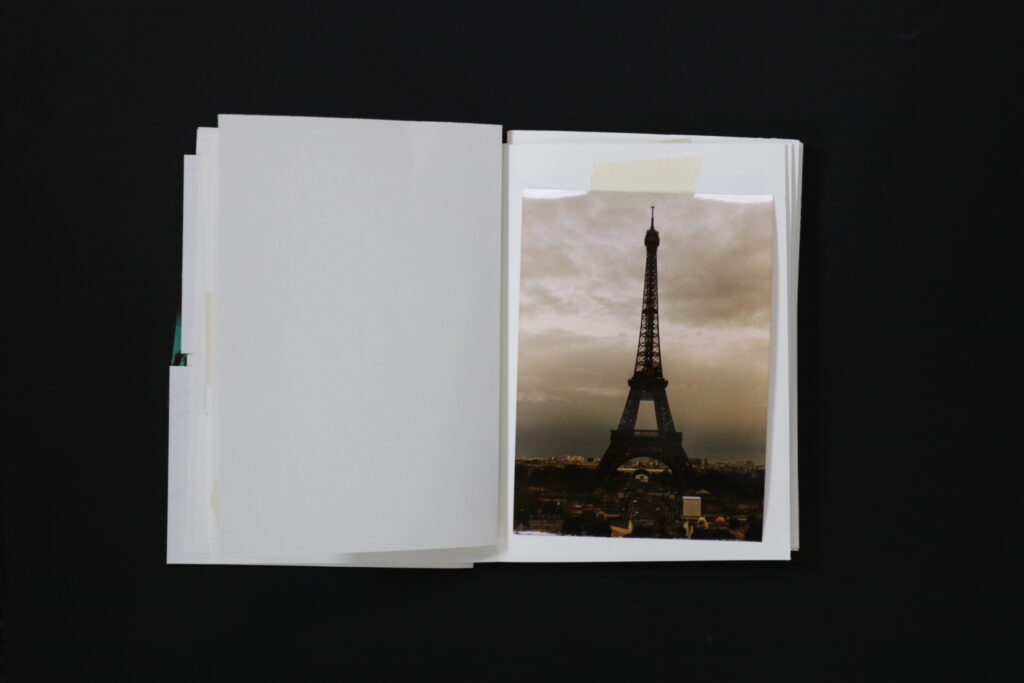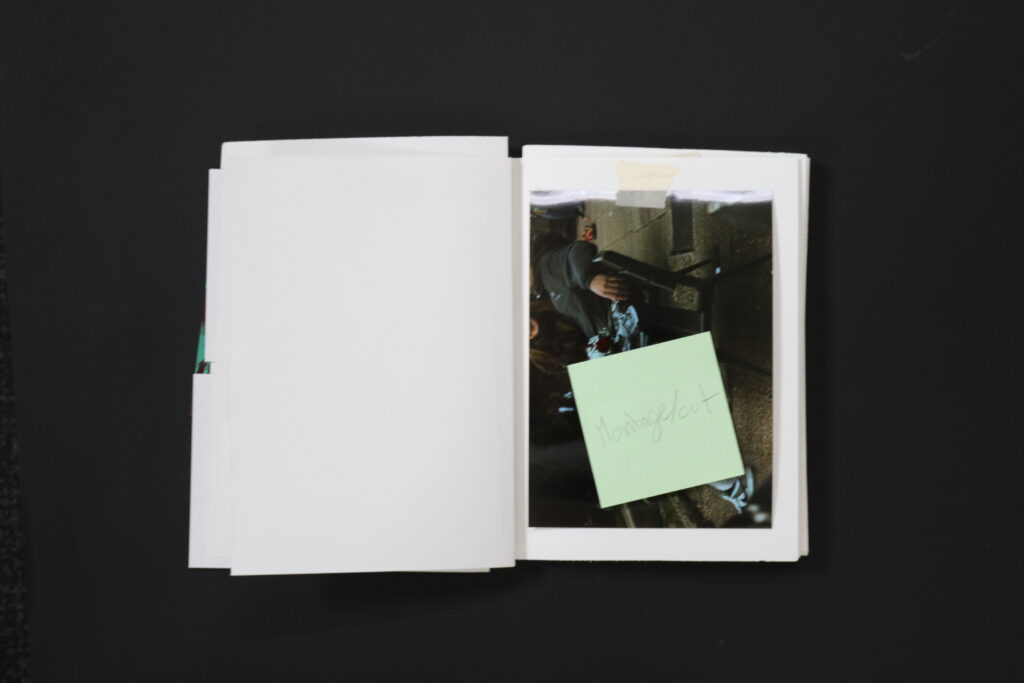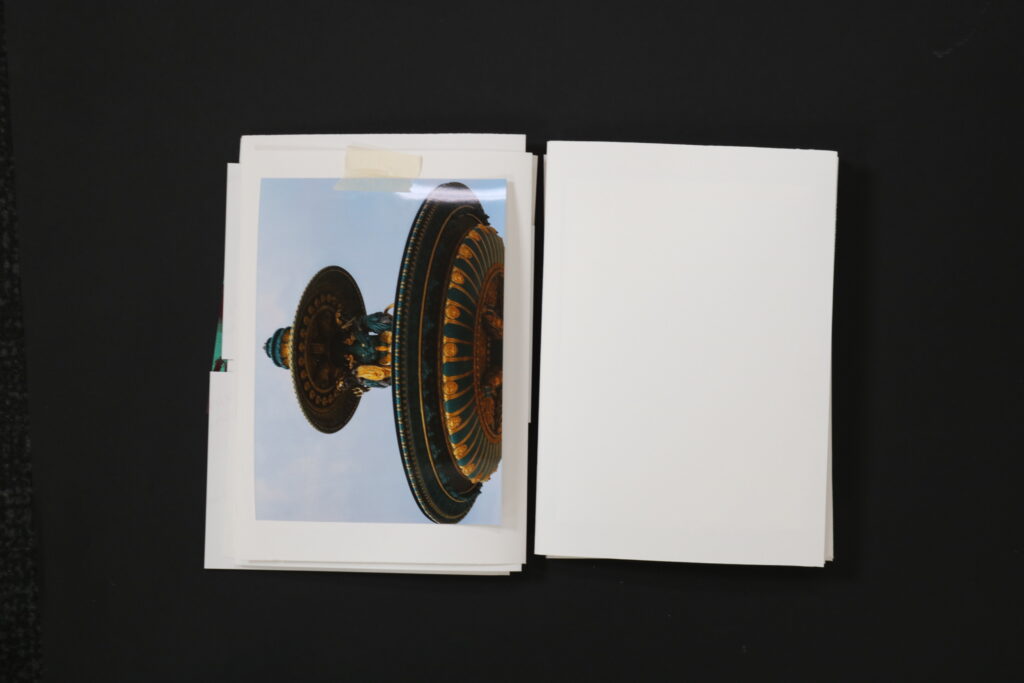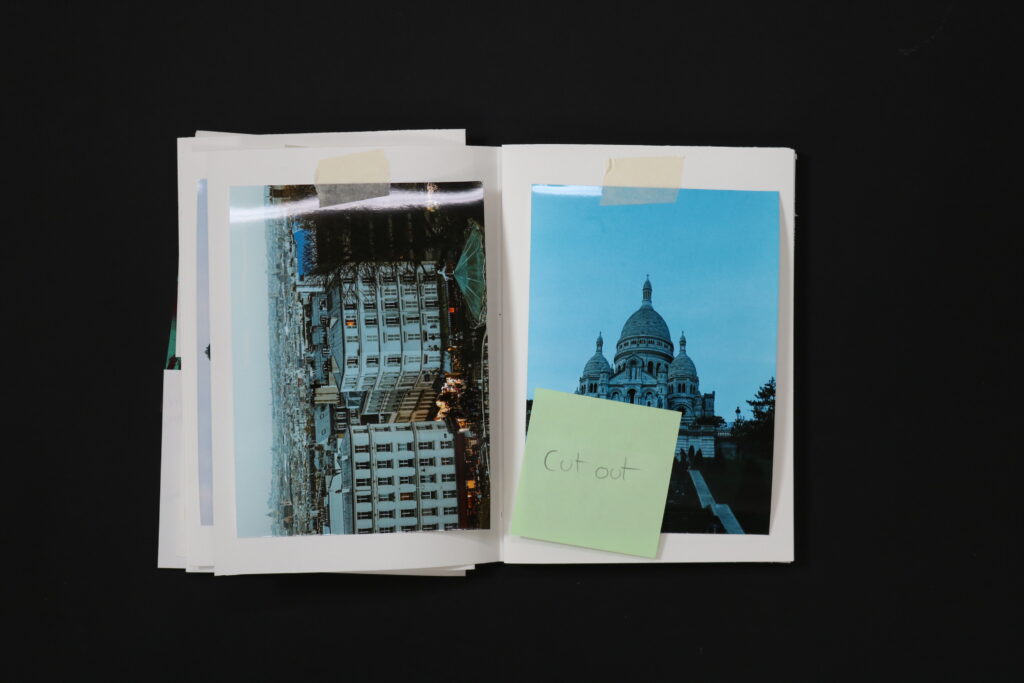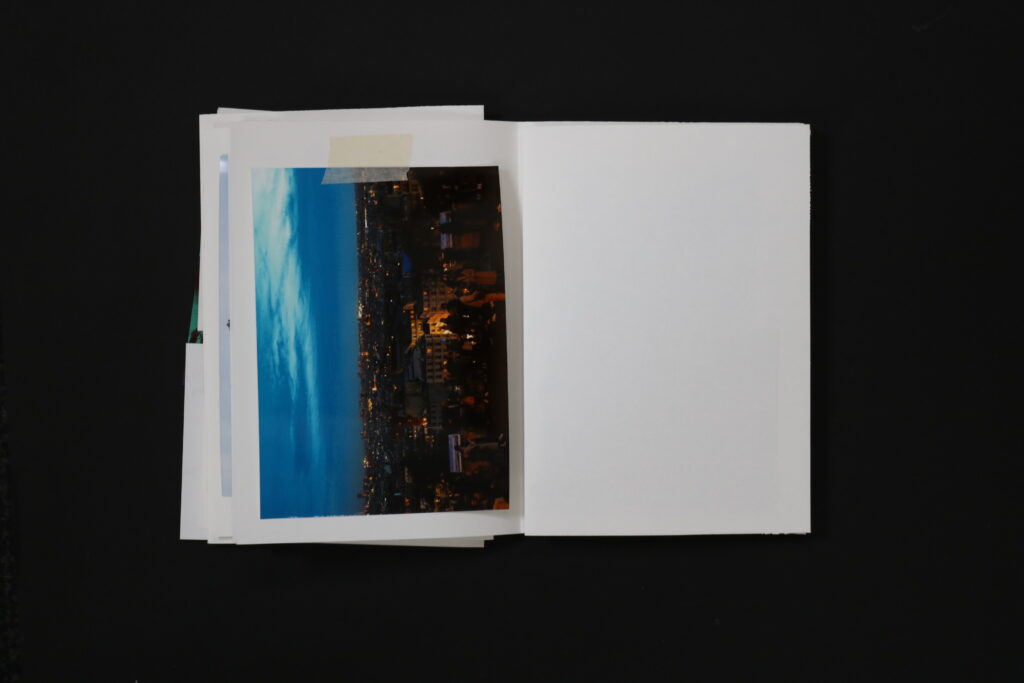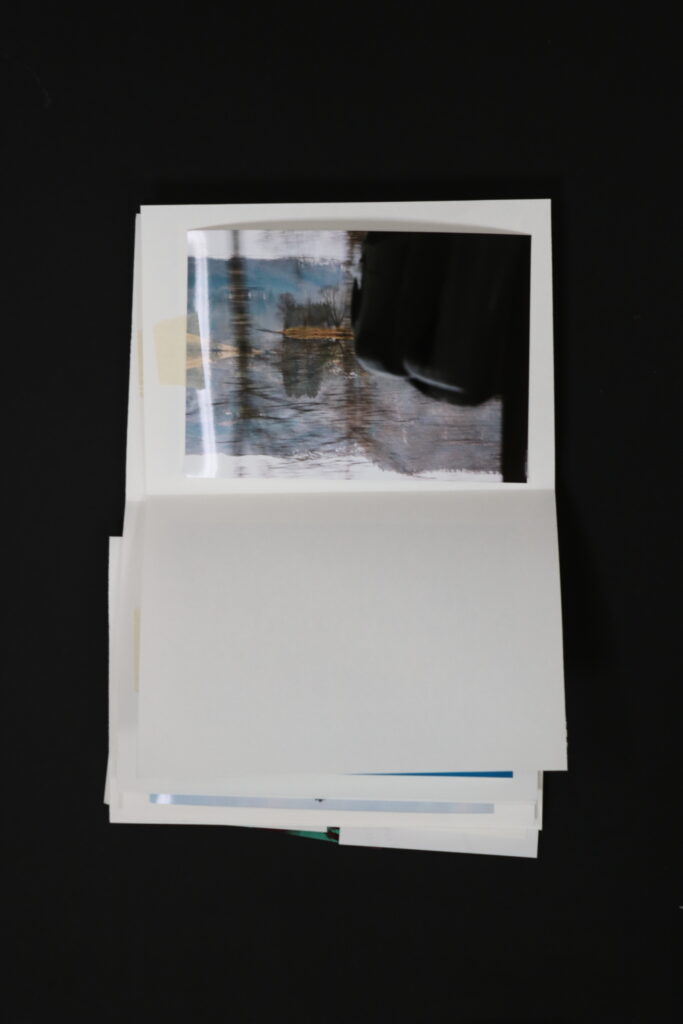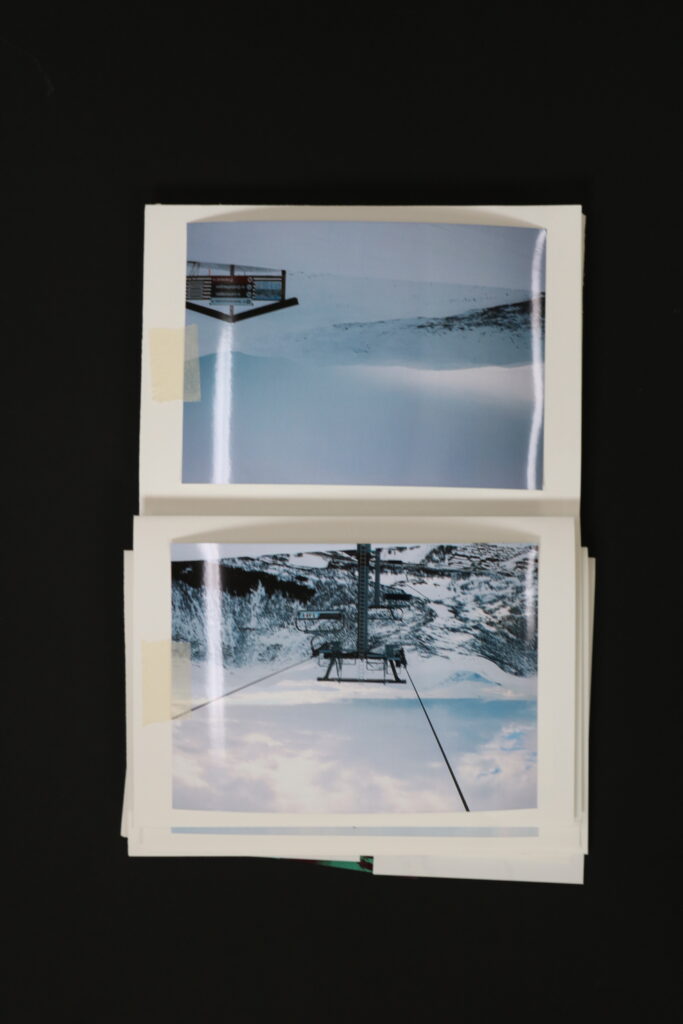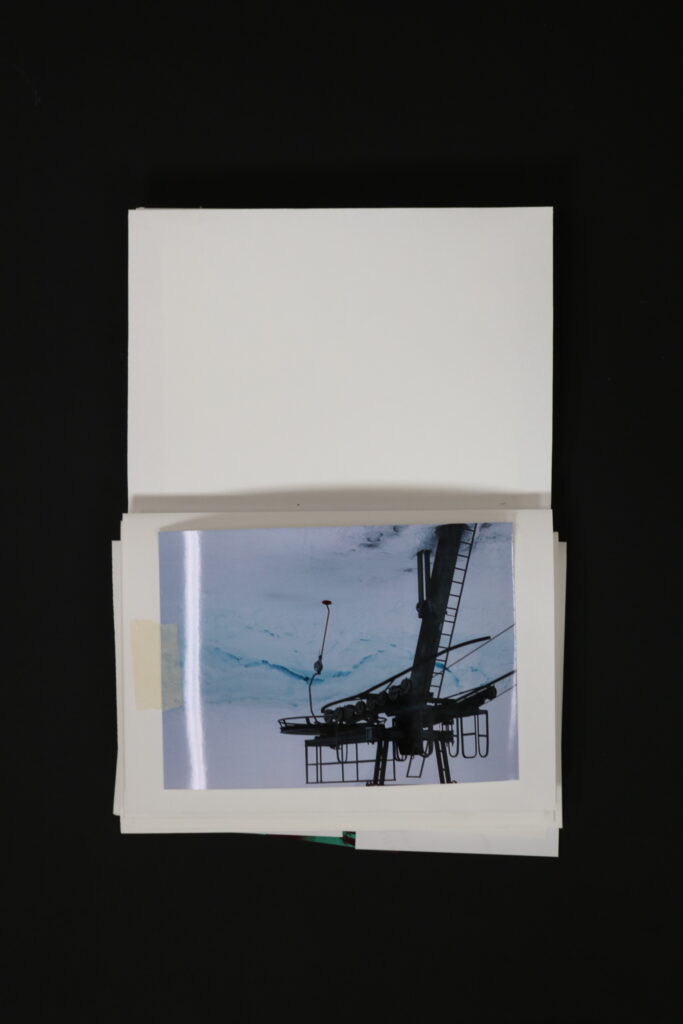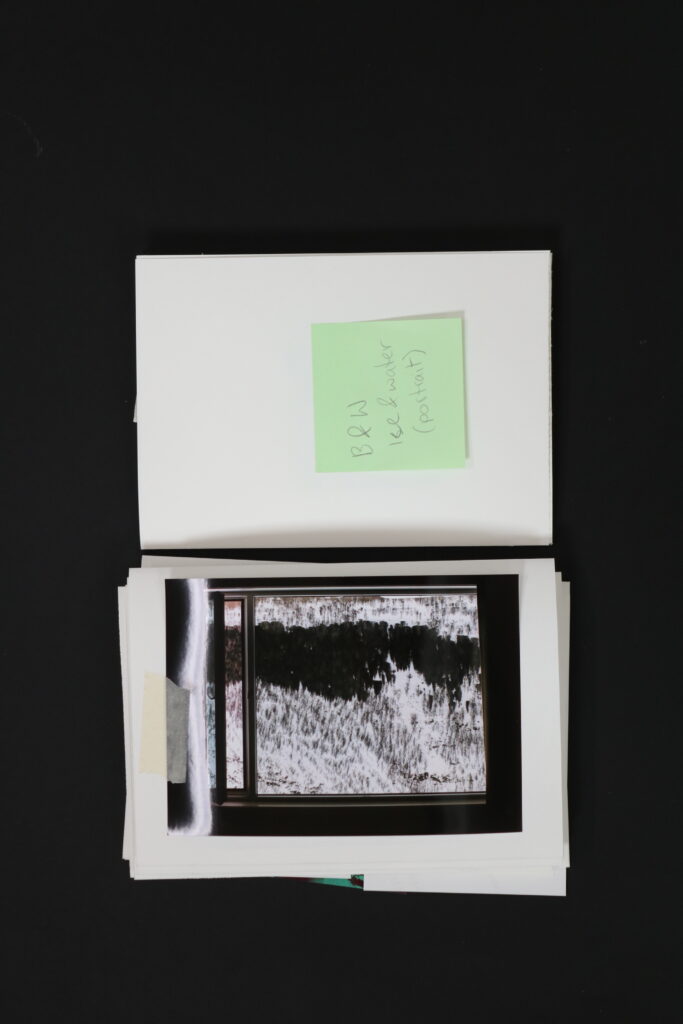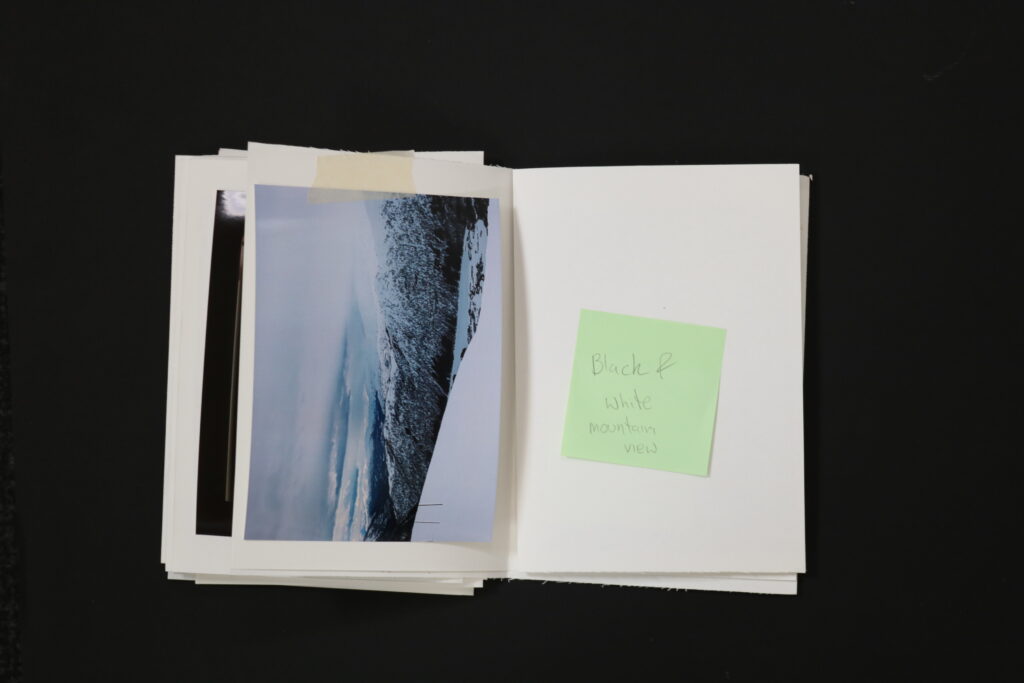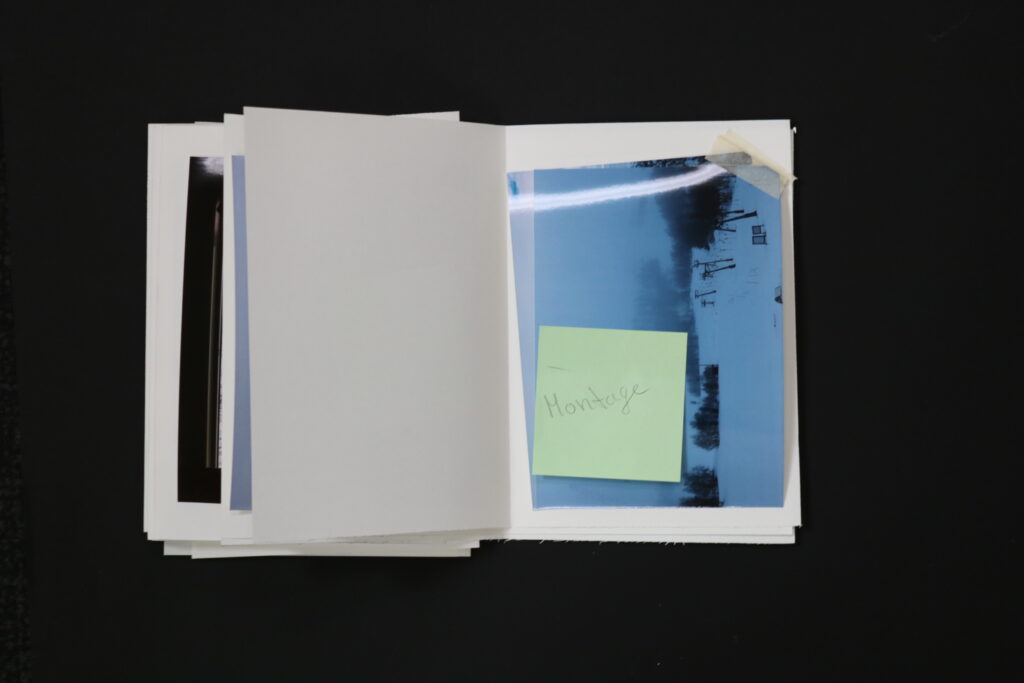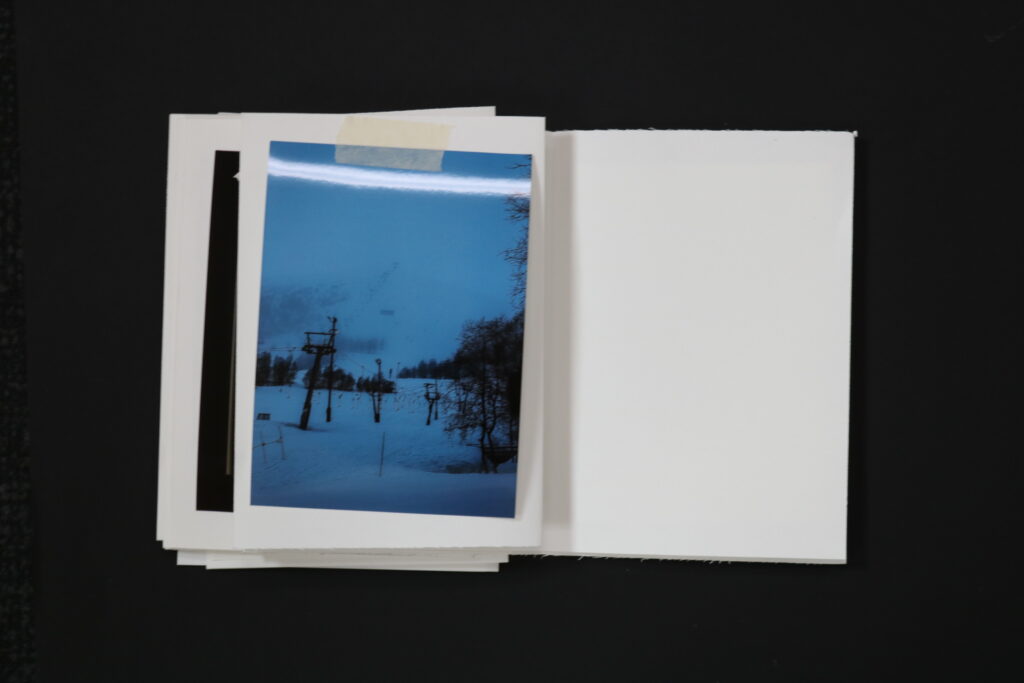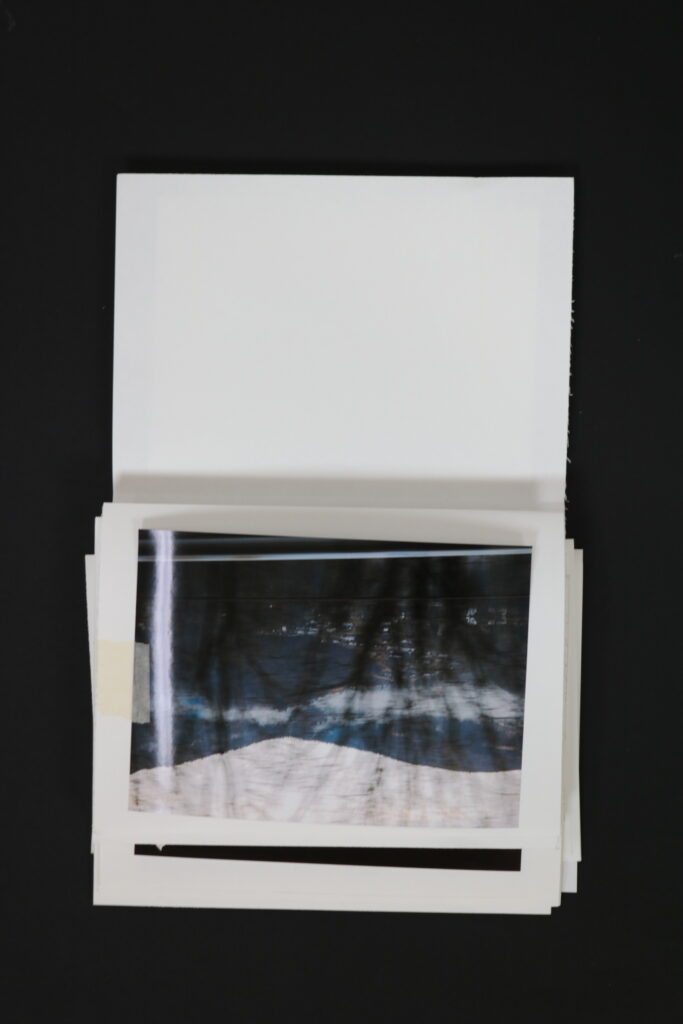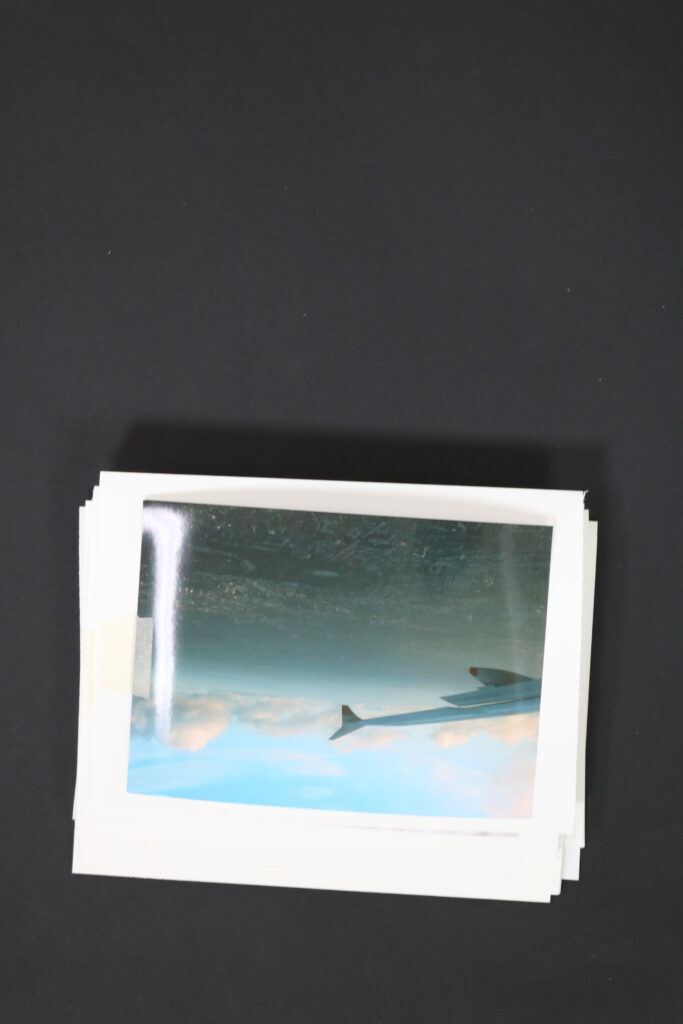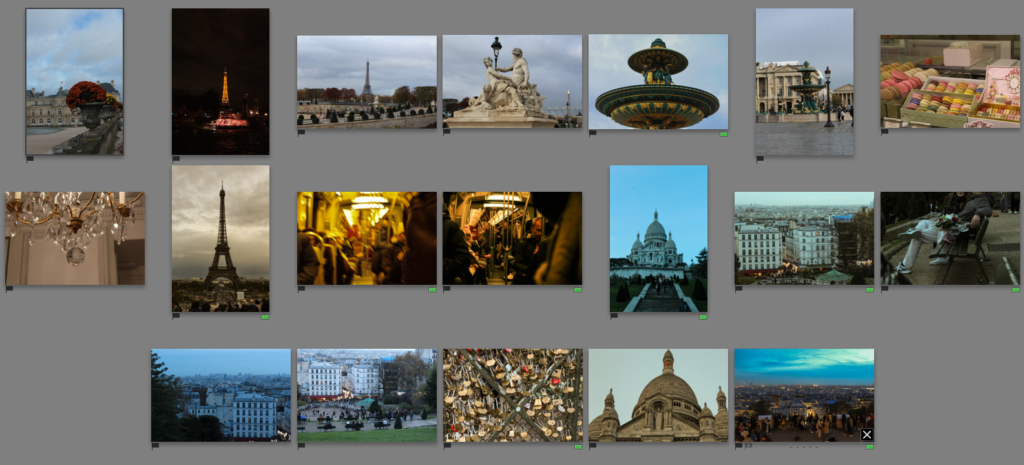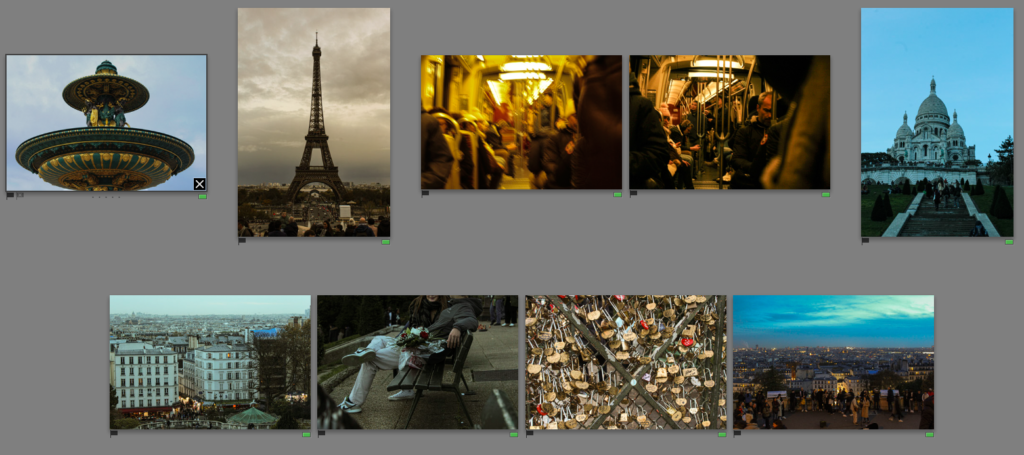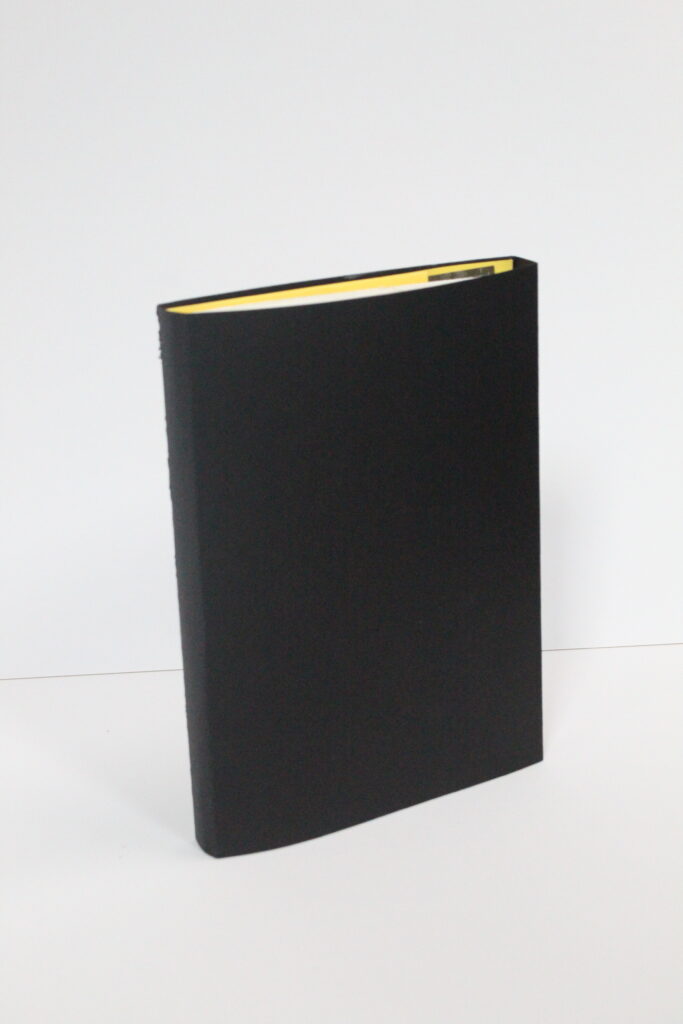
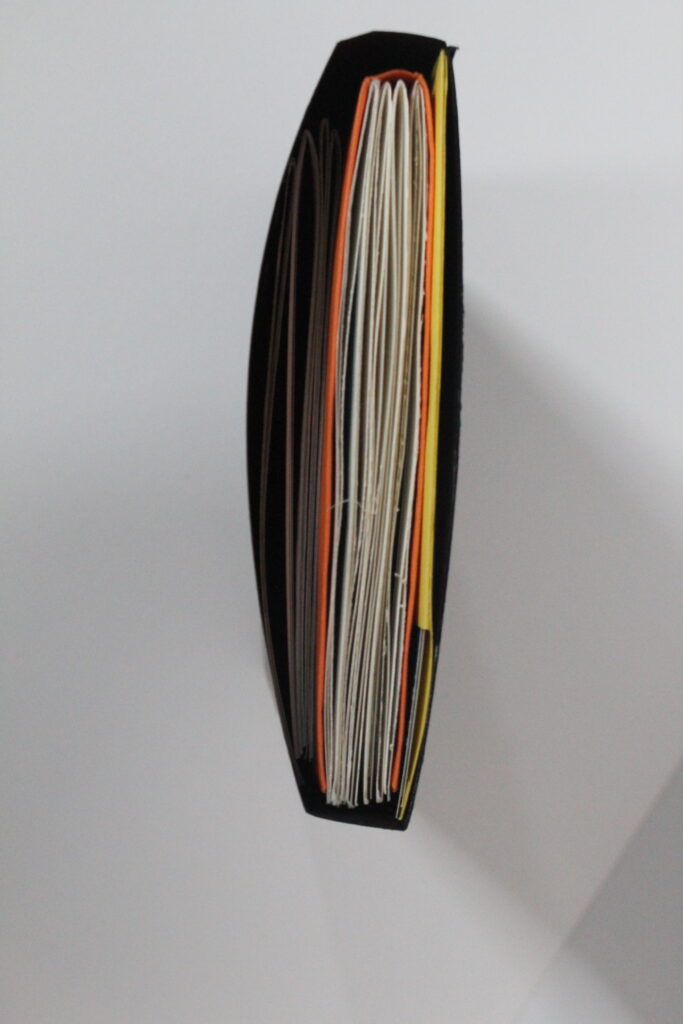
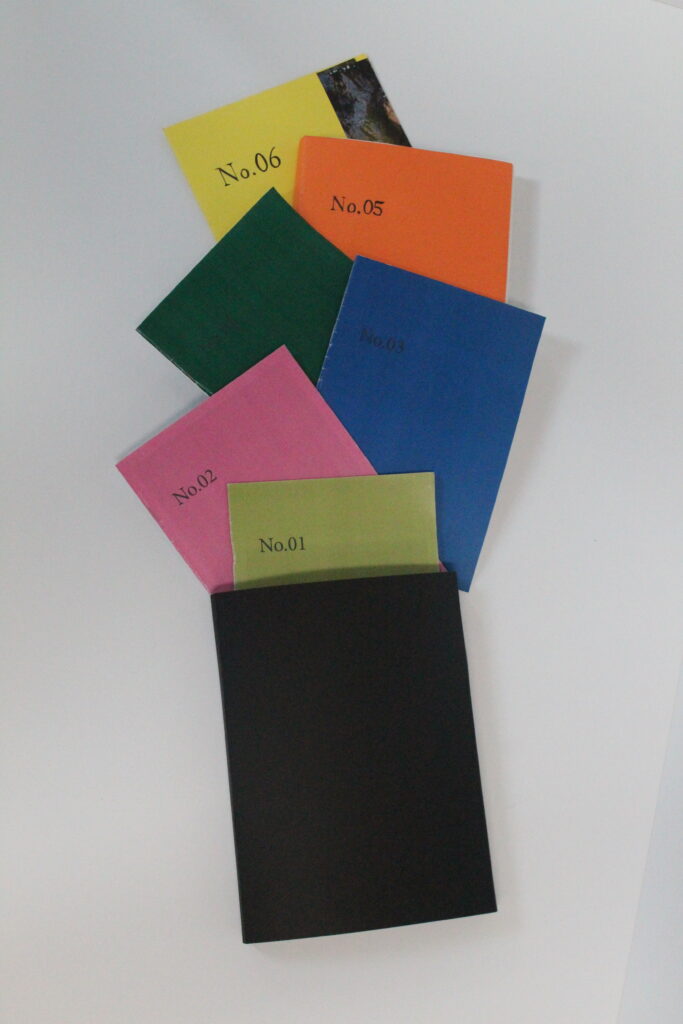
As I started the project with outcome that are displayed in the zines, I wanted to discuss their efficiency to not only the key themes; Observe, seek, Challenge, but also my own theme that responds to the main one, which is exploring, adventure and travel. I think with all of the photoshoots I was challenged to explore as much as I could from familiar environments, therefore for most I positioned myself in different surroundings which I was not familiar with. This including, frogging and exploring the hotel and tunnel. By not knowing these areas I wasn’t aware of what to expect, therefore the photographs produced were unexpected and this is what showed my adventurousness. Through the actual outcomes produced they not only document each trip, but they show curiosity through them. If it is explored by angles, subjects, different points of view, they are very experimental and reveal that. I especially like how well photographs shot in motion turned out. They represent movement through the blurred nature, but they are successful at showing travel. They are initial for the point of the story to prove to the viewer that this is one of the key elements of my project. I think that within these outcome, they are successful at showing not only snapshots and things I have found along the journey but also showing how I got there and the transport I took, as without any kind of transport traveling with be near-impossible.
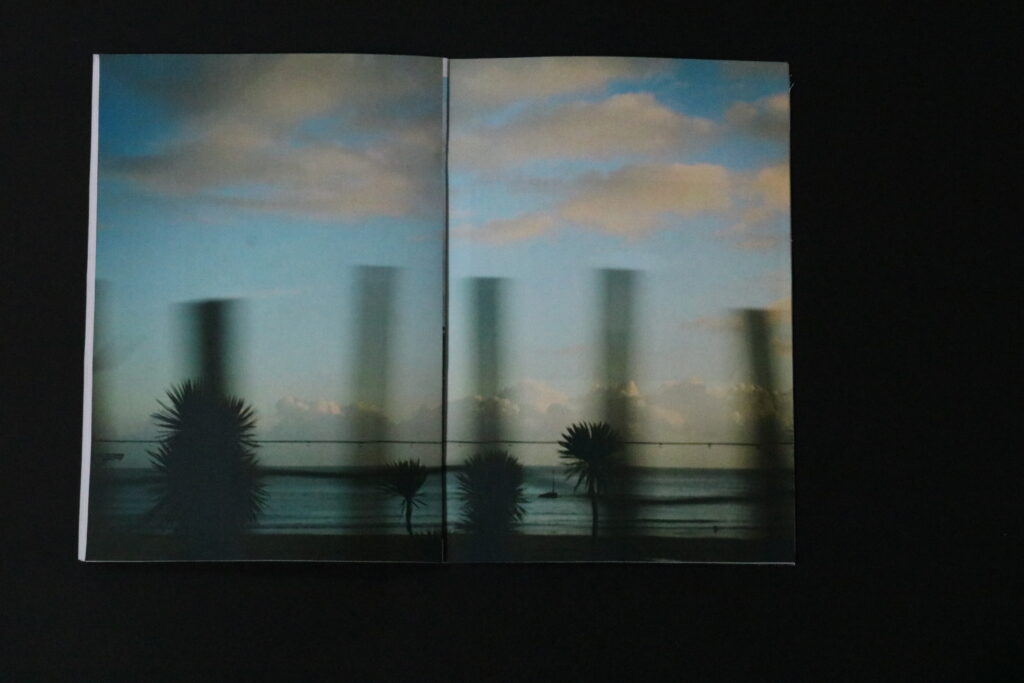
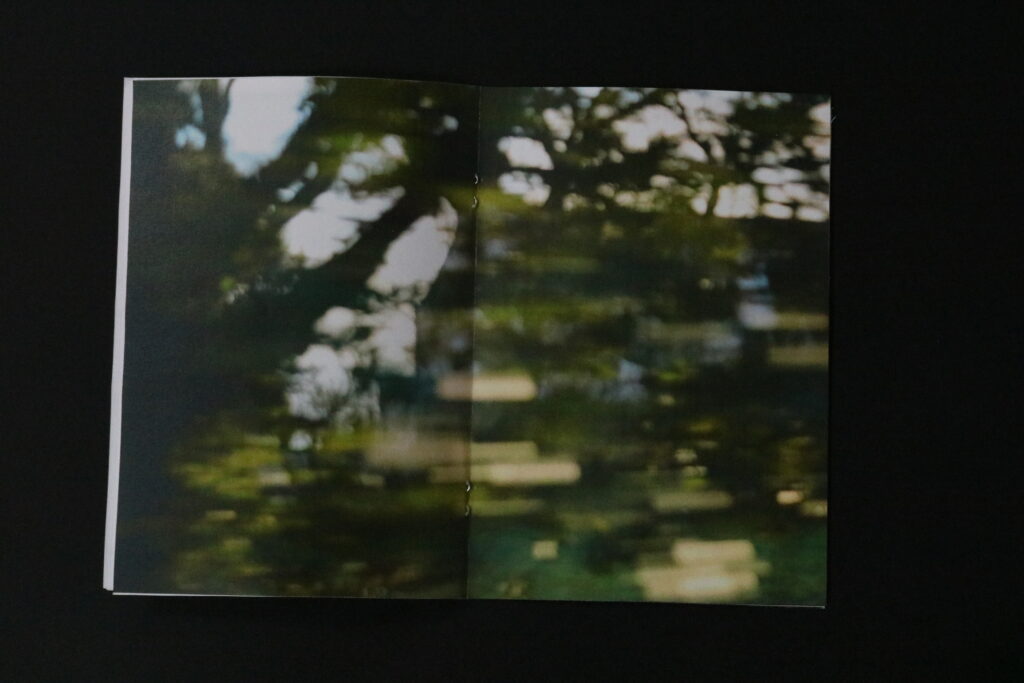
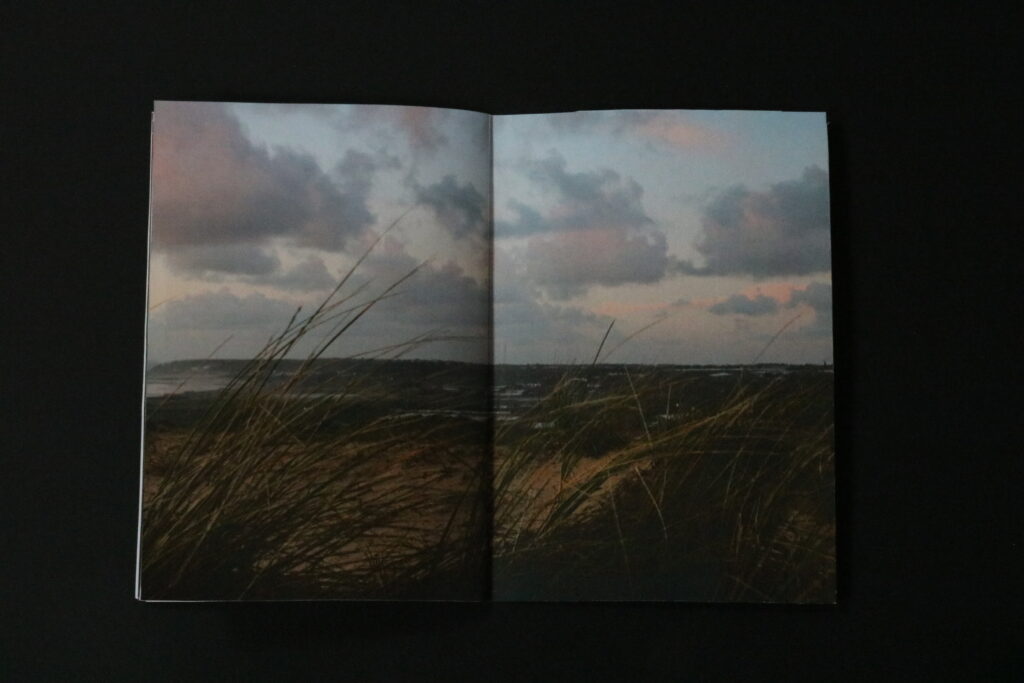
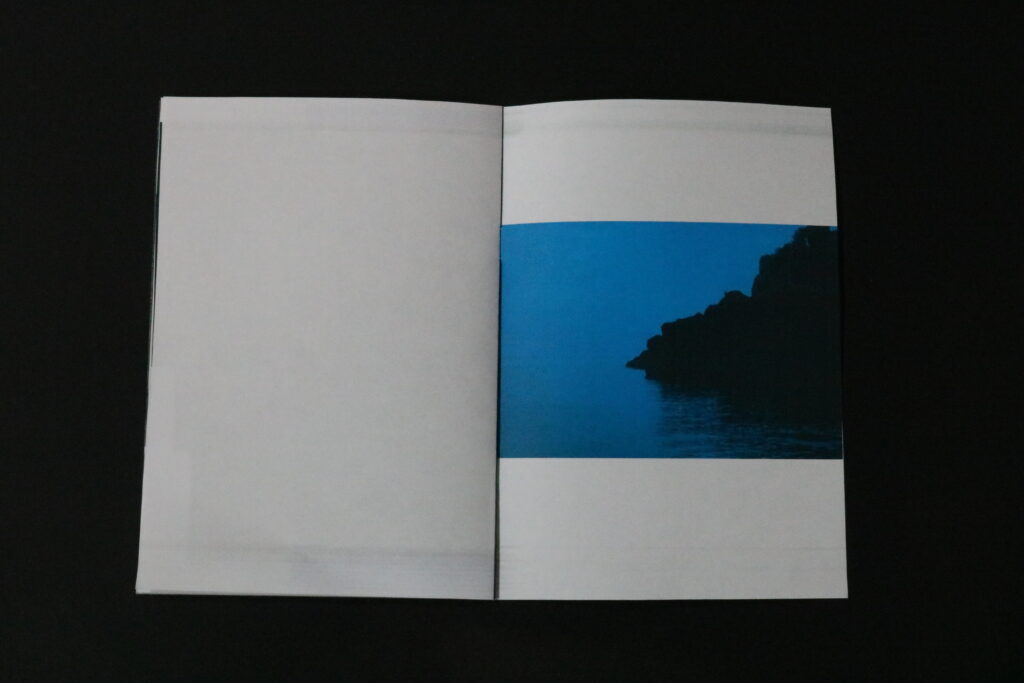
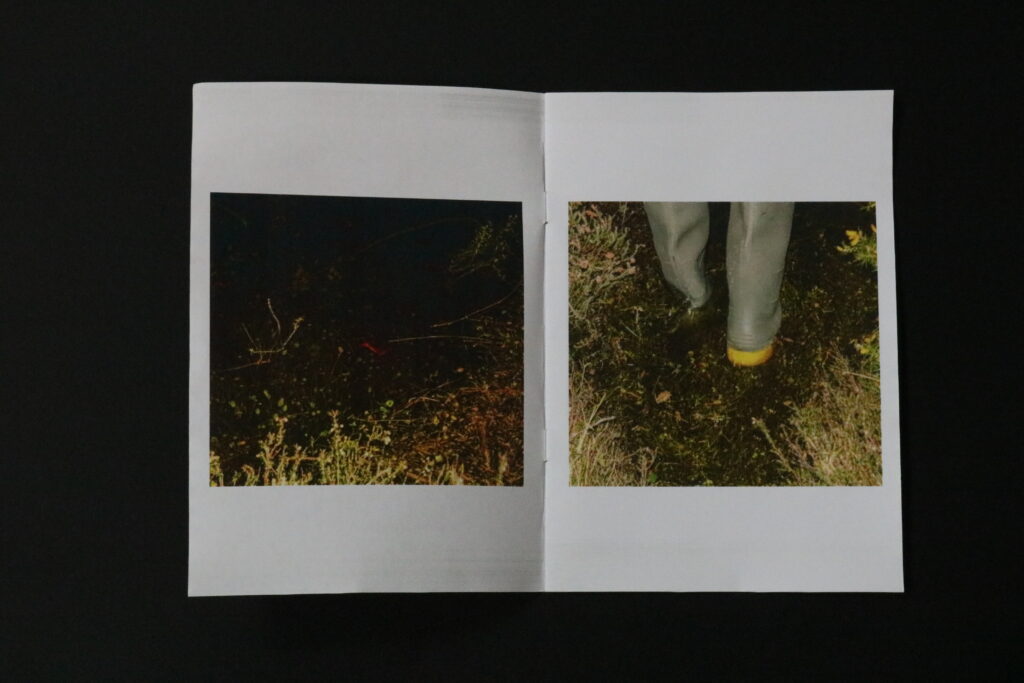
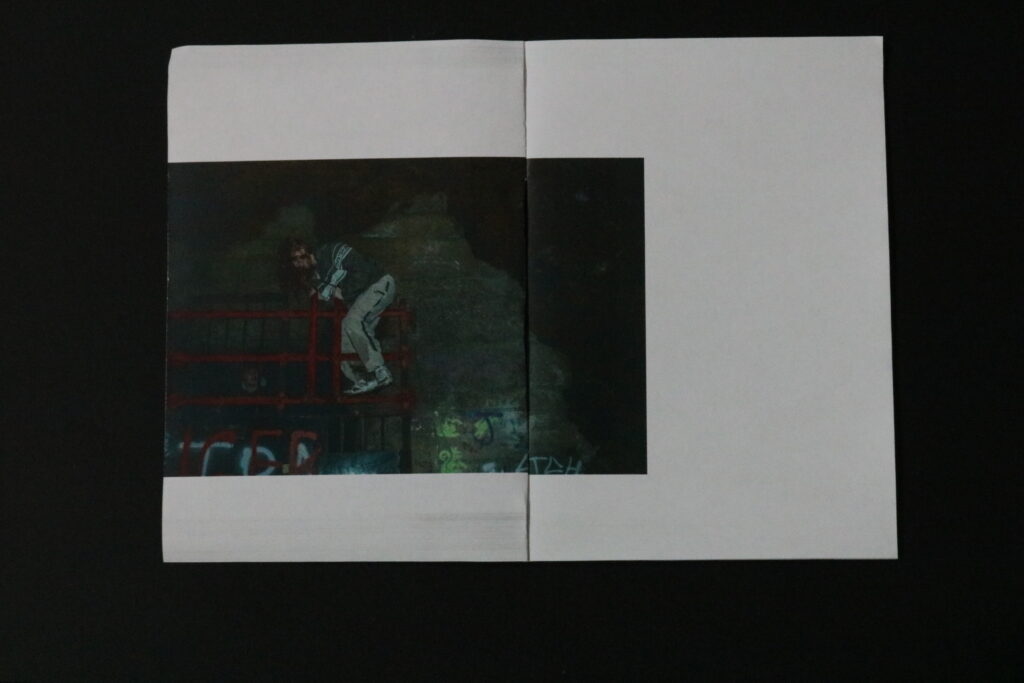
When it came to the folder which include a set of 4 prints. What motivated me the most about these outcomes, was the spontaneous nature of the photoshoot itself. This unplanned practice is so often associated with traveling or exploring. However what I like the most is how the order of the photographs shares a story, I specifically used a similar image twice to show the meaning behind a passive moment. That once the wave comes in it will go back and this idea of time constantly moving forward. I would want this idea of time constantly moving to inspire, and encourage viewers to look around, this idea is reinforced with images of the surroundings being in between the waves. The idea behind the format of this display is inspired by Murice Van Es, where in his project I spoke about before, he also used different methods of format where one of it is a similar folder to mine.
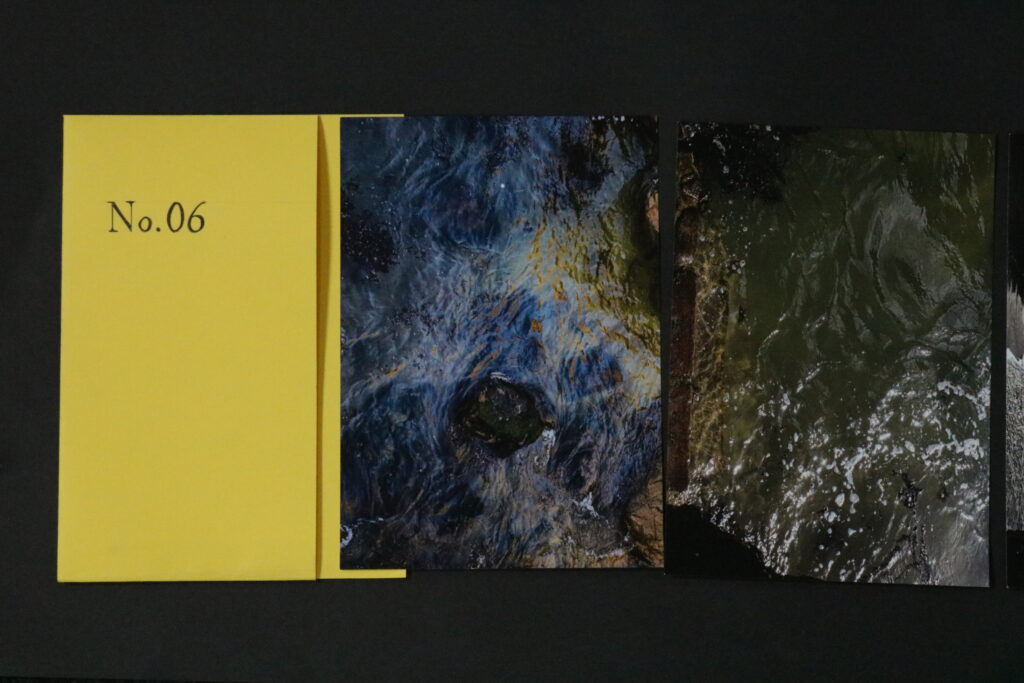
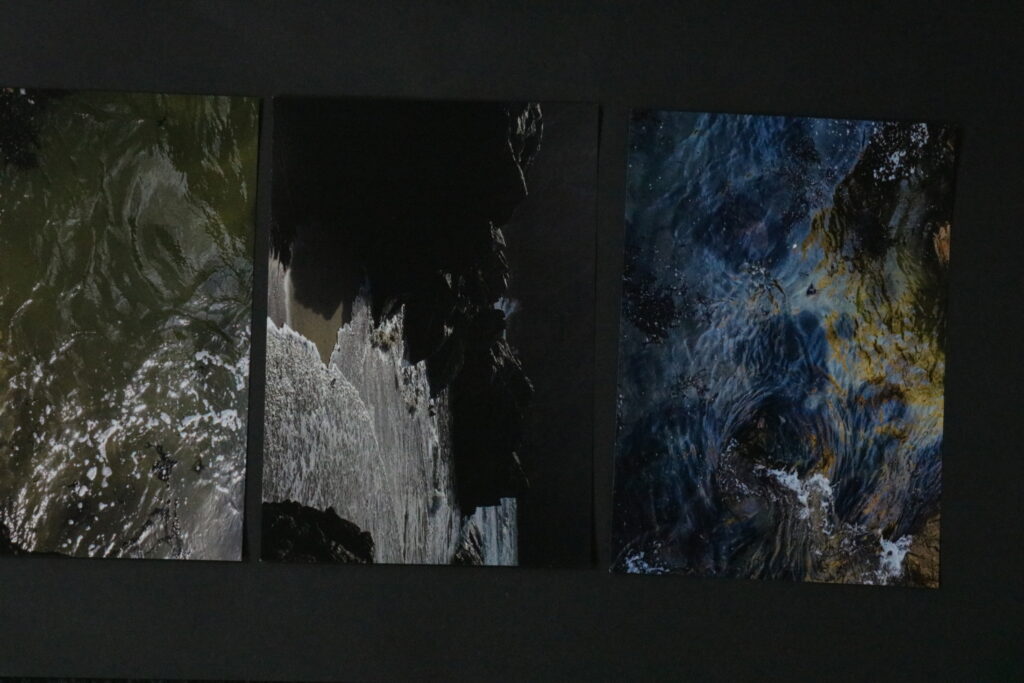
The biggest outcome, with a great amount of images within it, is a hand made book, consisting of photographs of 4 different occasions, representing adventure, travel and exploration. This book is a collection of various trips, however the layout put the narrative together, by having the images displayed in the order of events. Starting by showing more archival images, and ending with the most recent. I think the book also has many connotations, explored through the montaging of the images as well as the layout. The layout tells a story, throughout the book. Even the question on the inner page is an indication of the contents inside it represent. Pictures from Norway, like through a moving Train or bus are especially successful, as well as the ending page of a plane. To me it represents an unfinished journey, and that it will forever go on, but to some it might represent an end of it, coming back home. Another thing that went well when it came to the book is how well the images represent what it is about, as well as the question at the beginning building up on the idea. However what I am less happy about is the stitching I have done as the gap in between the groups of pages shows the string as well as the cover, this is because I haven’t tightened it hard enough for it to be firm and more stable. Regarding the technicality of the photographs or the layout, I think because of the difference of each group of images, together they might seem more random due to the book not following a theme of similarly edited photographs, and the colours of each image might seem all over the place when compared to another one, however I also think that because of this differentiation, it is easier to see different atmosphere each trip holds, and because of that this travel through place to place is seen by traveling from photographs within the book.
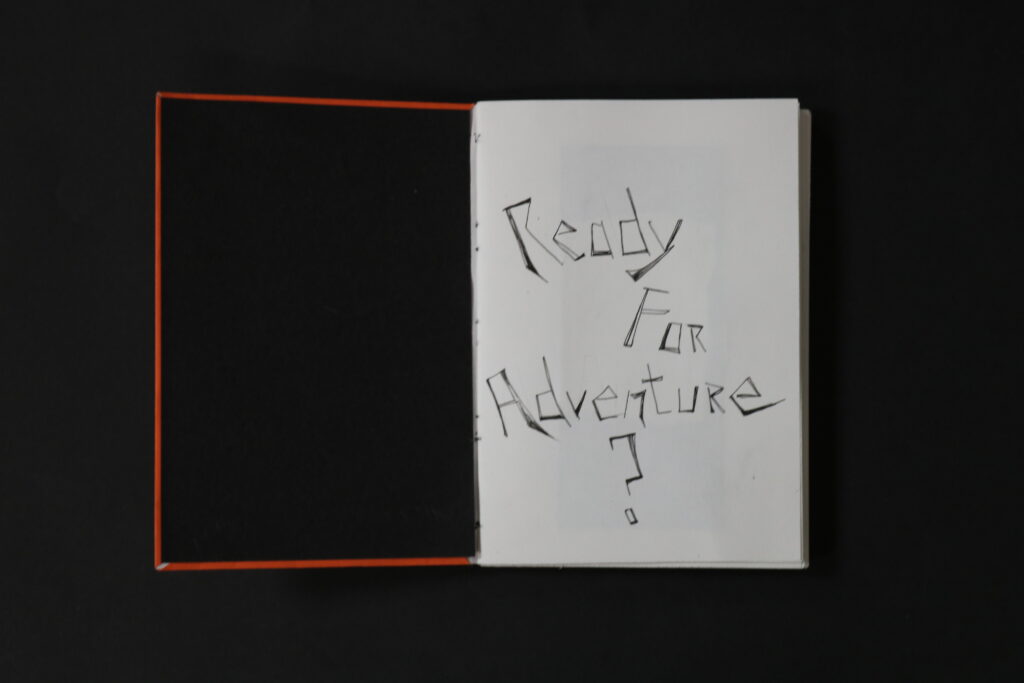
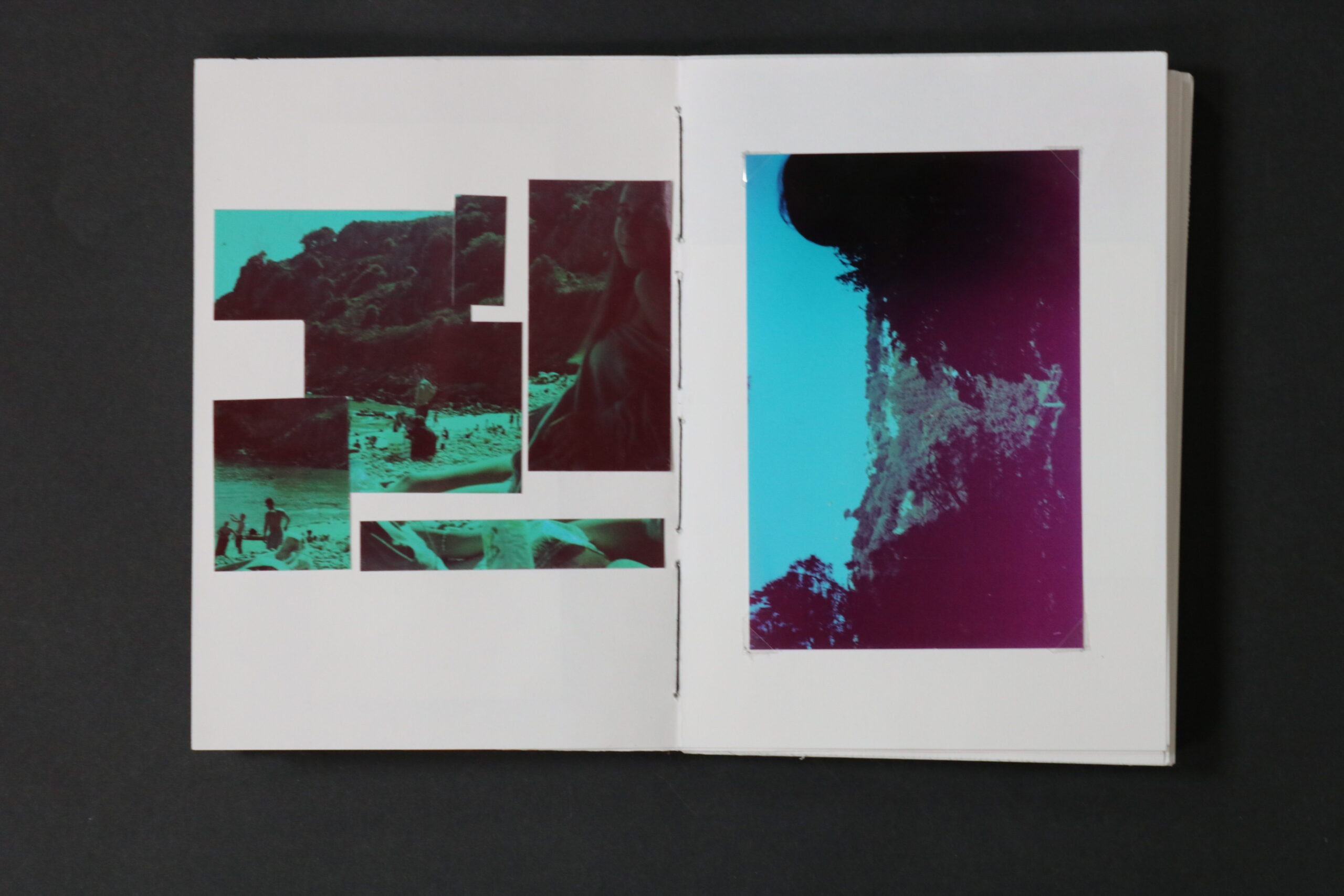
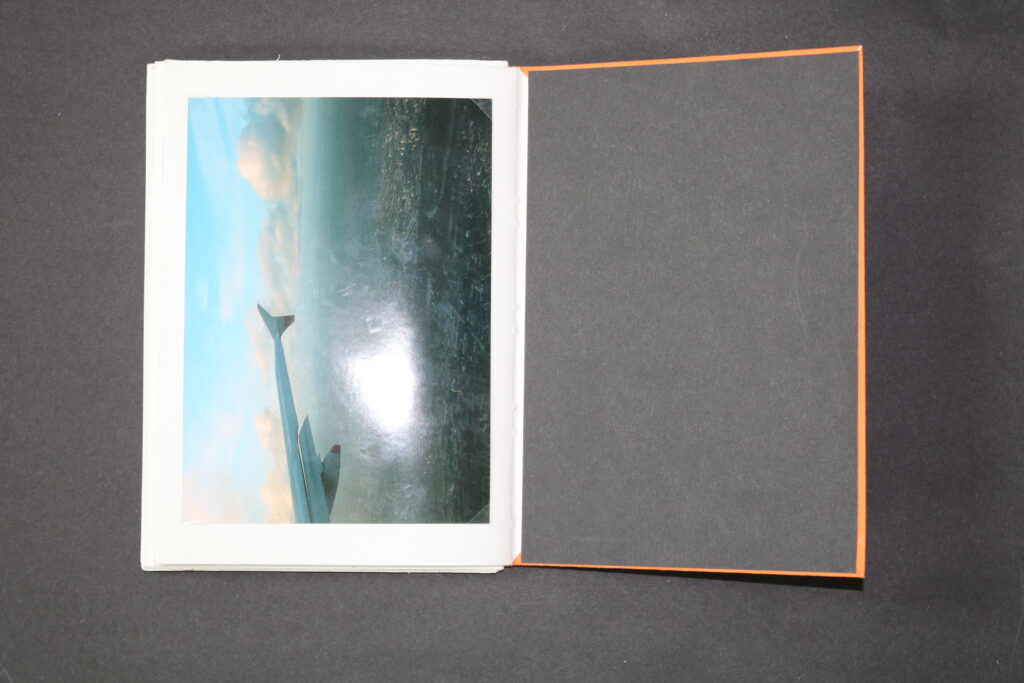
To conclude, I am happy how the main themes set by me is visible with each outcome. As I said before The reasoning for representing travel, movement and exploration, links heavily to ideas of : Observe, Seek and Challenge. Due to these elements becoming a natural practice while exploring new areas and traveling to different places we are unfamiliar with. With each of my different presentation outcome I was able to focus more on each photoshoot, trip etc. and by grouping them together not only it shows each photoshoot in greater detail, but also makes the viewer physically travel from one outcome to the other. I think the idea affirmed by studying the book “now will not be with us forever” by Maurice van Es, inspired me greatly to produce this type of layout, which fitted perfectly with what I was presenting. Therefore this project has been great to explore due to the guidance I got from studying and analysing similar work, as well as the production of the images which was the most enjoyable and fun , as through focusing on topic of travel, which is very important and personal to me, I challenged myself to get out of my comfort zone, and follow the same or similar practices as if I was on holiday or in a different area I’ve never been to. Overall I think feeling awe and sublime as often as possible has a great impact on anyone’s health, as sometimes we need to feel amazed to improve mental health and happiness. Therefore this project had a personal impact on me as well as allowing me to focus on producing the best to my ability photographic outcomes.
